 Extraction forceps are among the most valuable tools a dentist has at their disposal, but knowing which tool is best for which tooth is just as essential. Let’s look at the different types of extraction forceps and see which one is the right choice for each tooth.
Extraction forceps are among the most valuable tools a dentist has at their disposal, but knowing which tool is best for which tooth is just as essential. Let’s look at the different types of extraction forceps and see which one is the right choice for each tooth.
American vs. English Pattern
There are two commonly available design patterns in extraction forceps — American and English. English extraction forceps use a visible screw at the hinge that brings the fulcrum closer to the tool’s working end. The English forceps allow for greater leverage than you’ll find in American-pattern forceps, which use a horizontal hinge.
For Upper Teeth
When working with the upper teeth, two types of extraction forceps provide the best angle and grip.
Bayonet-pattern forceps resemble a bayonet, providing the best maxillary reach possible. They’re primarily for removing teeth from bony sockets, with rounded beaks that contour to lingual roots.
Left/right pairs use pointed tips to grasp, hold and remove teeth with maximum efficiency. They have angles to accommodate the unique challenges of different sides of the mouth and come in location-specific designs for extracting anterior, root or molar.
For Lower Teeth
For lower teeth, there are also two options — cowhorn patterns and tri-pointed beaks. Lower cowhorn forceps are best for a sturdy and controlled mandibular grasp and get their name because when open, they resemble a pair of horns like you might find on a bull.
Tri-pointed beaks provide both superior grip and leverage and, like the left/right pairs for the upper teeth, come in anterior, root and molar varieties.
Types of Extraction Forceps And Their Uses
There are many different types of forceps since each pair of extraction forceps is specific to a particular tooth or set of teeth. The ideal solution will depend on the tooth’s location and age. We’ll start with the best choices for maxillary extractions.
Maxillary
For anteriors and premolars, #99 and #150 forceps are the ideal choices. The #99 forceps have a straight handle and beaks that conform to facial and lingual root contours. They’re also universal, working for right and left quadrants. The #150 forceps offer similar benefits, using contoured beaks apical to the cervical line.
The #18L, #18R, #53L, #53R, #88L and #88R are the best choices for maxillary first and second molars. Each has L or R markings designating the left and right quadrant, and each beak has a different design to adapt to the maxillary molar roots as needed. The #210 is the choice for third molars, equipped with a universal bayonet design that works equally well for both quadrants.
Finally, for anteriors and root tops, we have the #65 and #69 forceps. The #65 has a universal bayonet design to make it easier to access hard-to-reach teeth, tooth fragments and root tips for maxillary overlapping anteriors. The #69 forceps do the same for both maxillary and mandibular overlapping anteriors and root tips.
Mandibular
For mandibular anteriors and root tips, we have the #74 forceps, a universal bird beak design. The #101 forceps are for all deciduous teeth and mandibular anteriors, while the #103 and #151 are necessary for mandibular anteriors and premolars. The #101 and #151 use a universal bird beak design, while the #103 has both straight handles and beaks.
For mandibular first and second molars, we have #15, #17, #16 and #23 forceps. The #15 and #17 forceps are essentially the same tool, with #15 having curved handles and #17 having straight ones. The #16 and #23 forceps both use a universal cowhorn beak design.
Finally, for mandibular third molars, the #222 forceps are the best choice. The universal bayonet design easily conforms to facial and lingual root contour.
Tooth Extraction Tools for Dental Students
Whether you’re extracting one tooth or many at the same time, having the correct tools in your arsenal can make all the difference. Shop our dentistry forceps here!

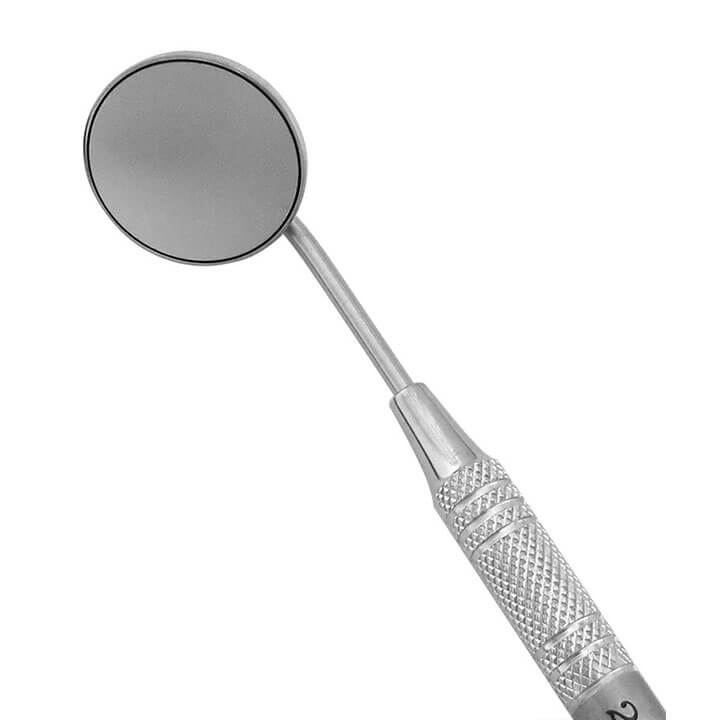
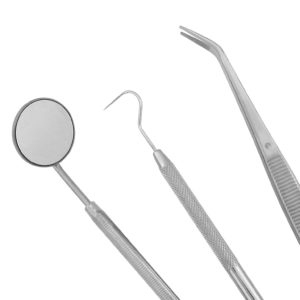
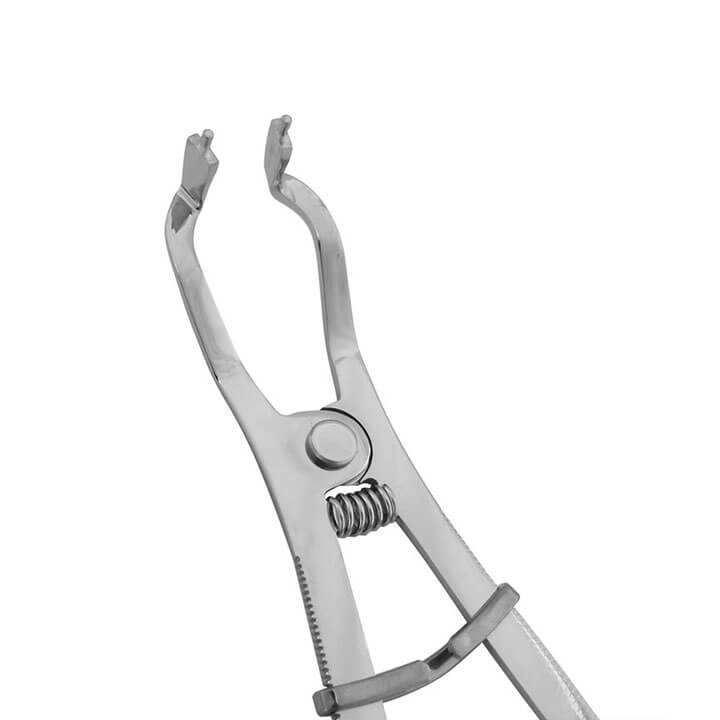
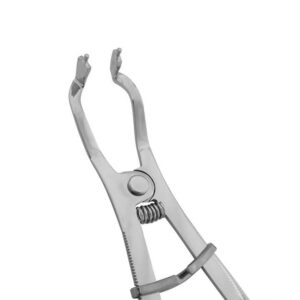
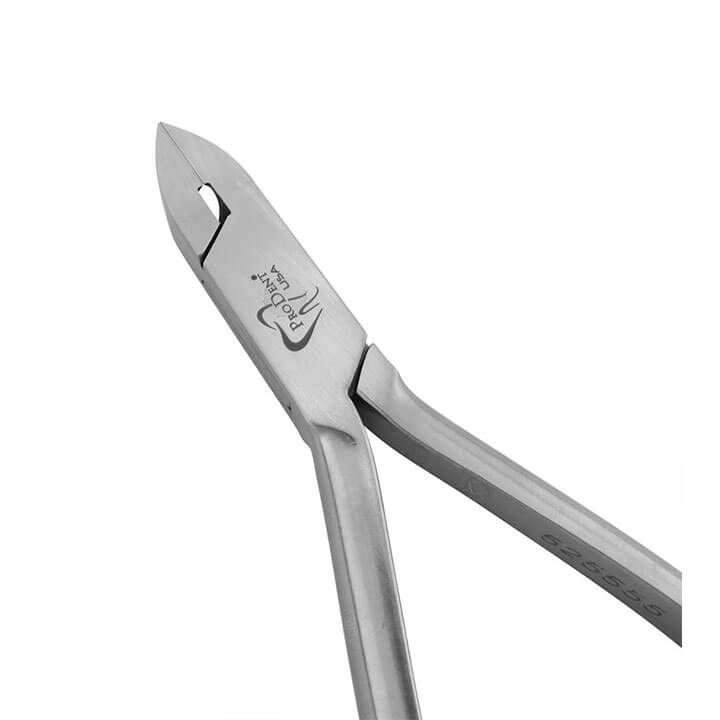
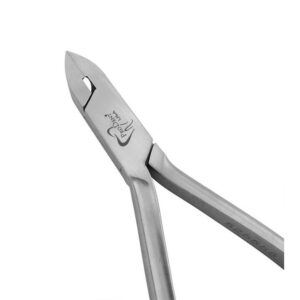
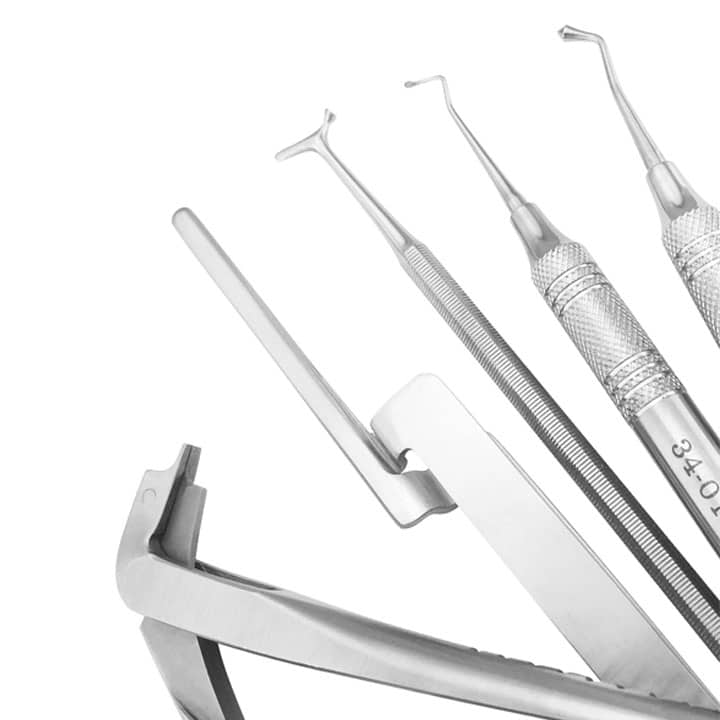
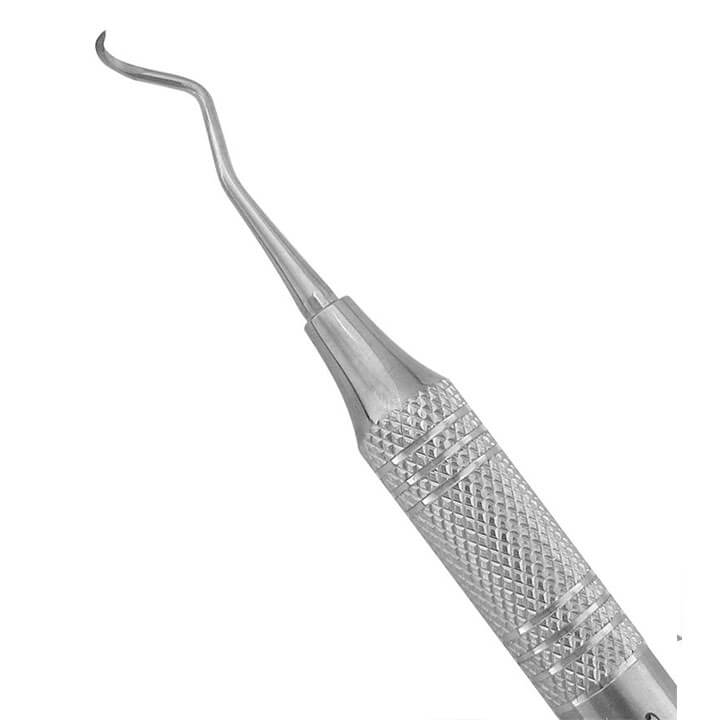
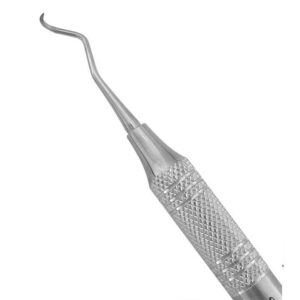
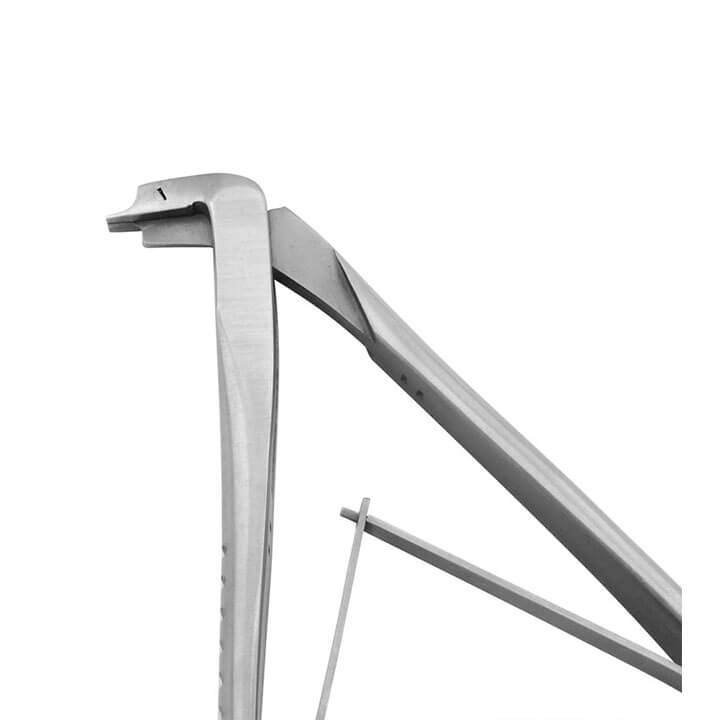
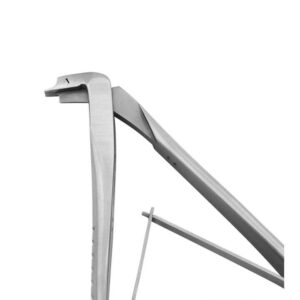
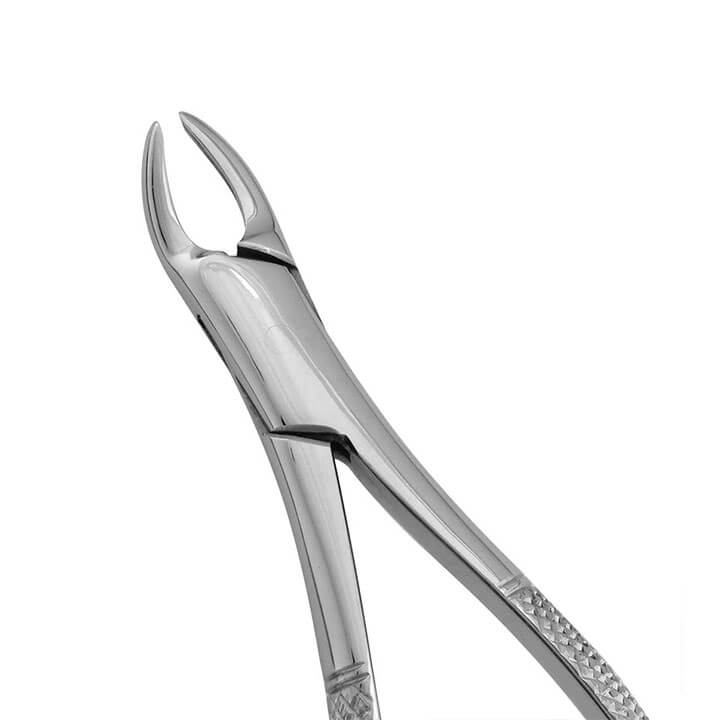
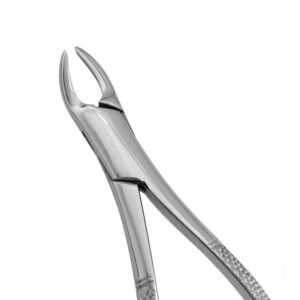
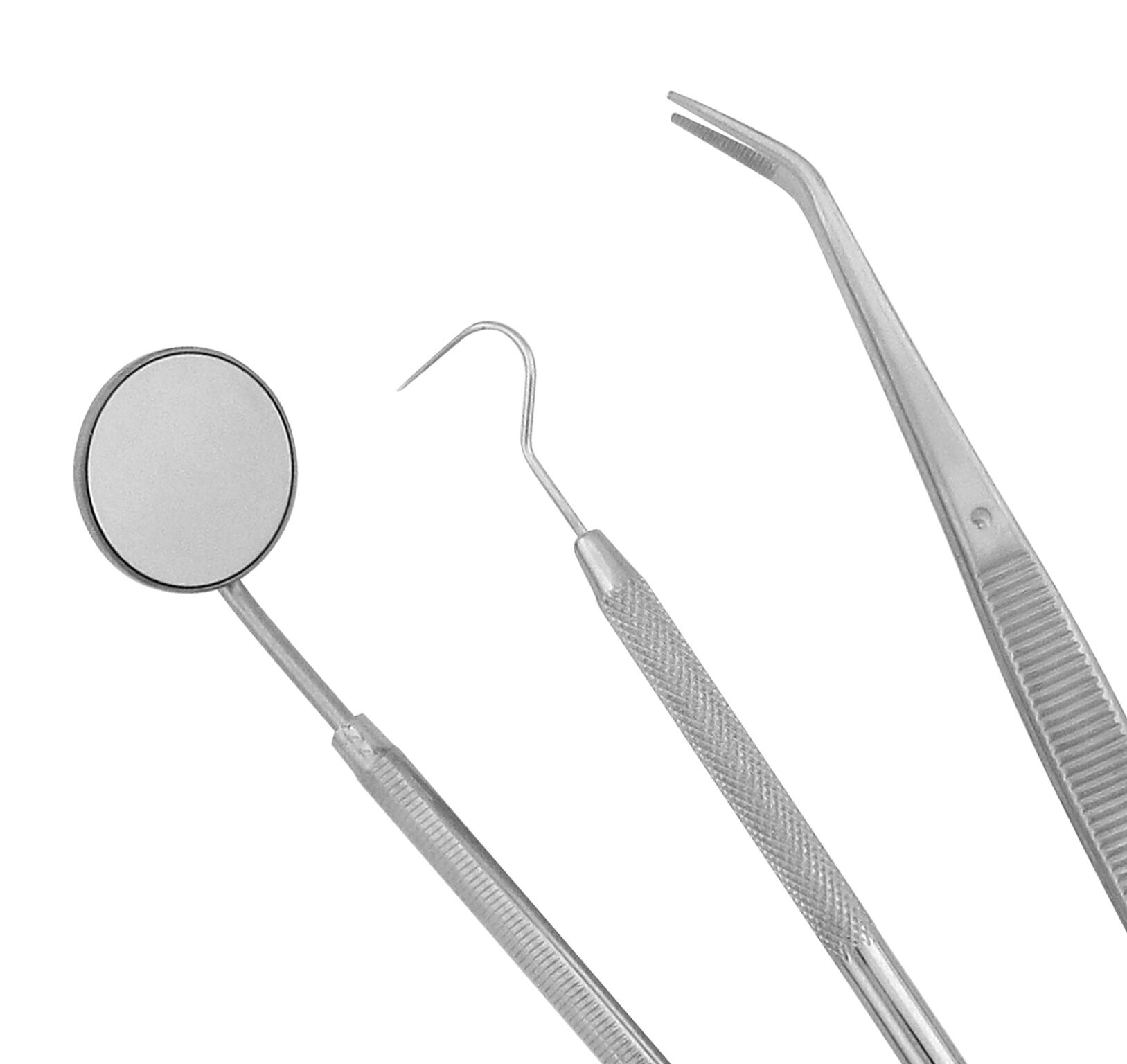 Diagnostic Sets & Accessories
Diagnostic Sets & Accessories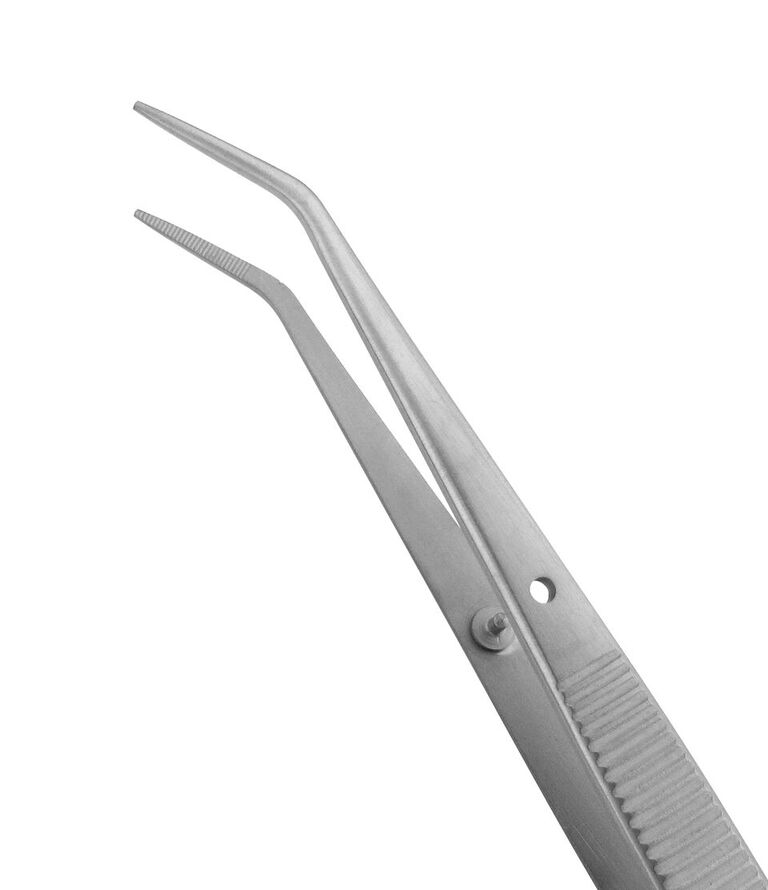 Dressing Pliers
Dressing Pliers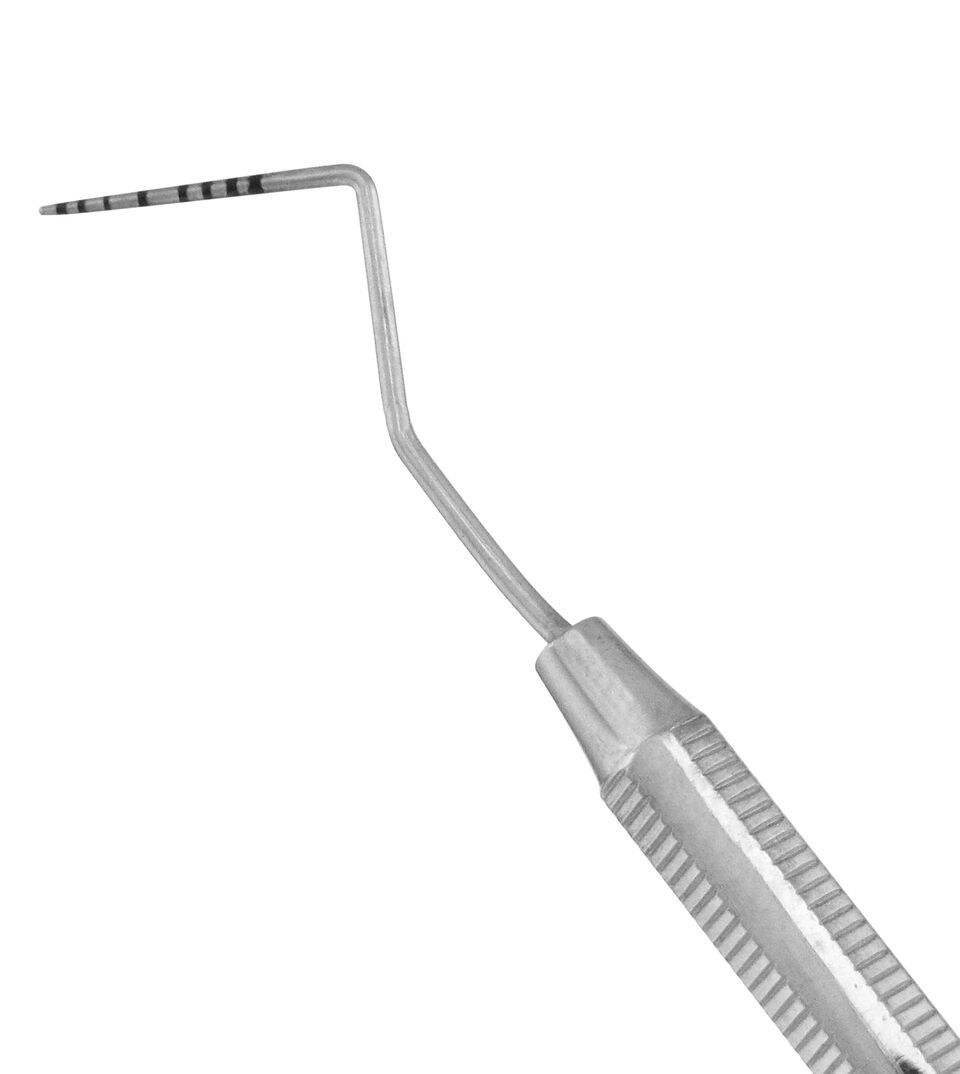 Explorer/Probes
Explorer/Probes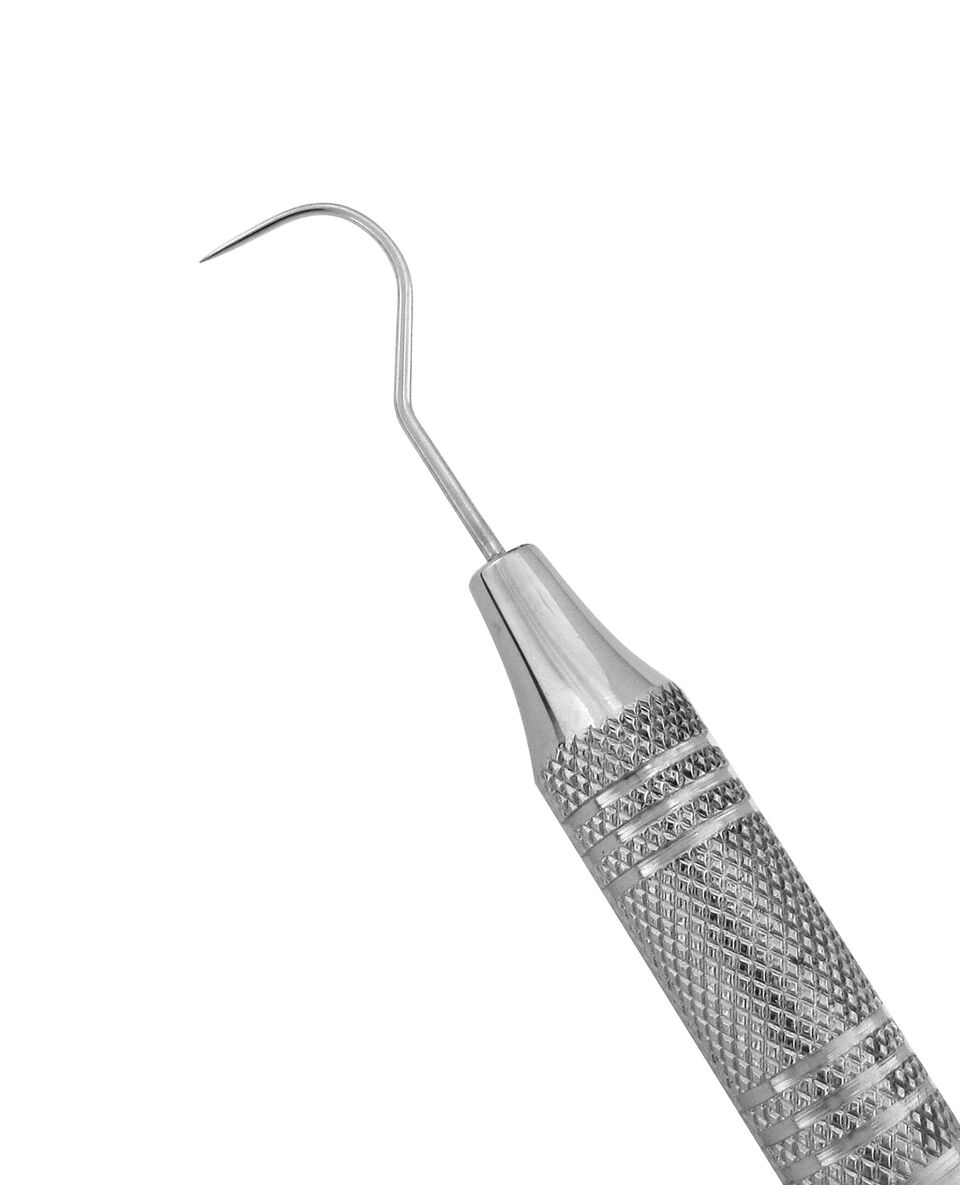 Explorers
Explorers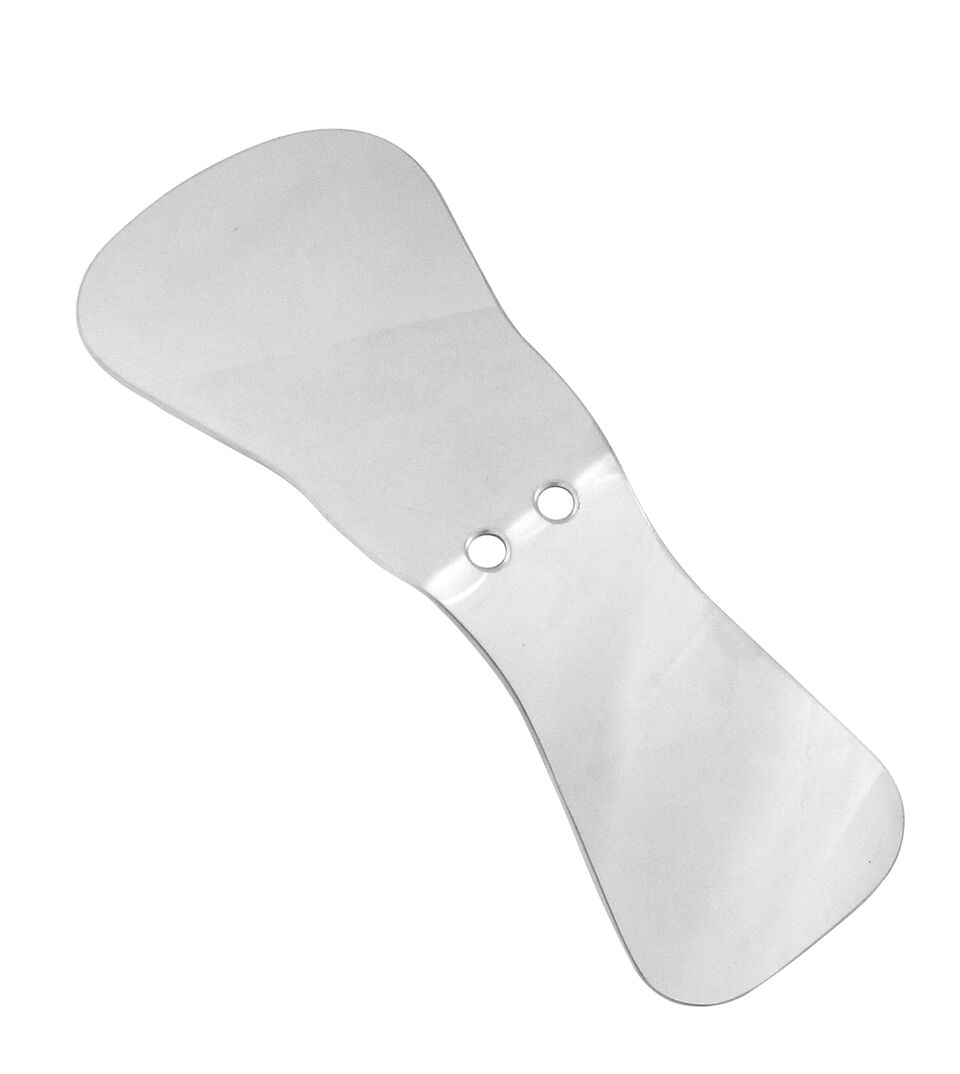 Intraoral Photography Mirrors
Intraoral Photography Mirrors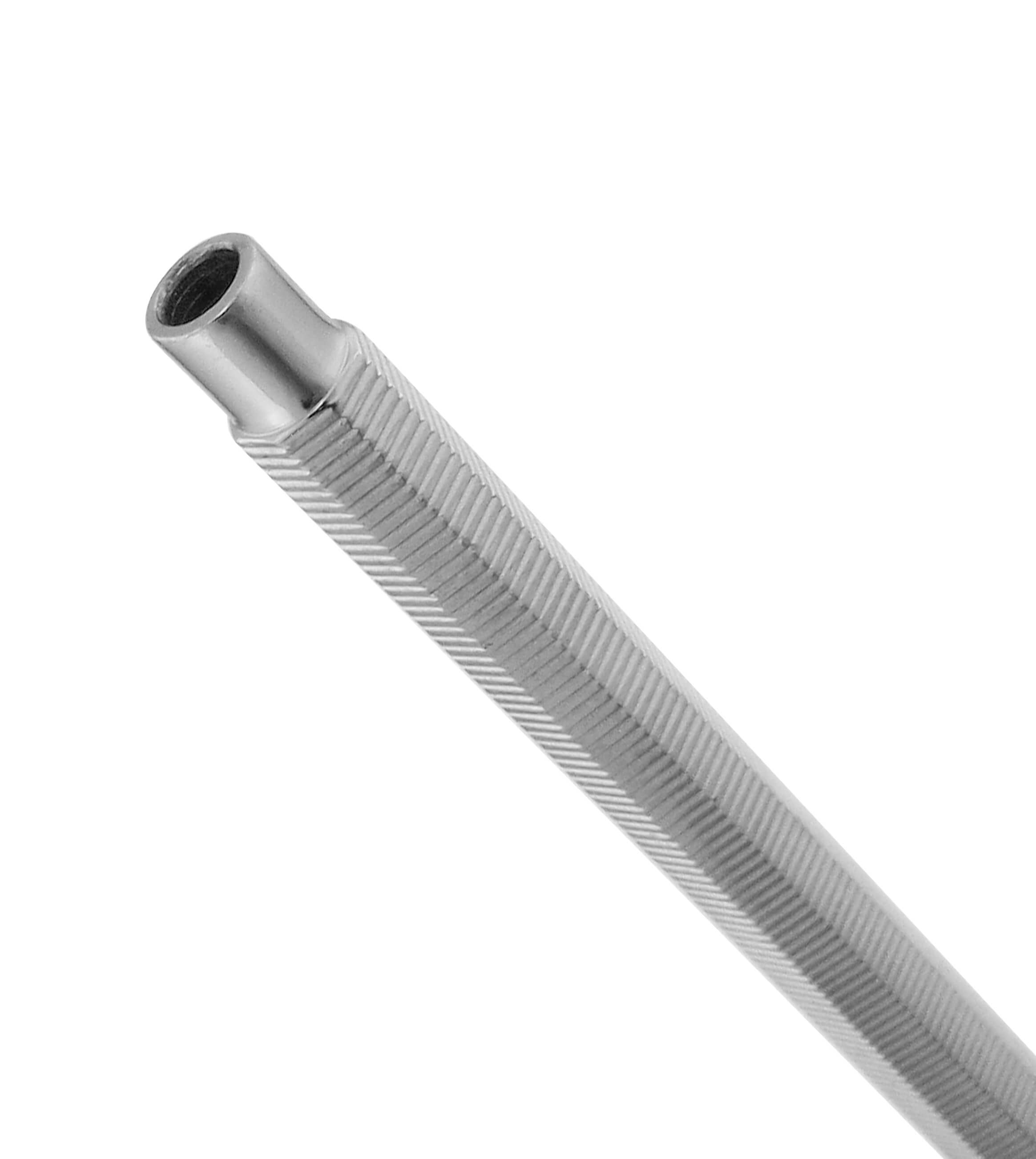 Mirror Handles
Mirror Handles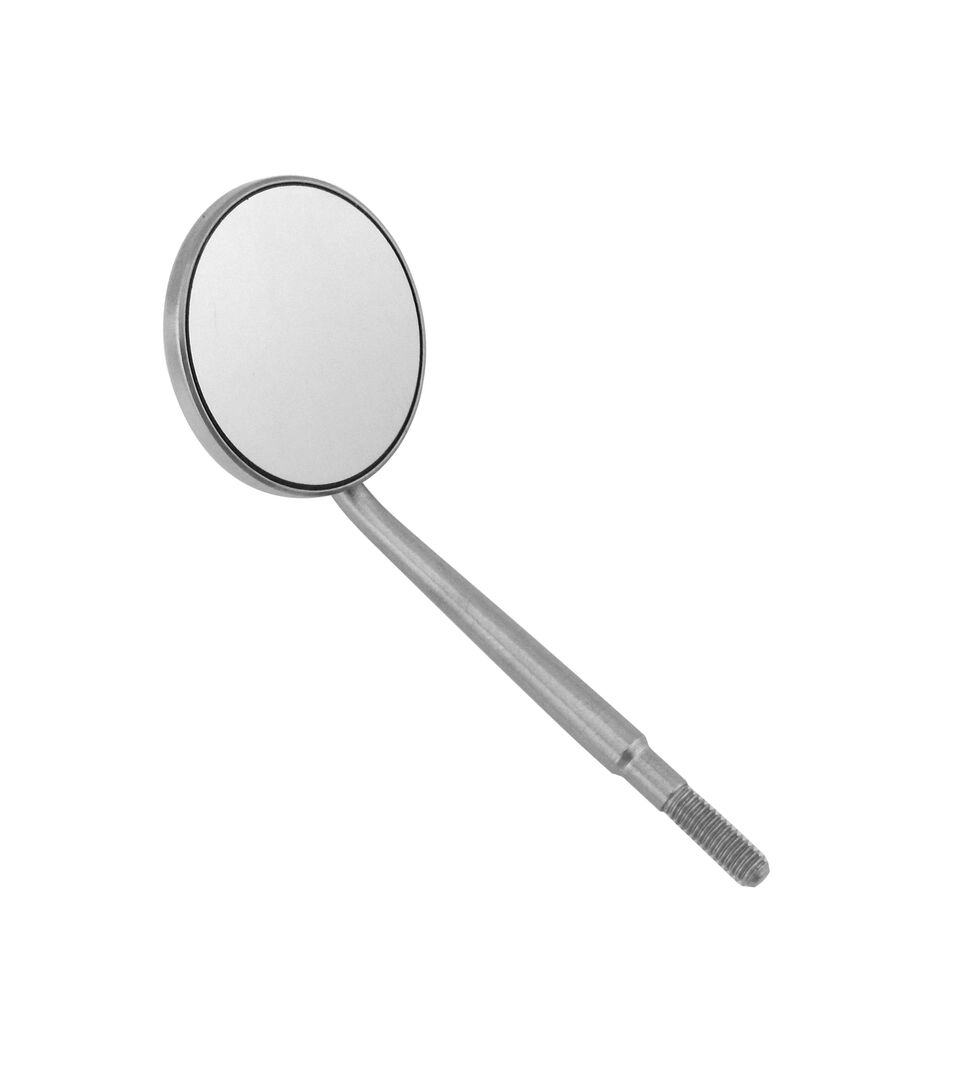 Mirrors
Mirrors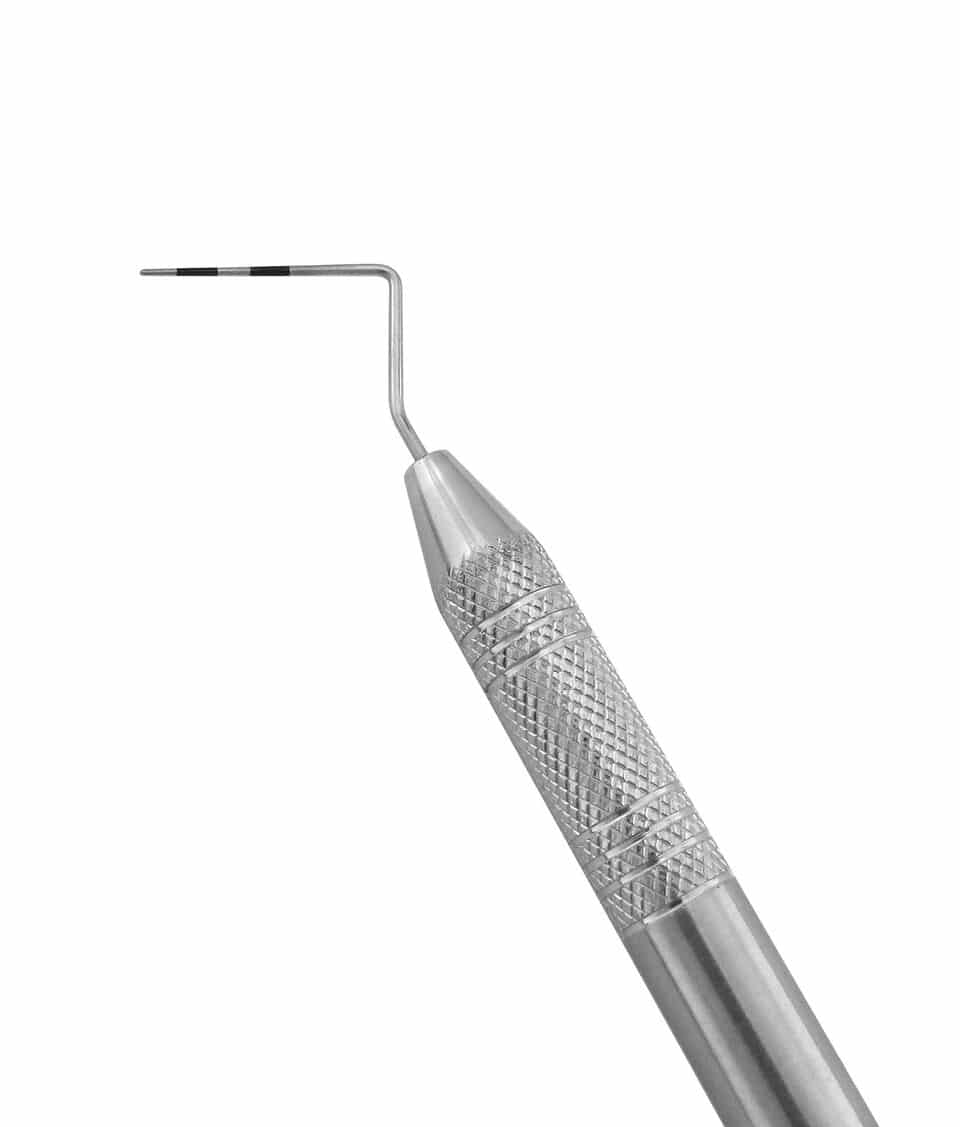 Probes
Probes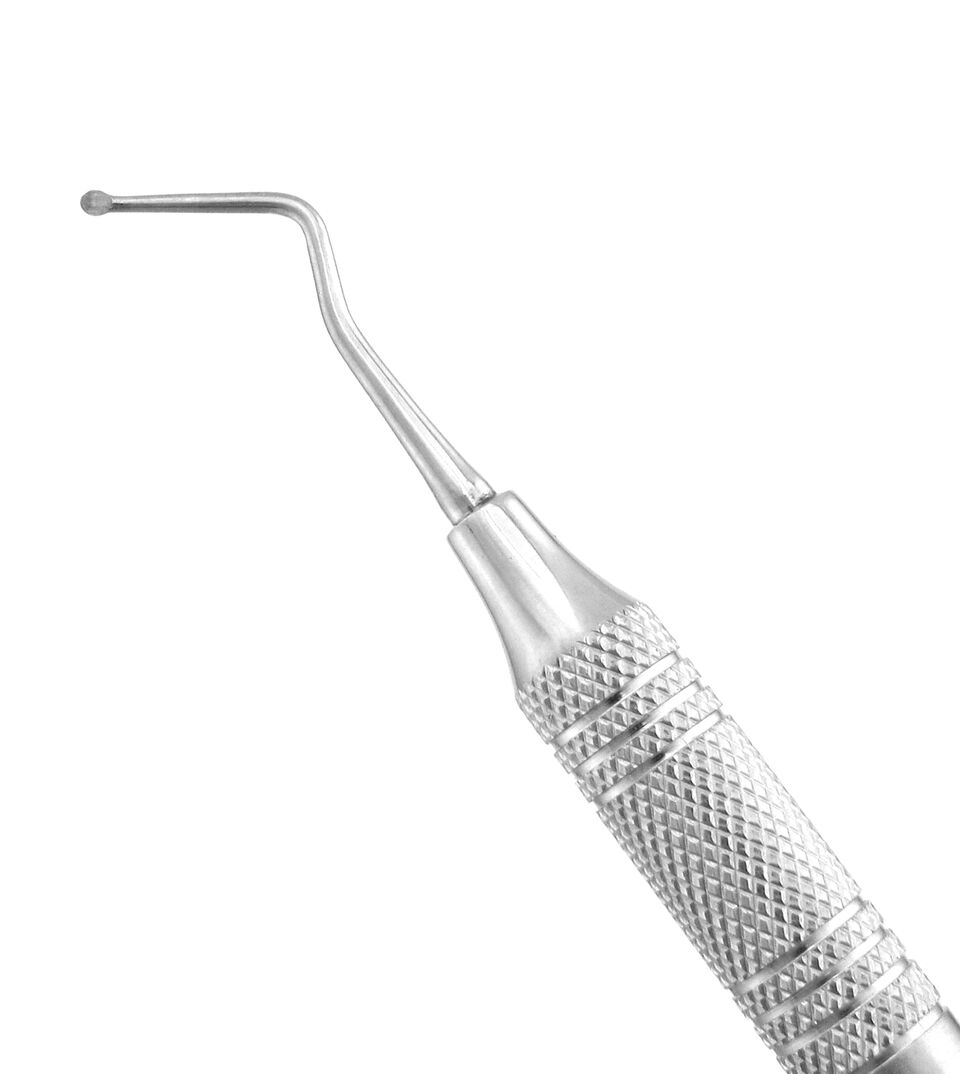 Endo Excavators
Endo Excavators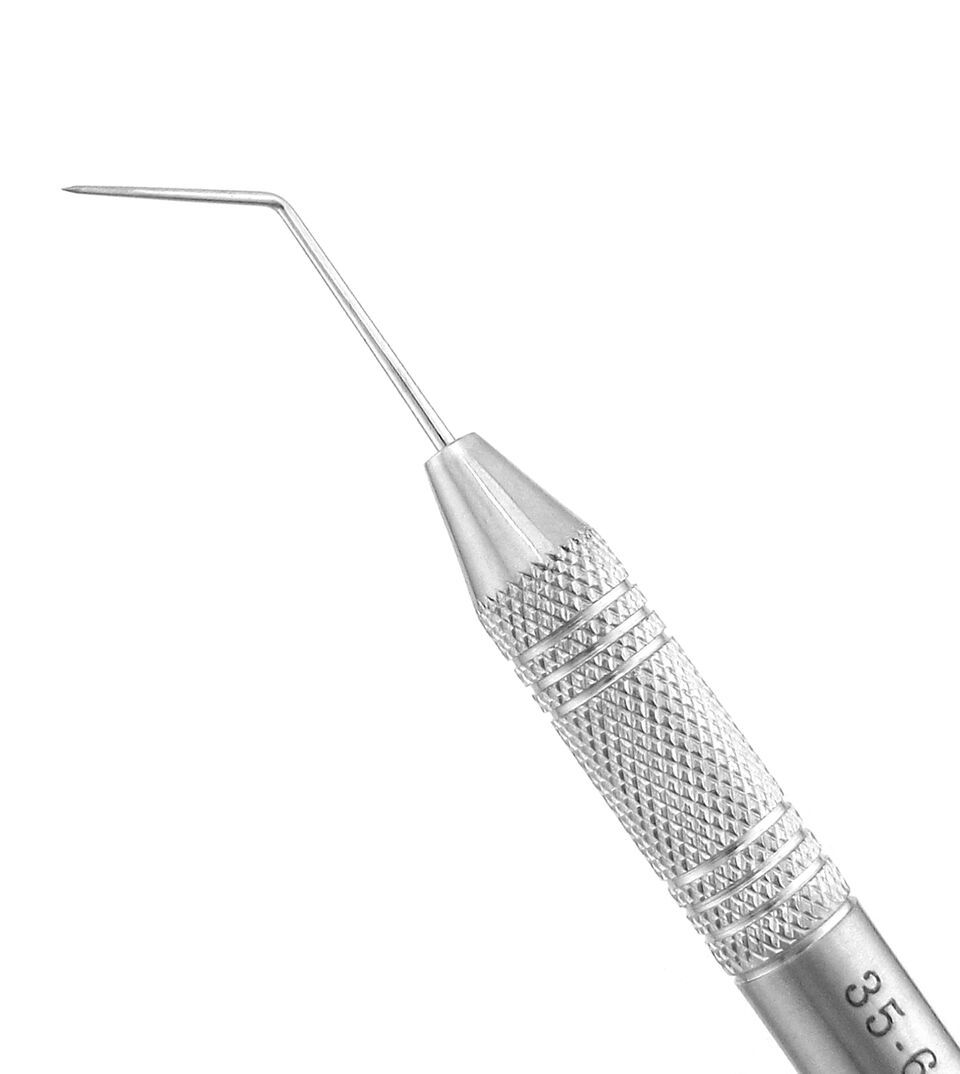 Endo Explorers
Endo Explorers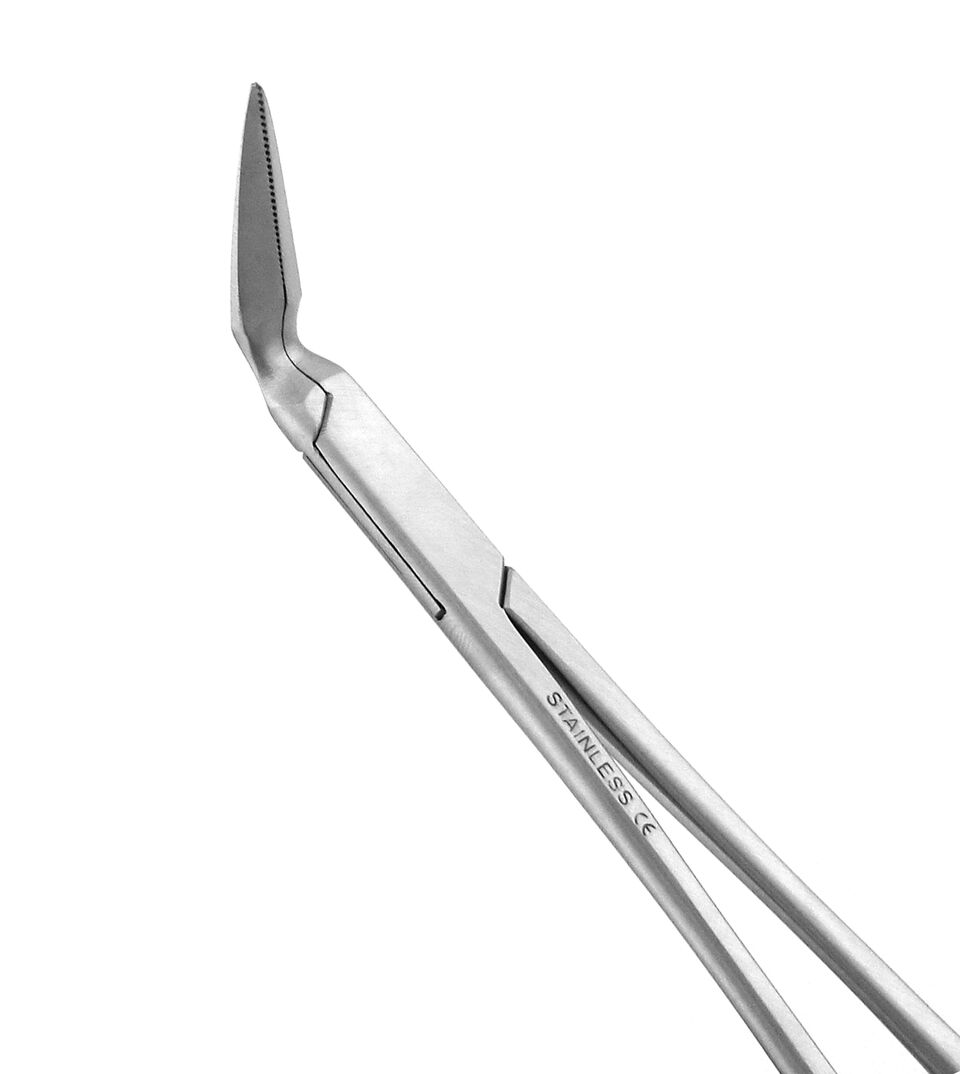 Endo Forceps
Endo Forceps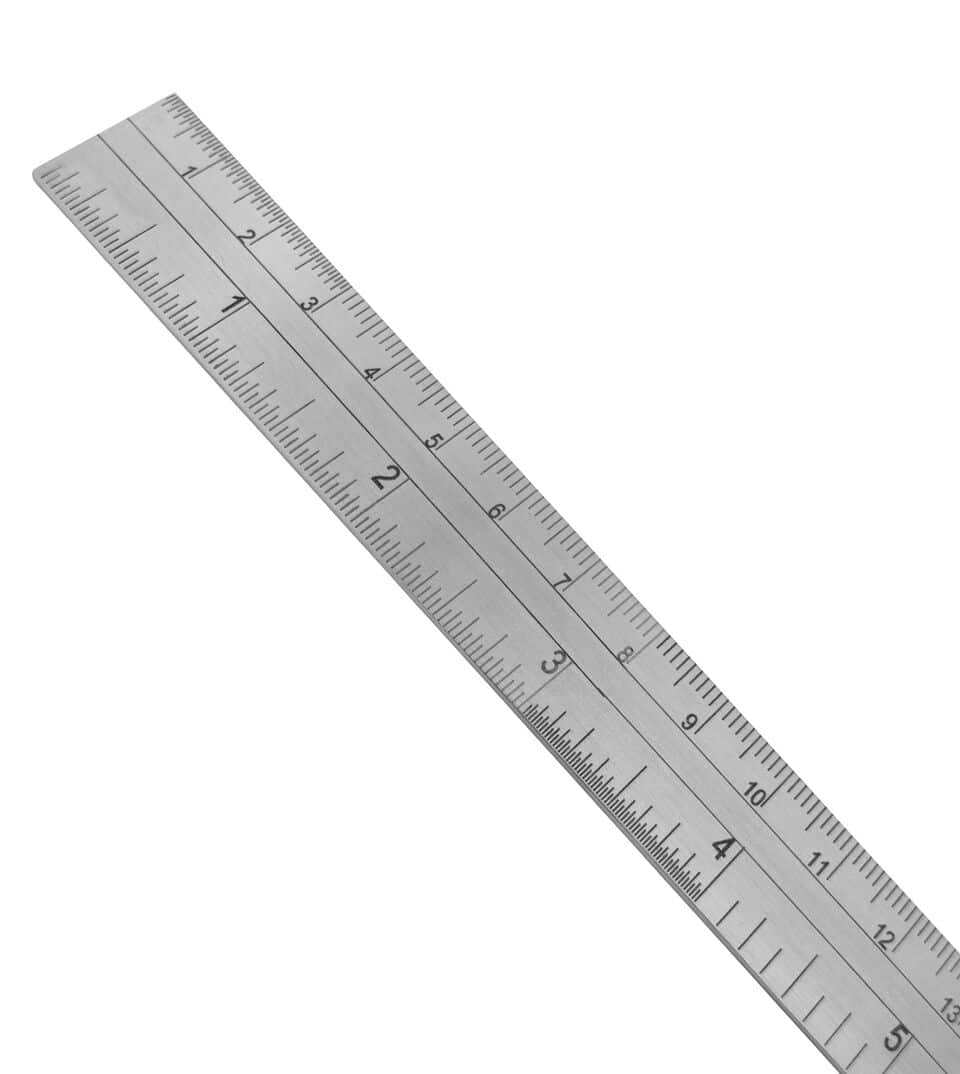 Endo Rulers
Endo Rulers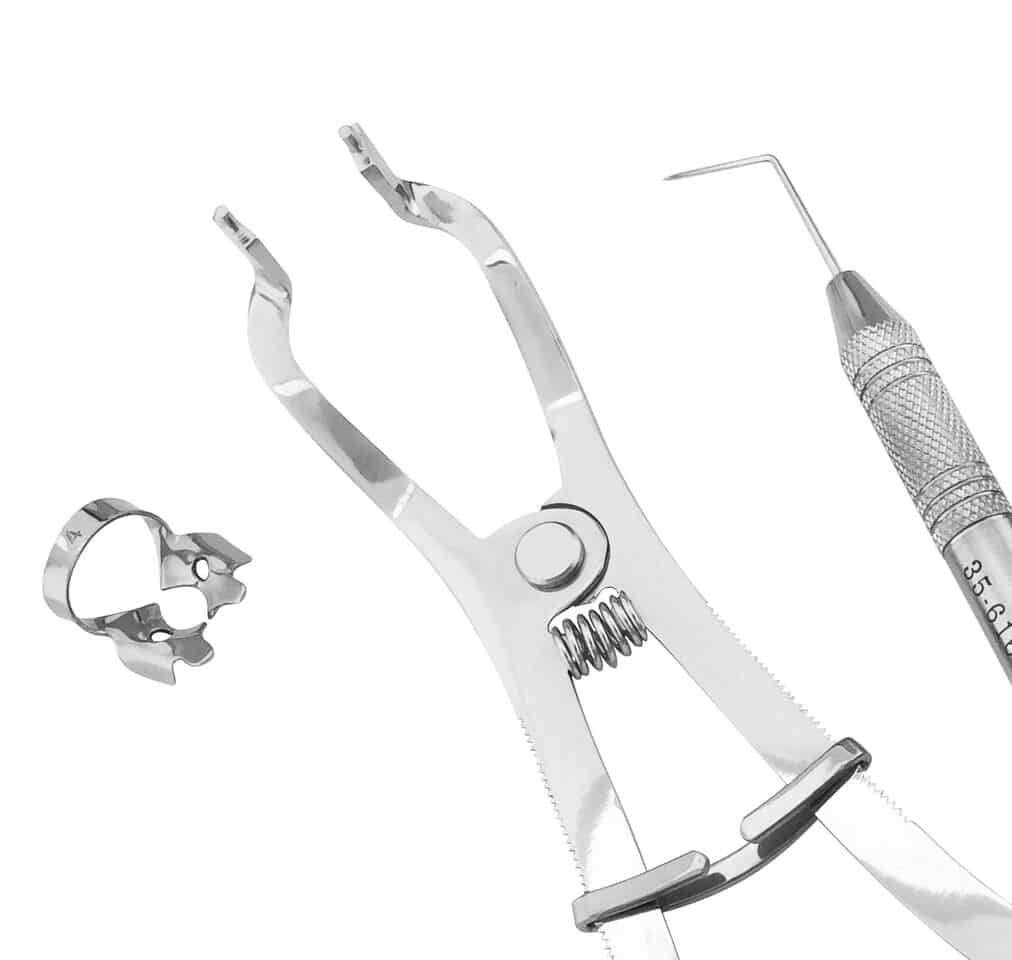 Endodontic Sets
Endodontic Sets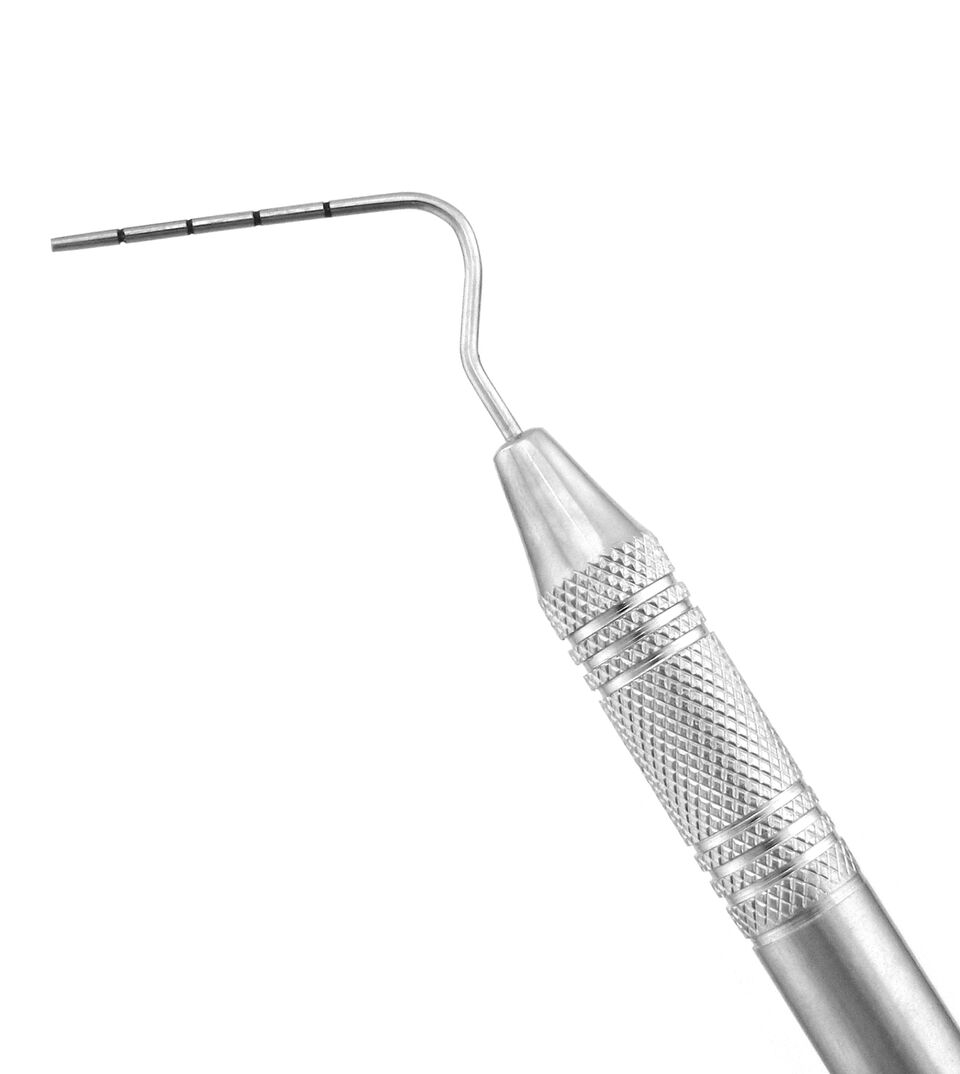 Root Canal Pluggers
Root Canal Pluggers Root Canal Spreaders
Root Canal Spreaders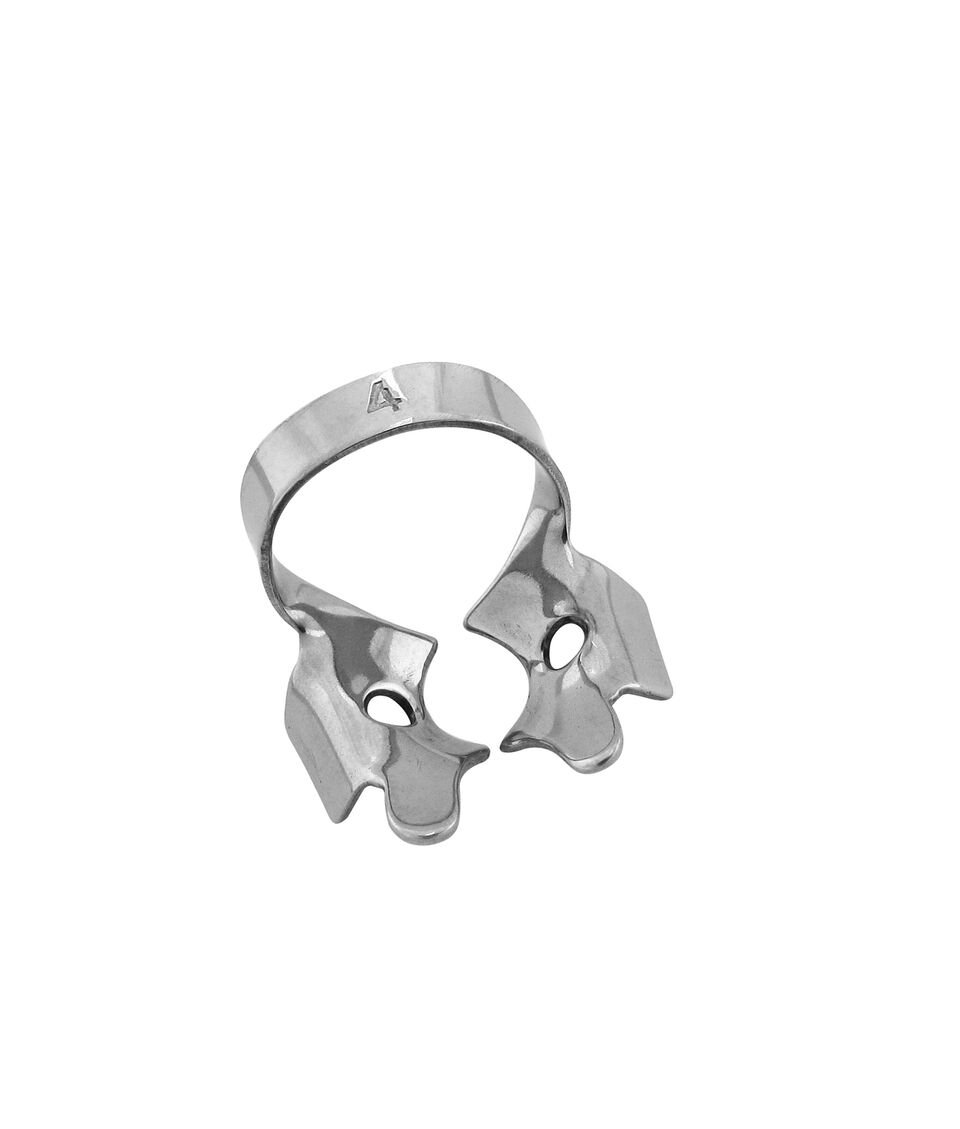 Rubber Dam Clamps
Rubber Dam Clamps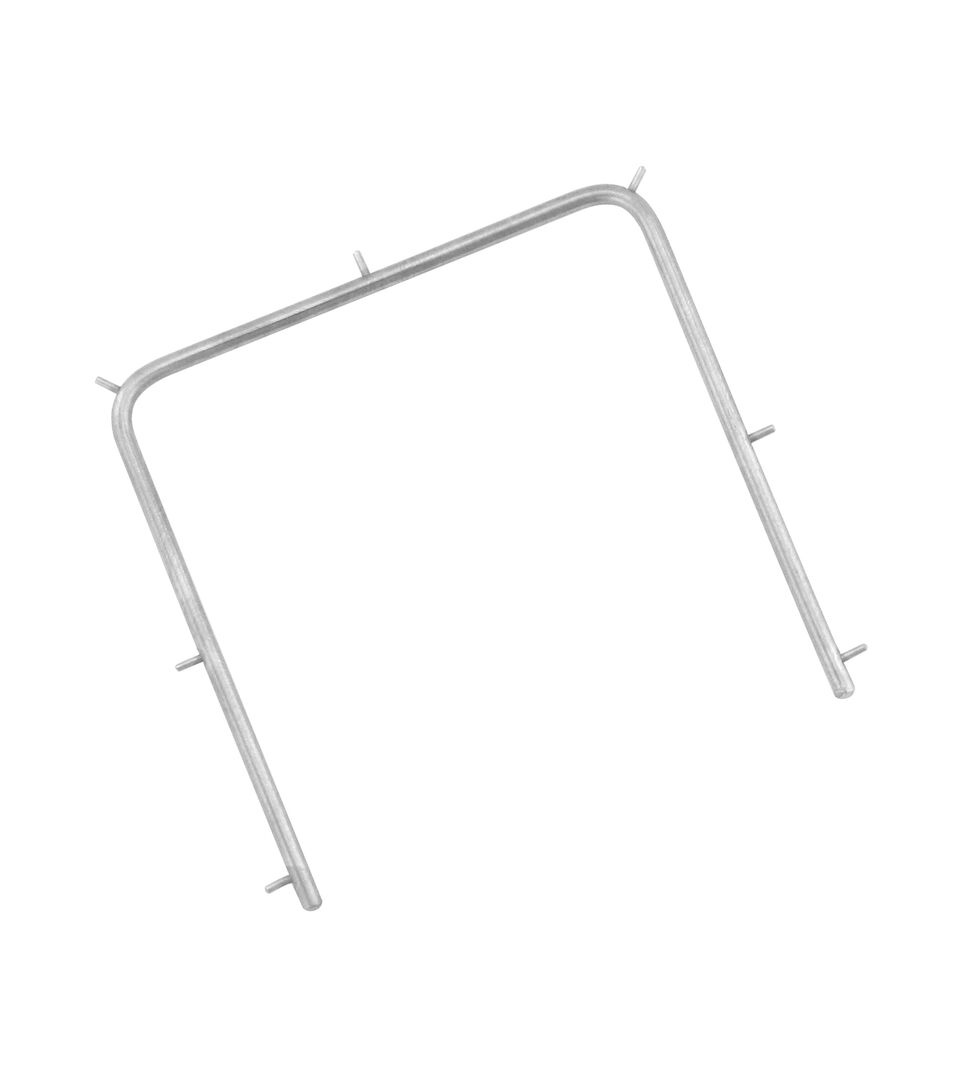 Rubber Dam Frames
Rubber Dam Frames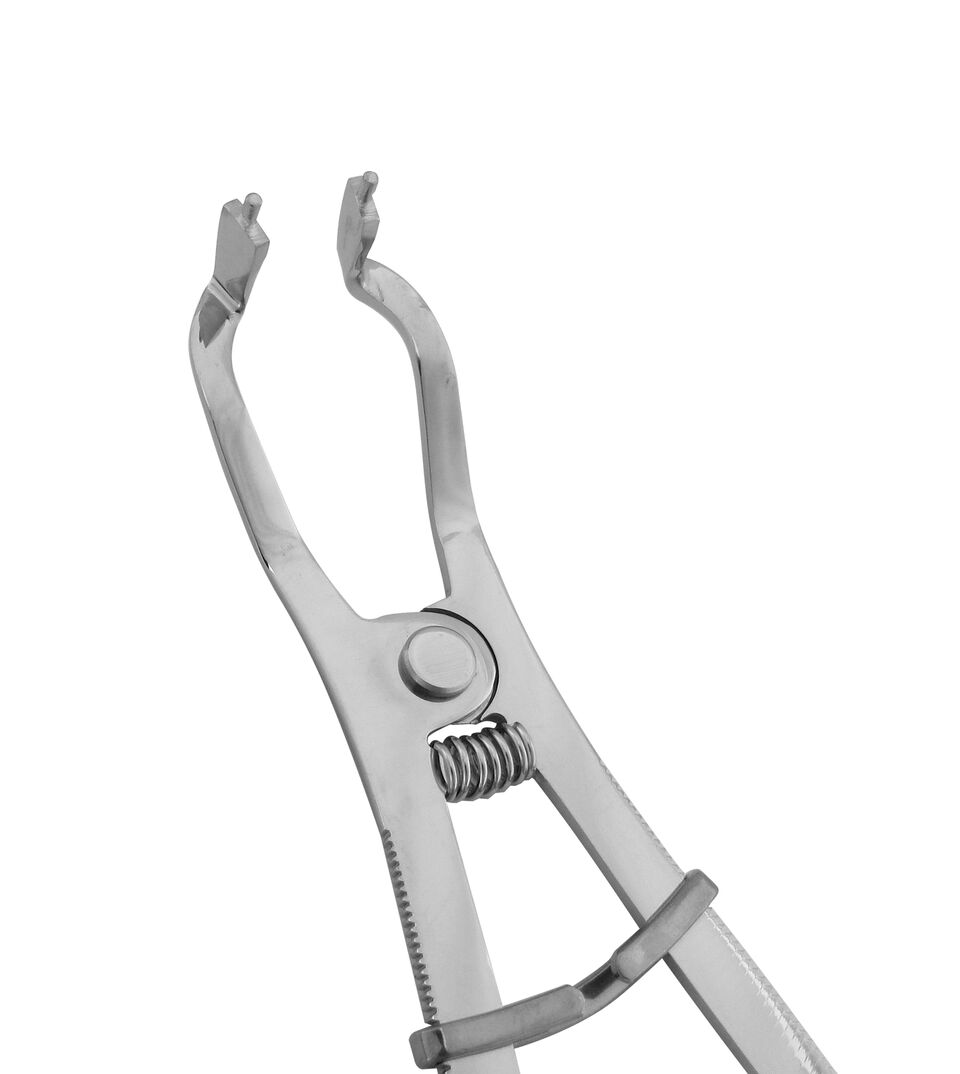 Rubber Dam Punches & Forceps
Rubber Dam Punches & Forceps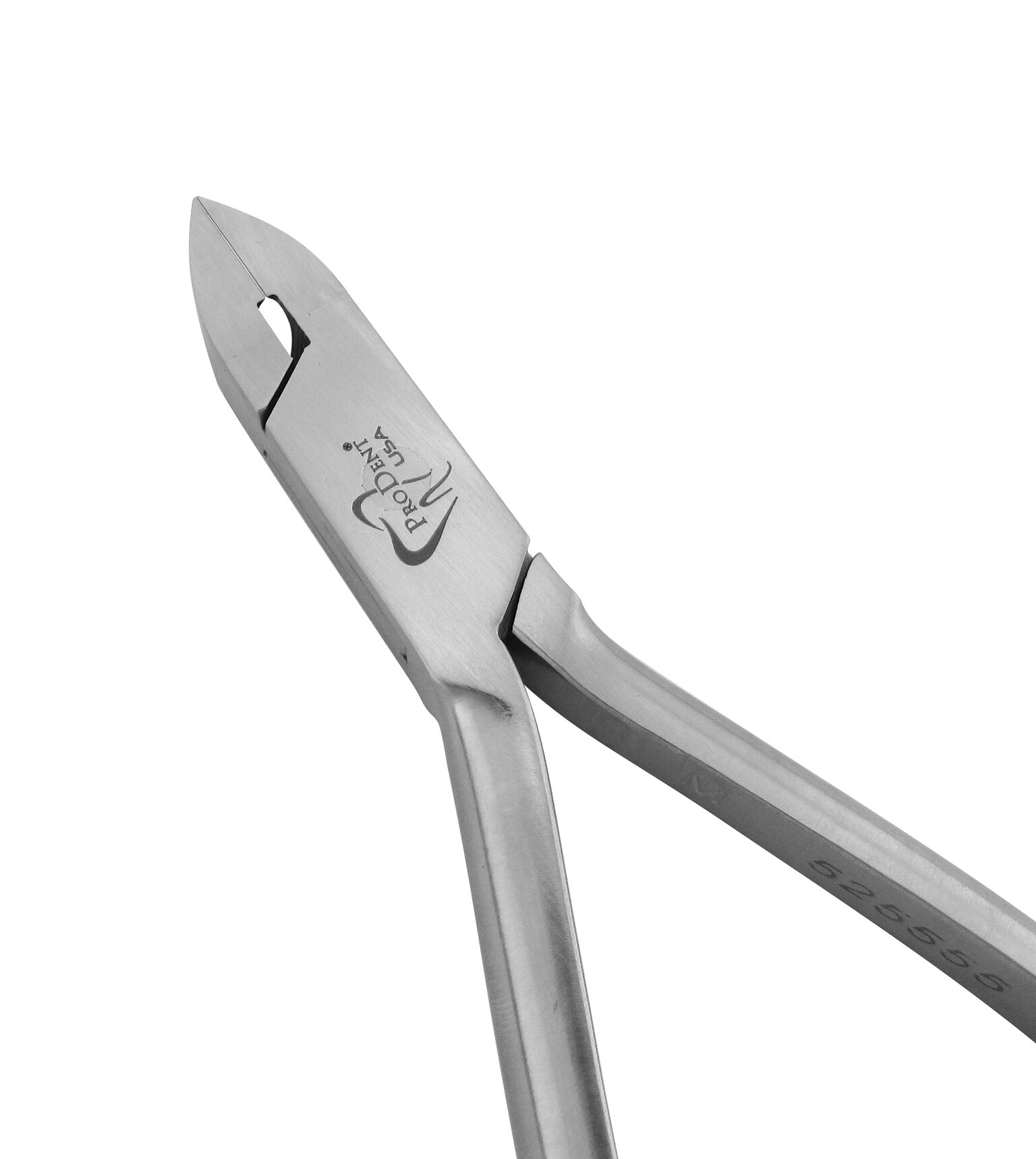 Cutters
Cutters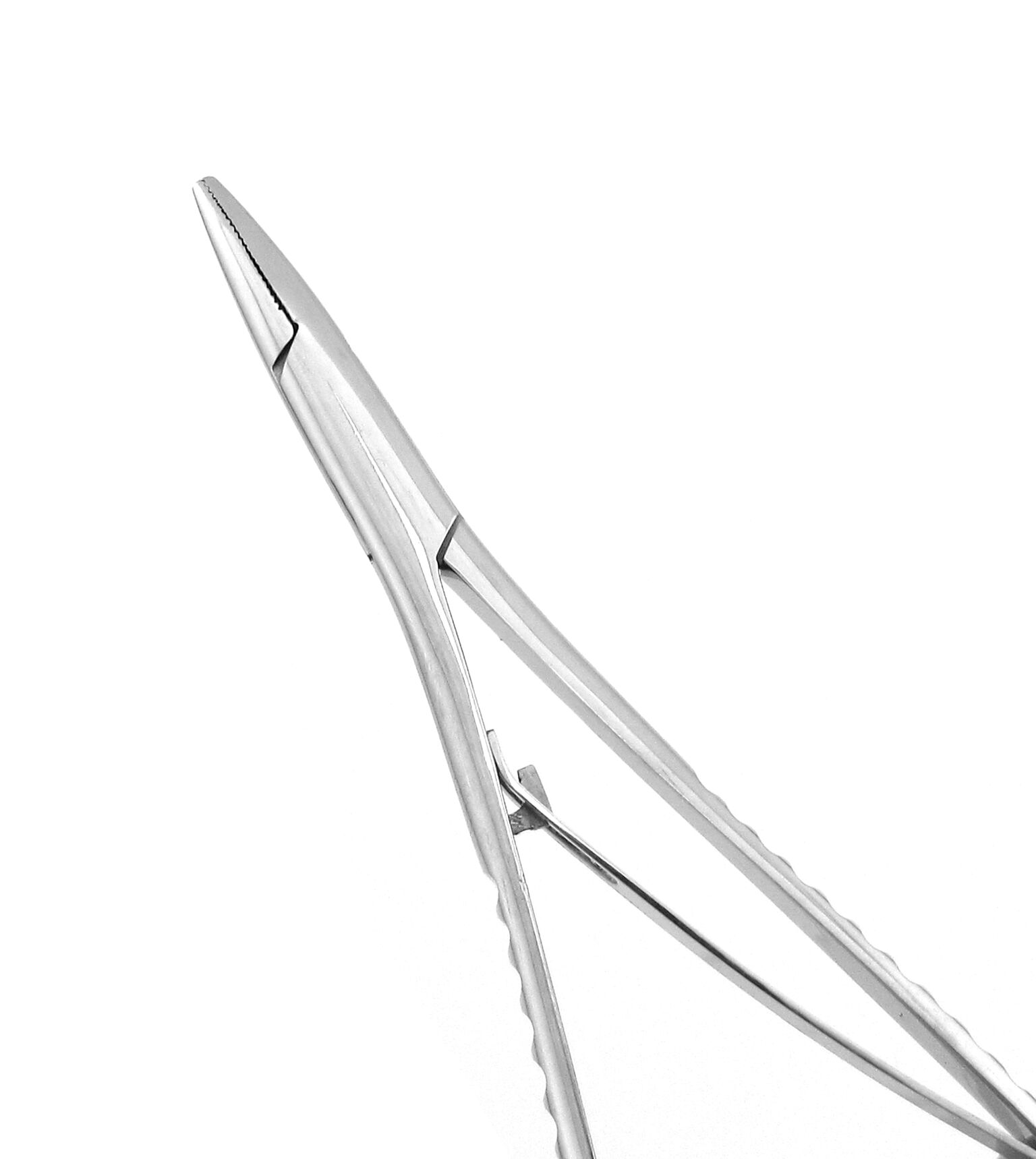 Elastic Placing Mathieu Pliers
Elastic Placing Mathieu Pliers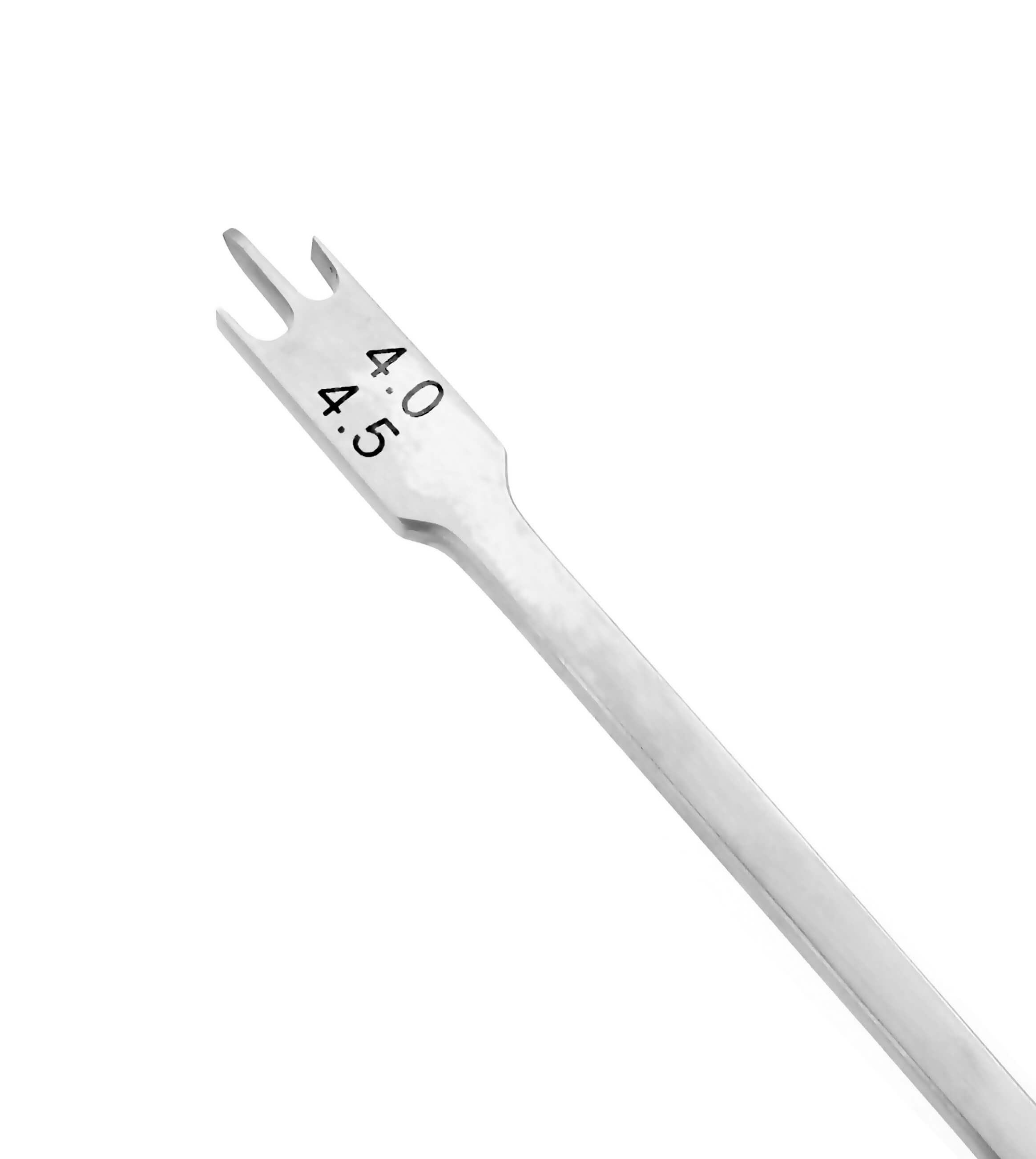 Gauges
Gauges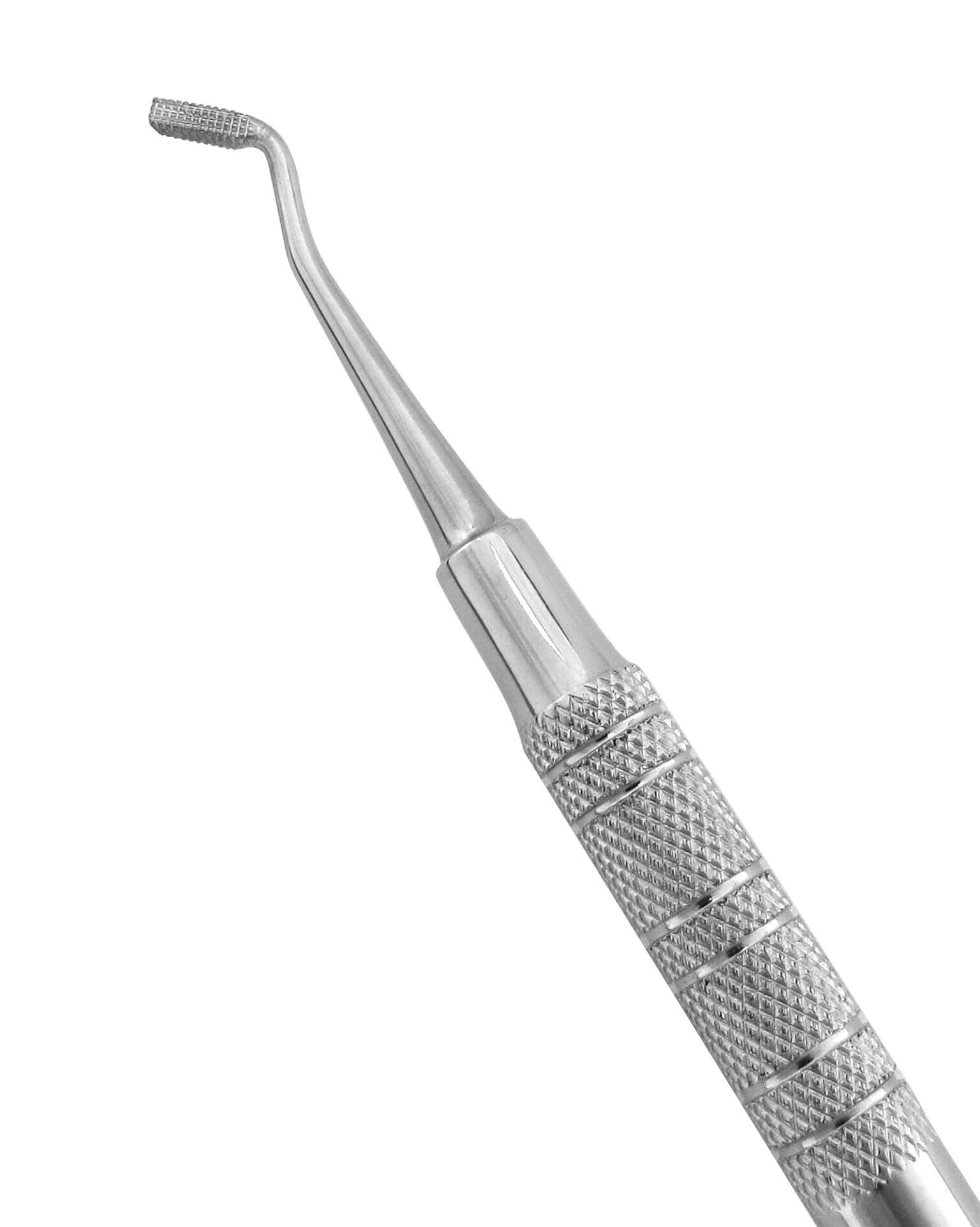 Hand Instruments
Hand Instruments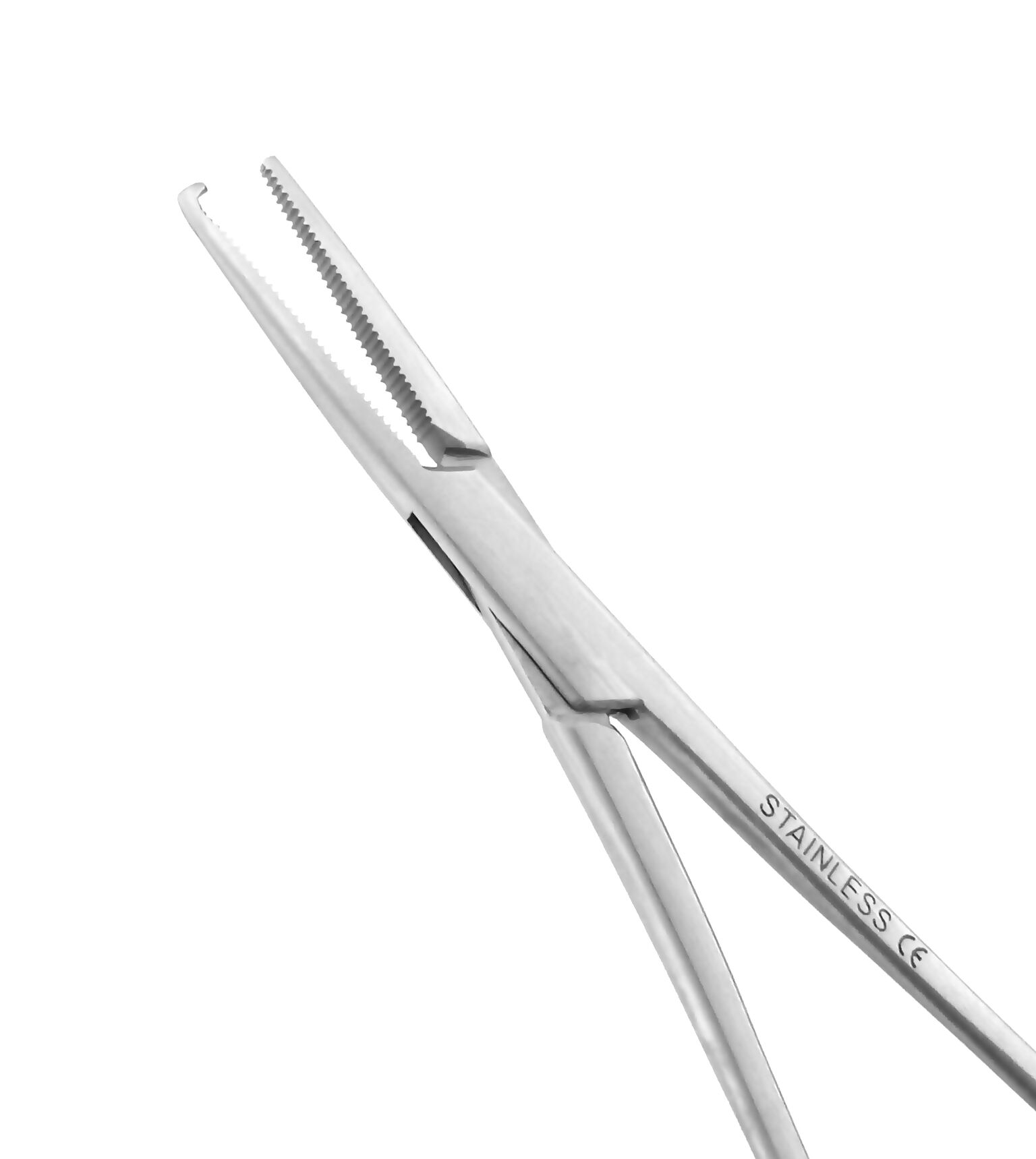 Mosquitoes
Mosquitoes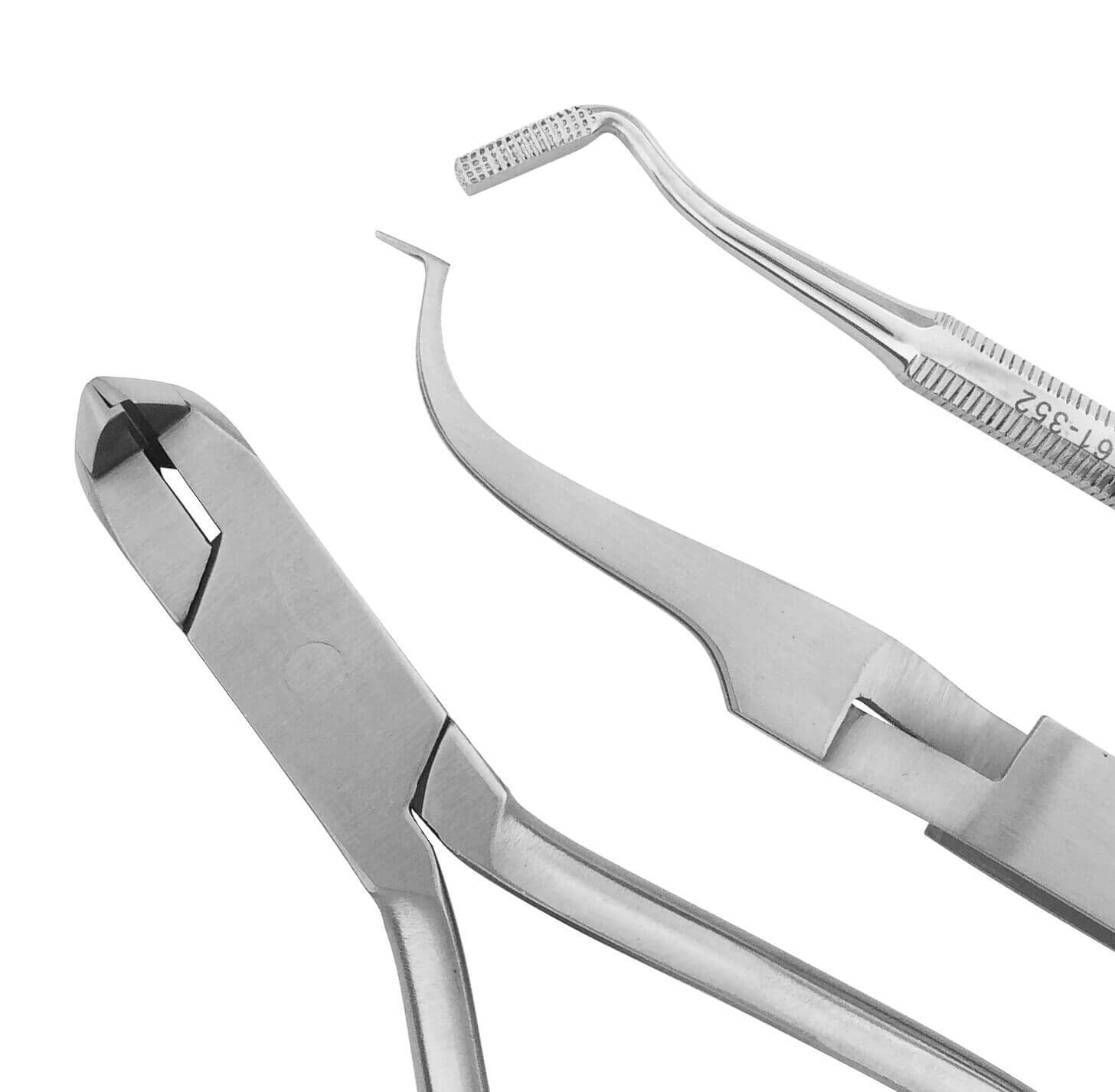 Orthodontic Sets
Orthodontic Sets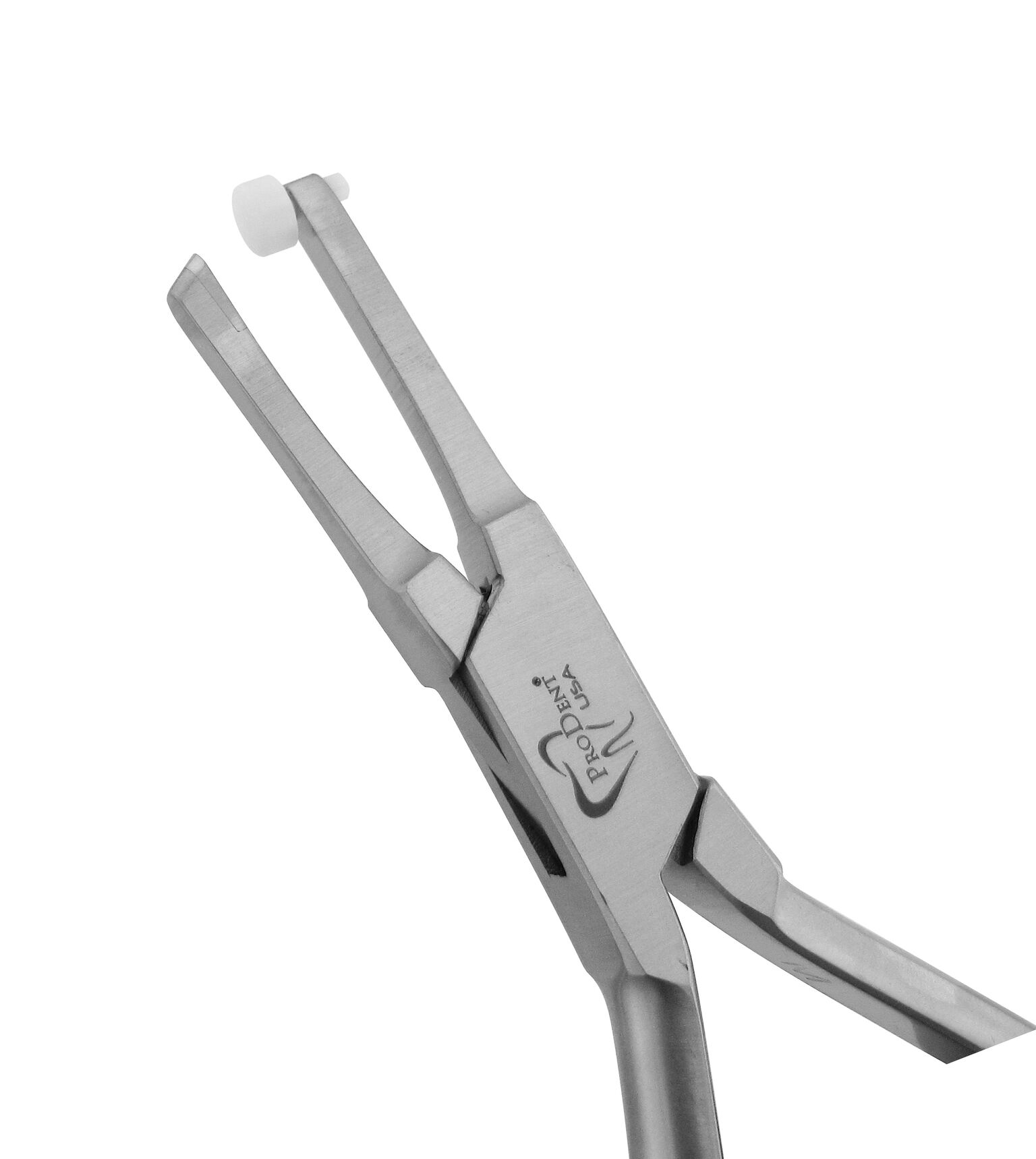 Pliers
Pliers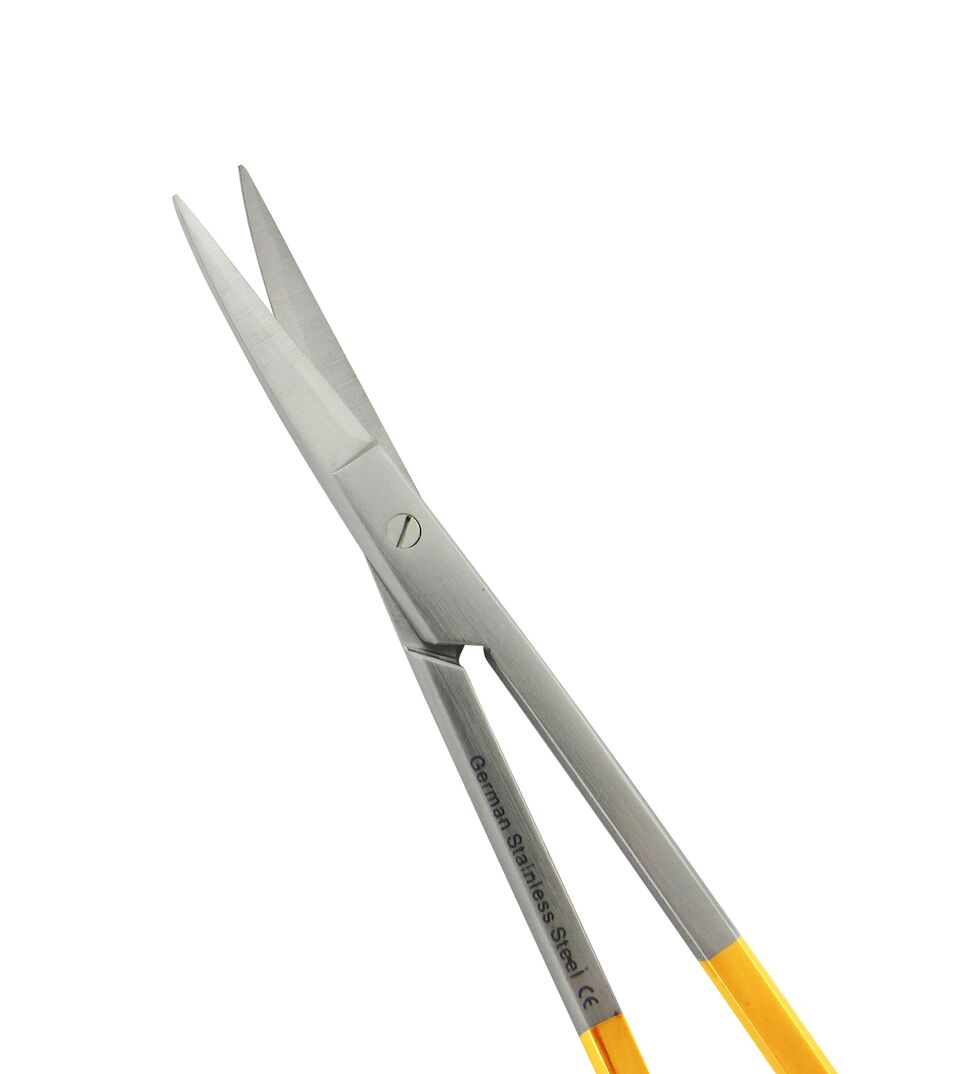 Scissors
Scissors Tweezers
Tweezers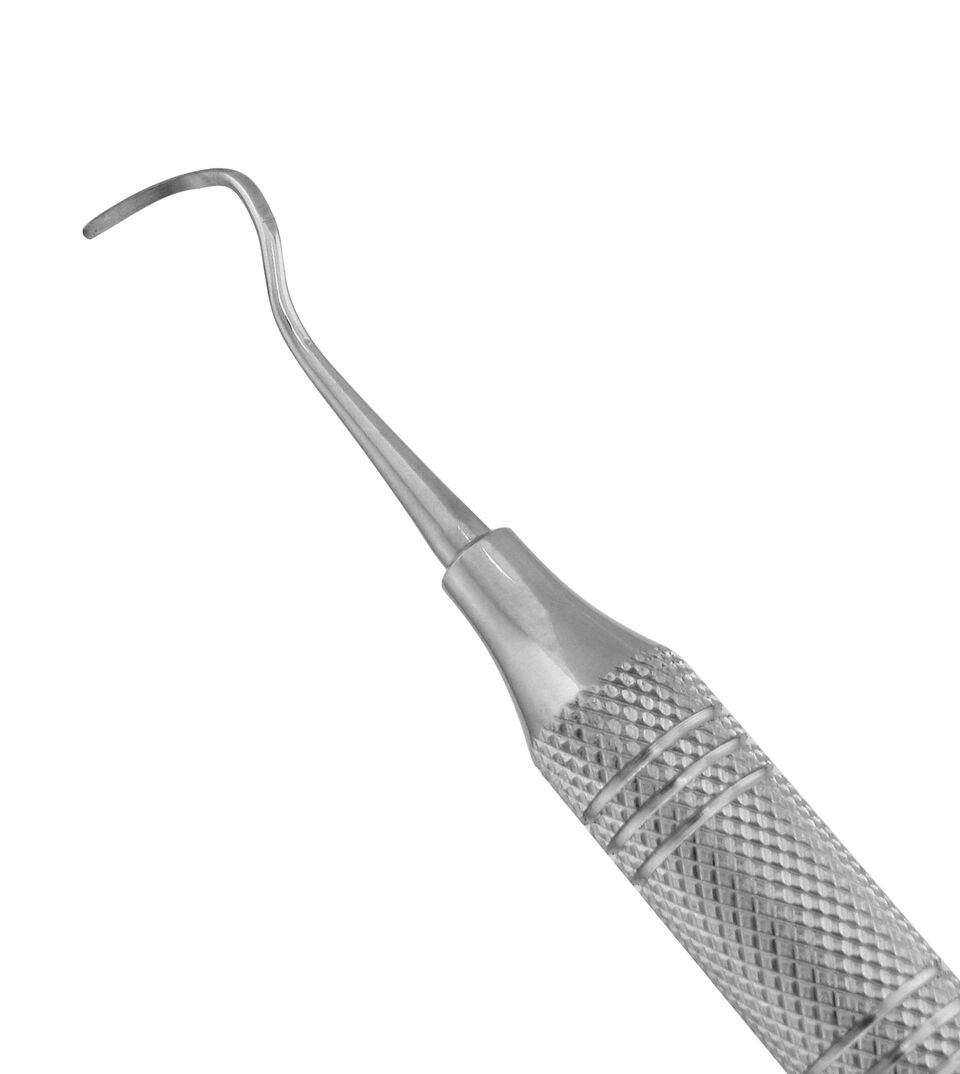 Curettes
Curettes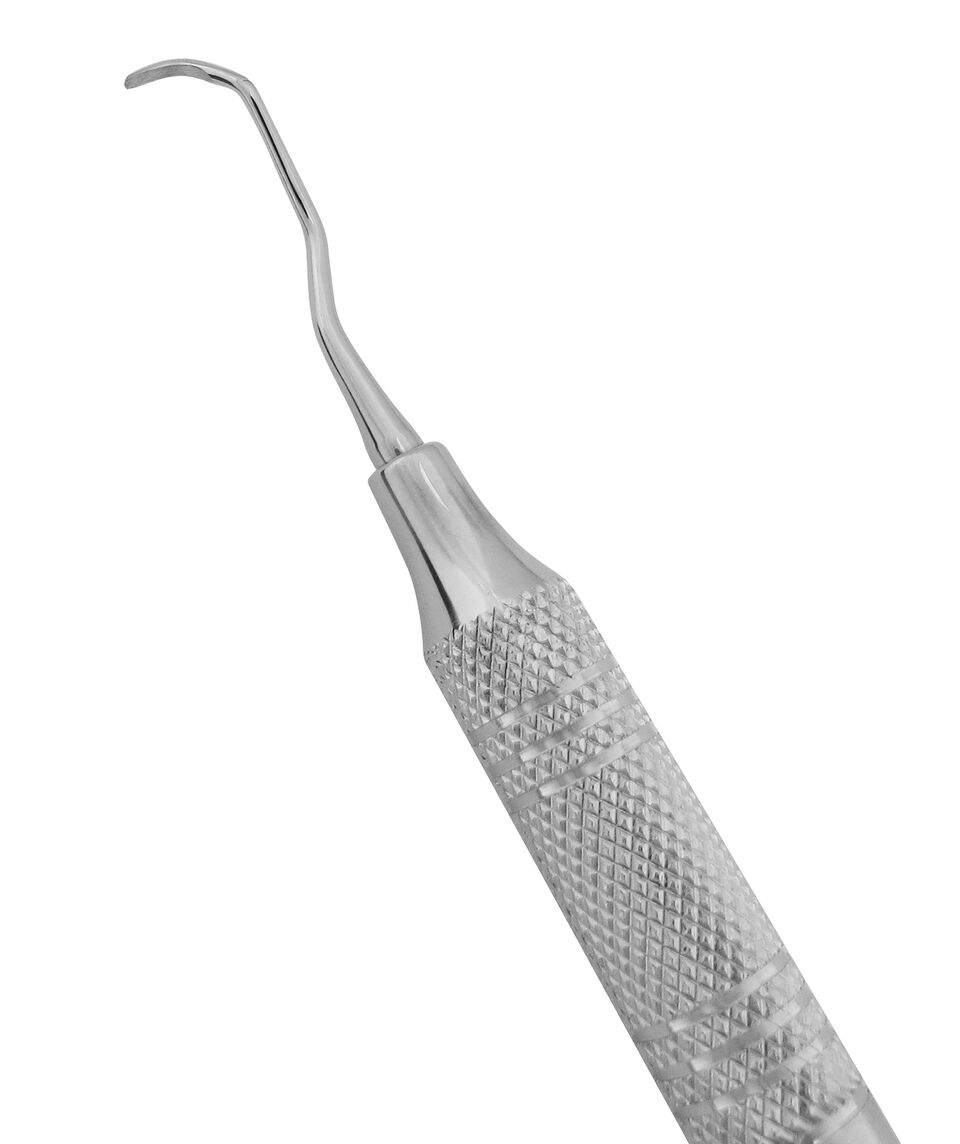 Gracey Curettes
Gracey Curettes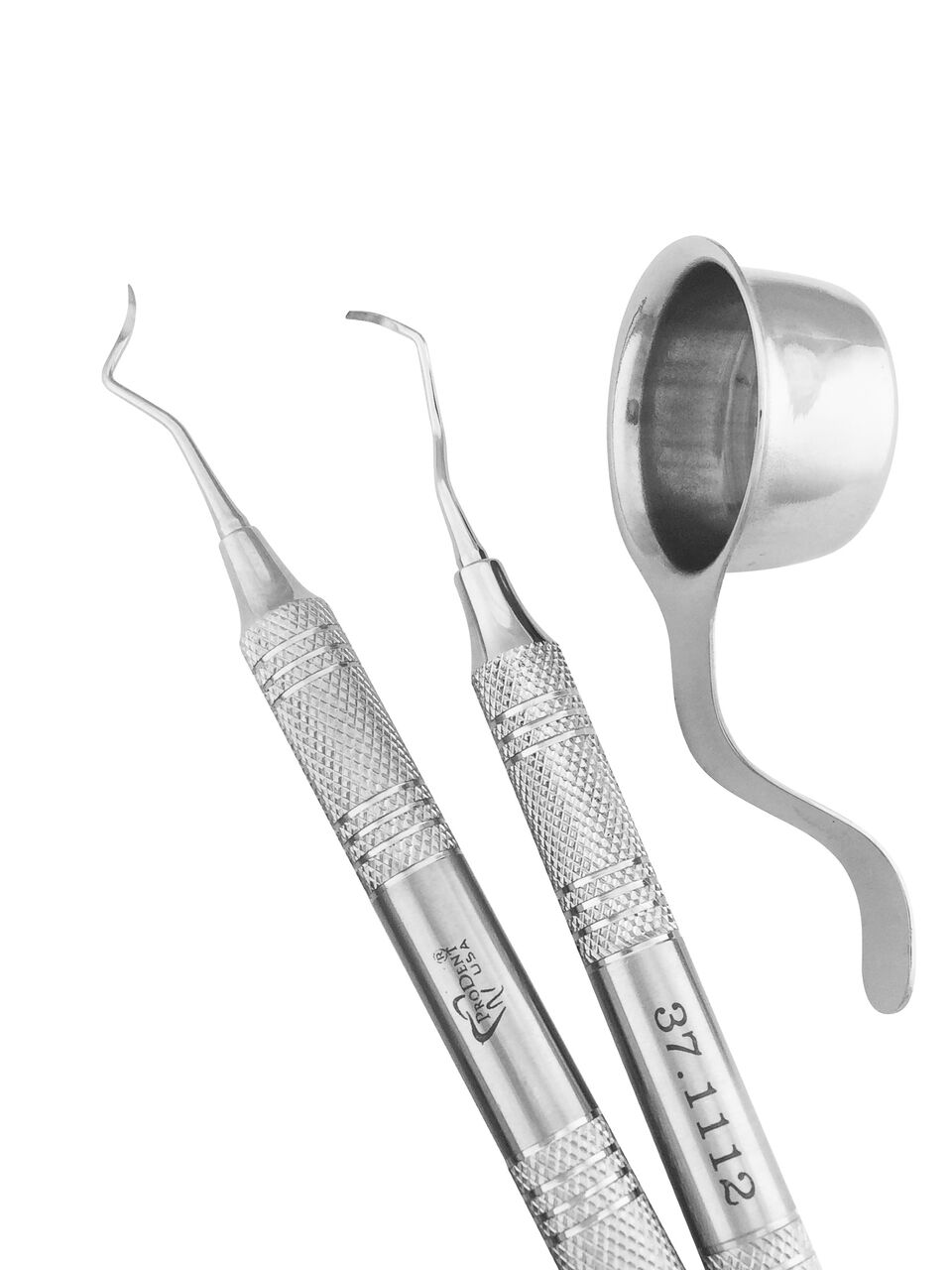 Periodontal Sets & Accessories
Periodontal Sets & Accessories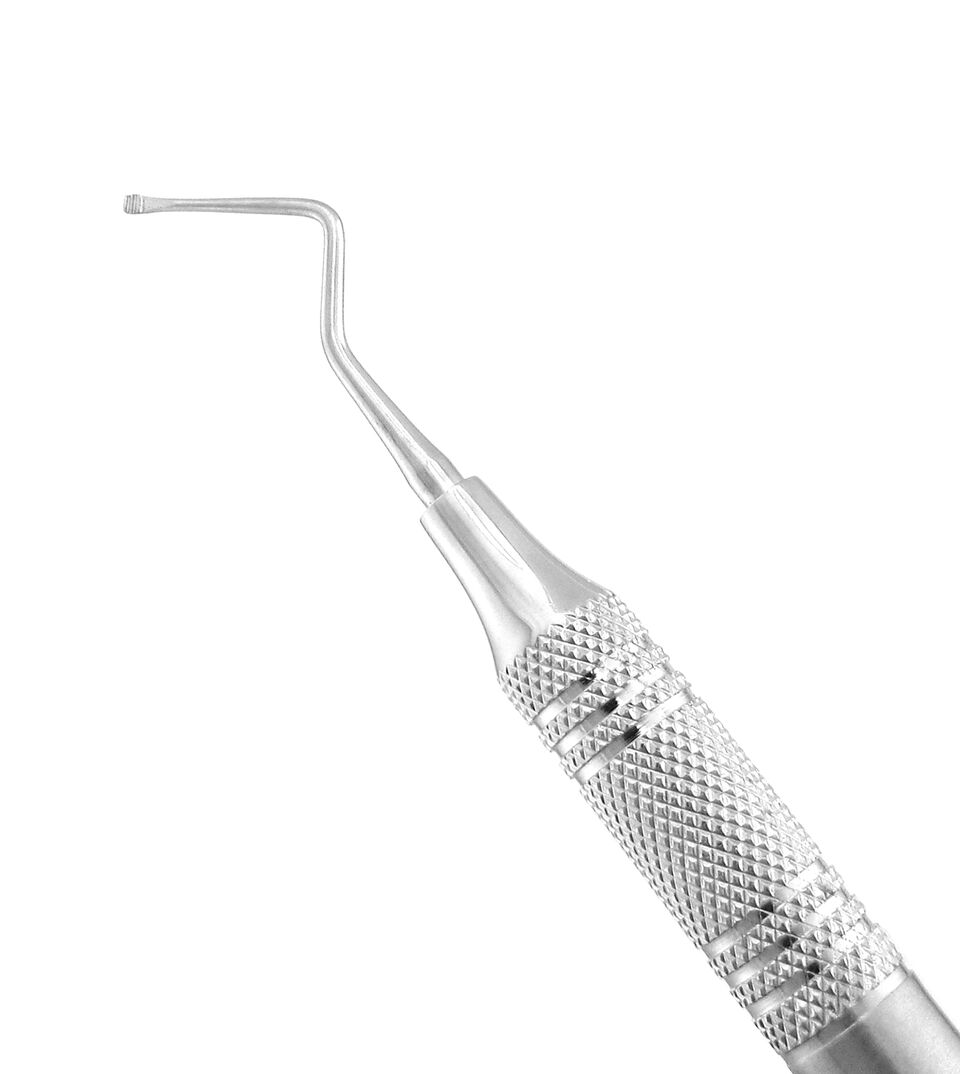 Periodontal Specialty Instruments
Periodontal Specialty Instruments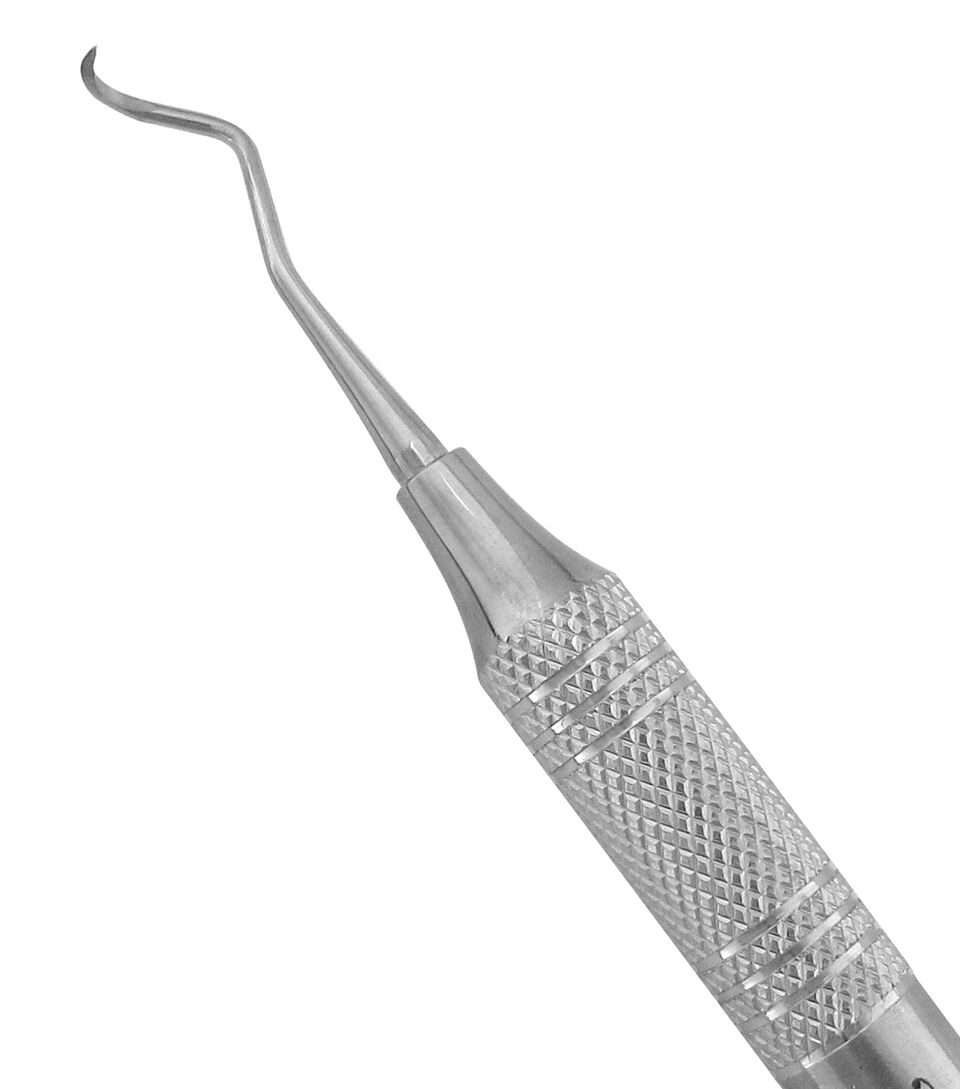 Scalers
Scalers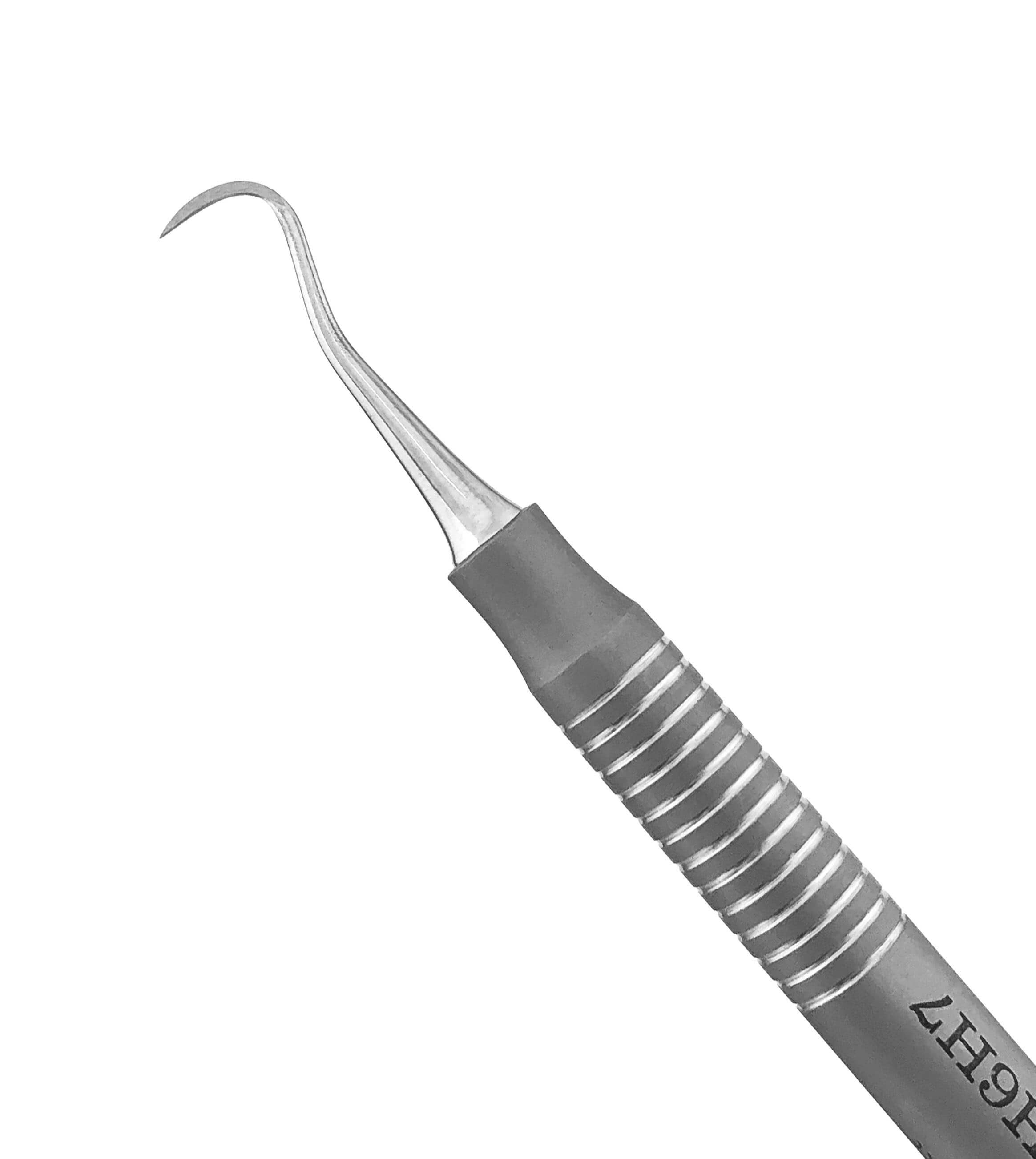 Siberian Stone™ Collection
Siberian Stone™ Collection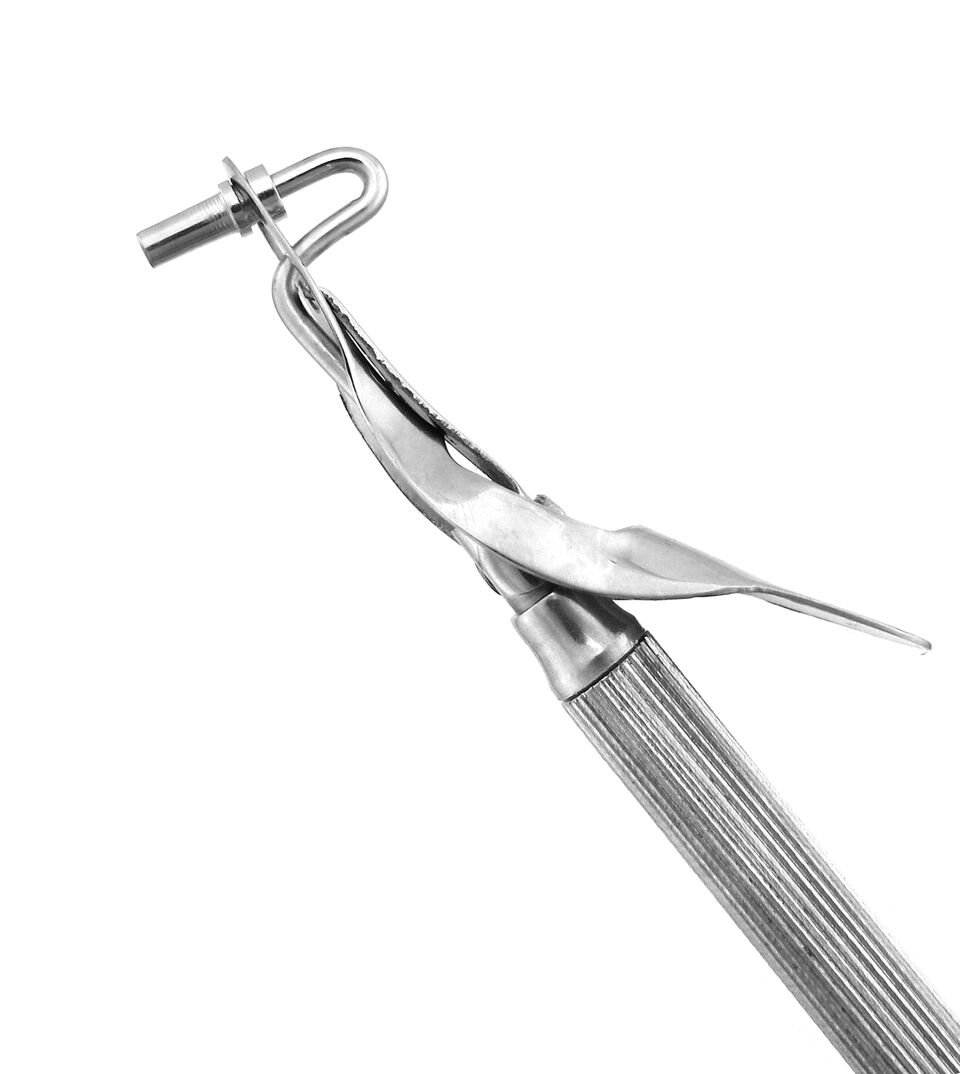 Amalgam Carriers & Well
Amalgam Carriers & Well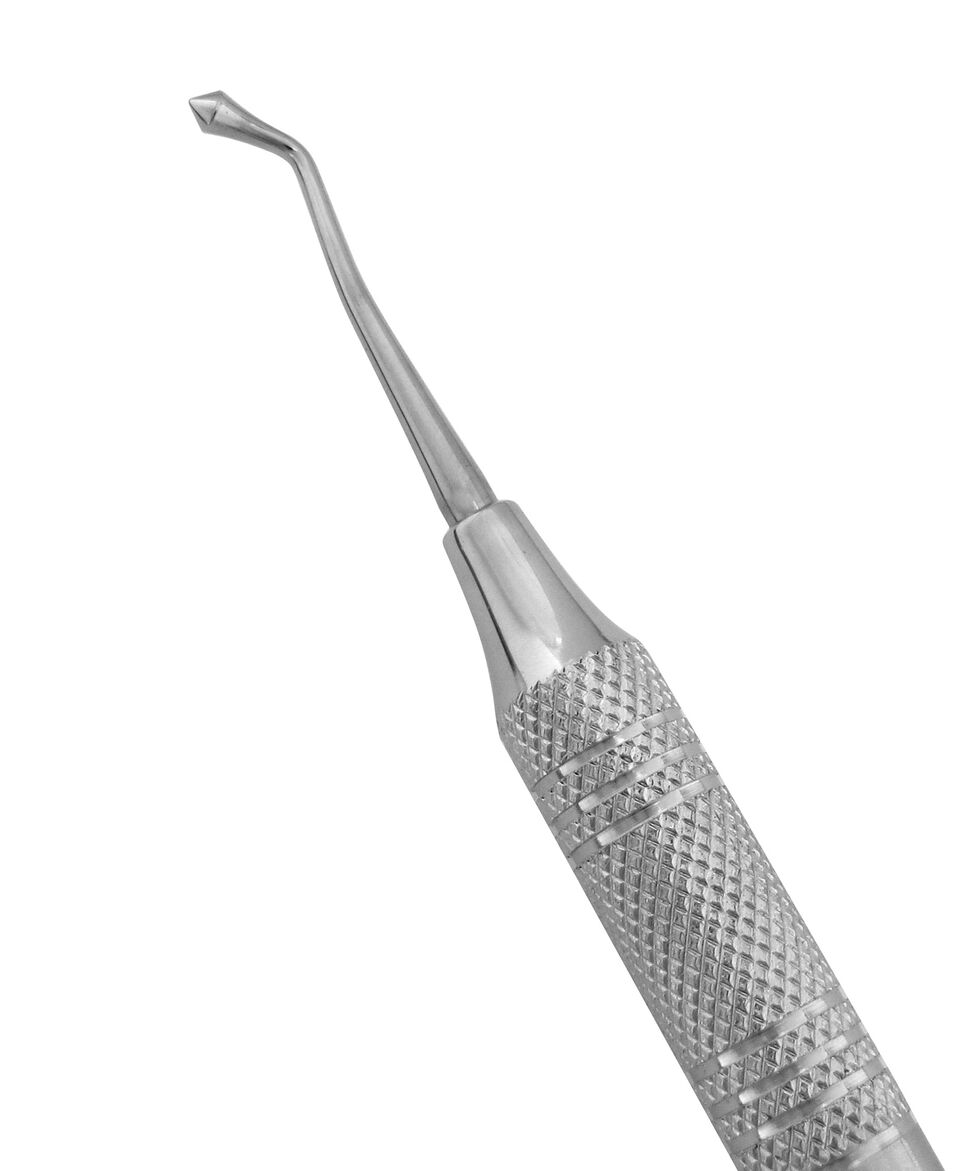 Burnishers
Burnishers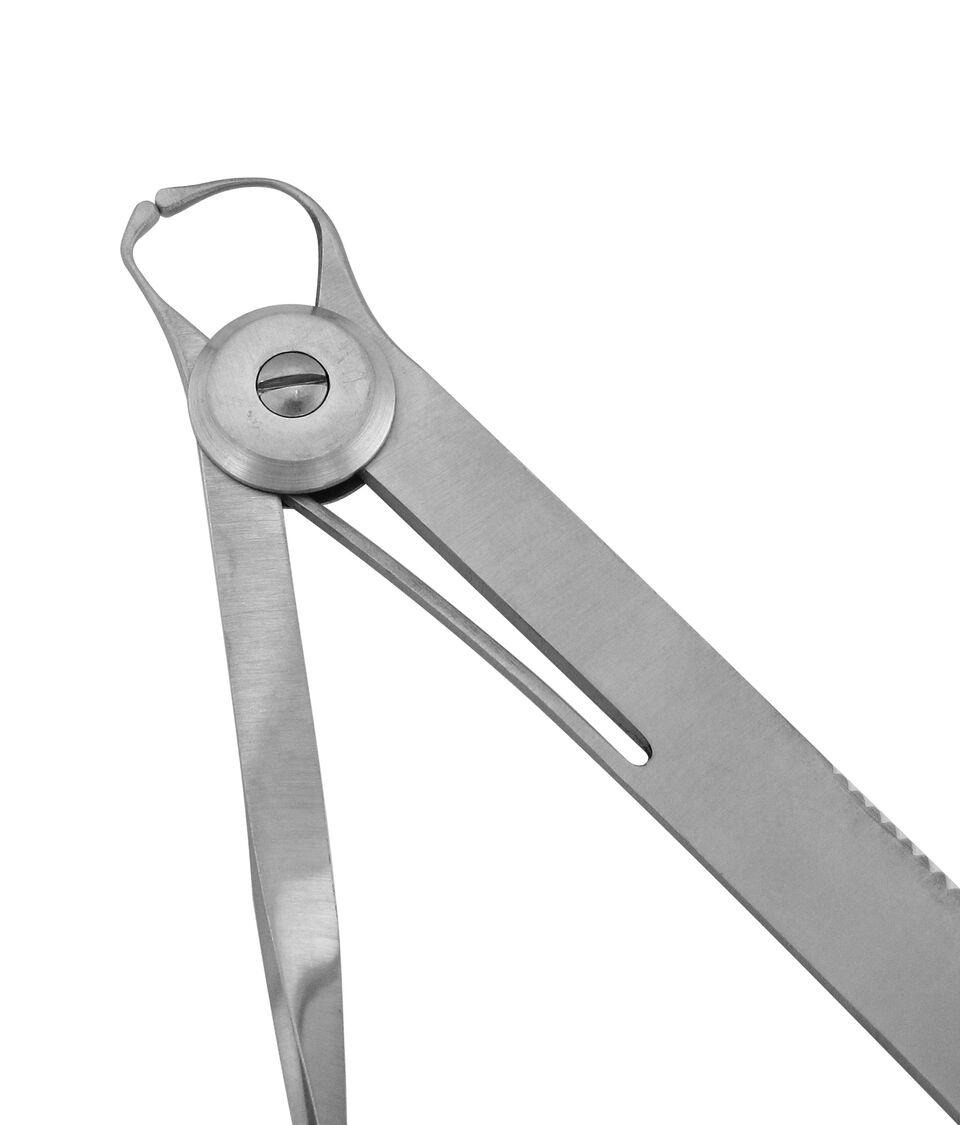 Calipers
Calipers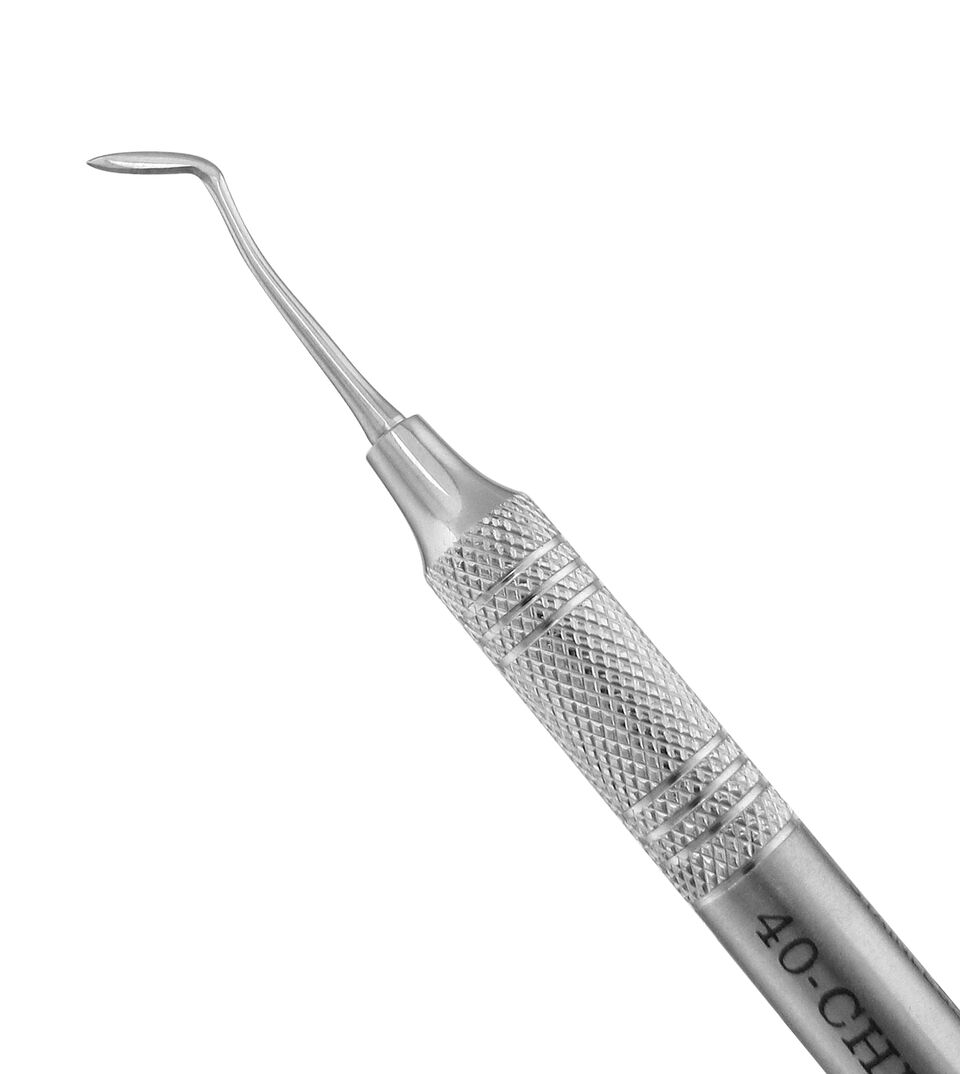 Carvers
Carvers Cement Spatulas
Cement Spatulas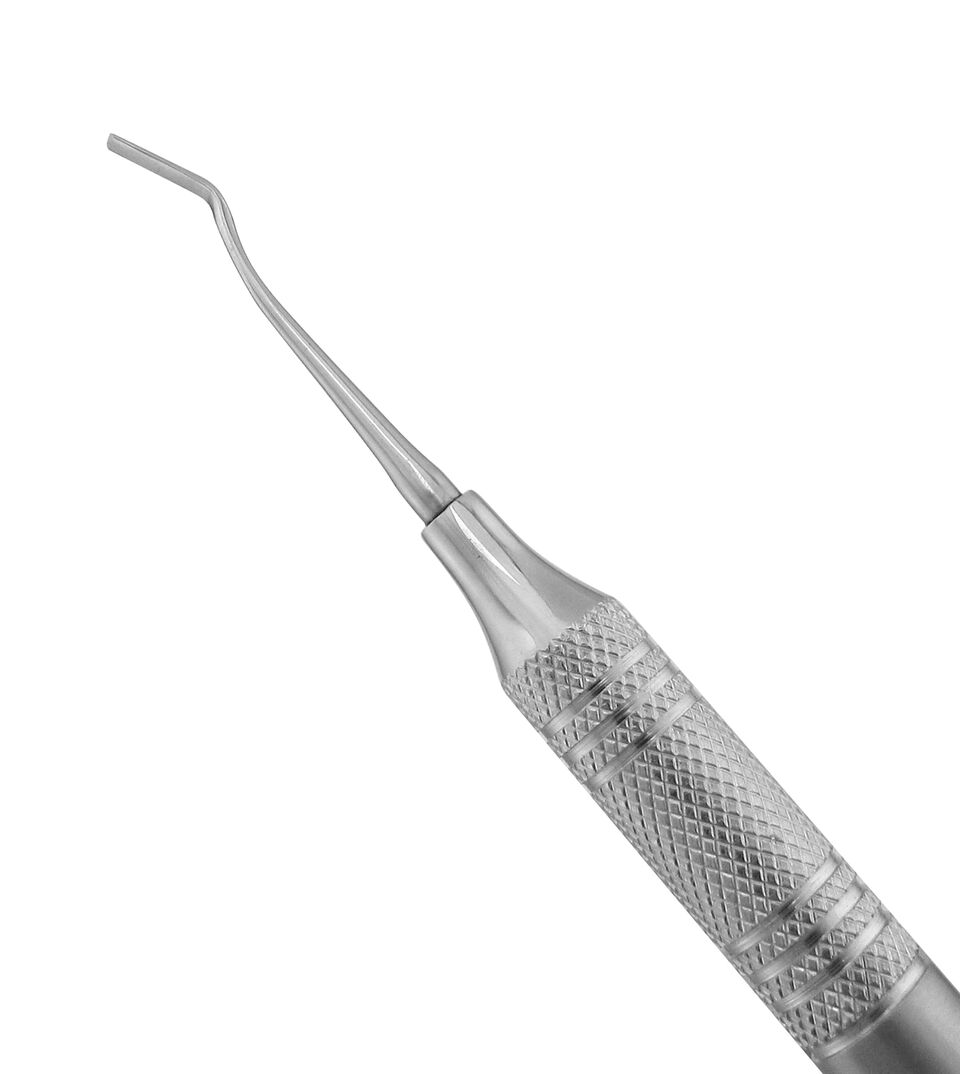 Chisels
Chisels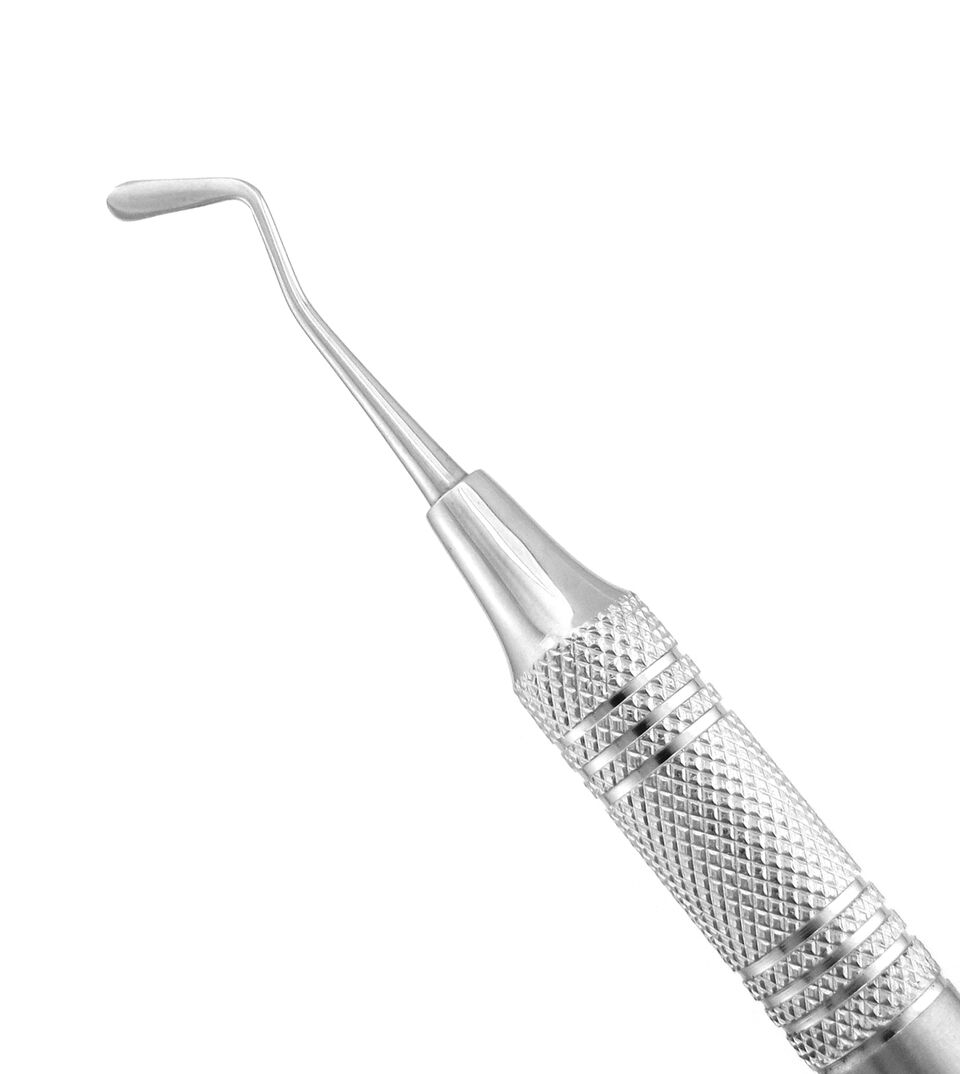 Composite & Plastic Filling Instruments
Composite & Plastic Filling Instruments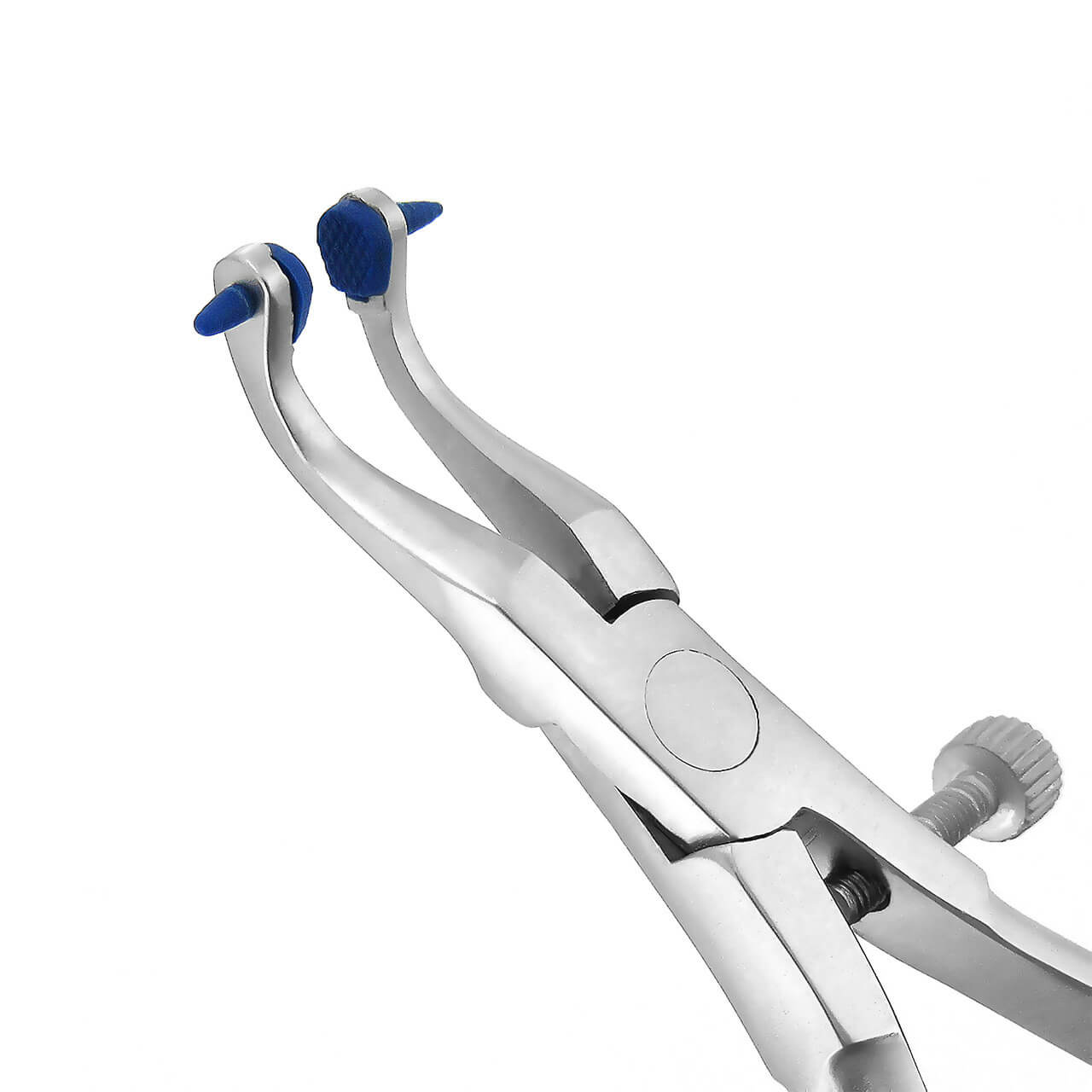 Crown Removers & Spreaders
Crown Removers & Spreaders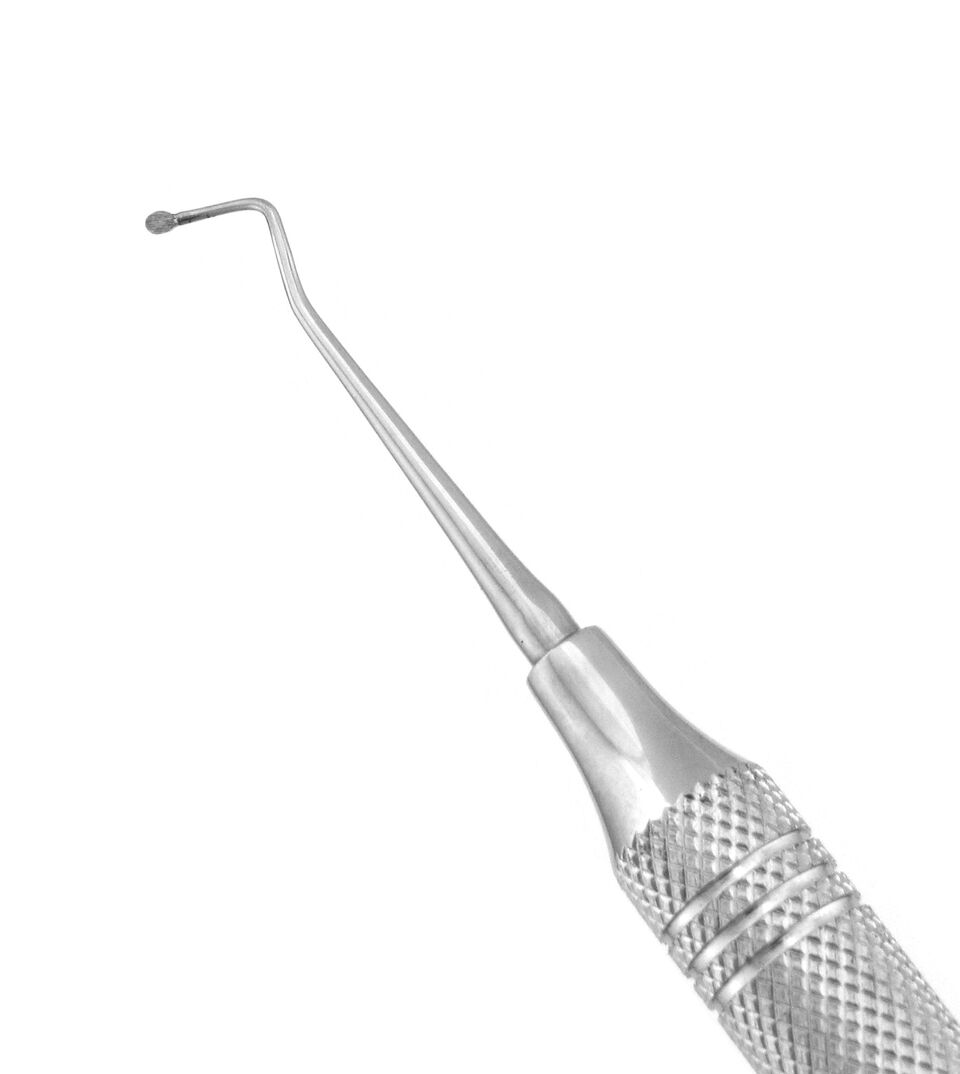 Excavators
Excavators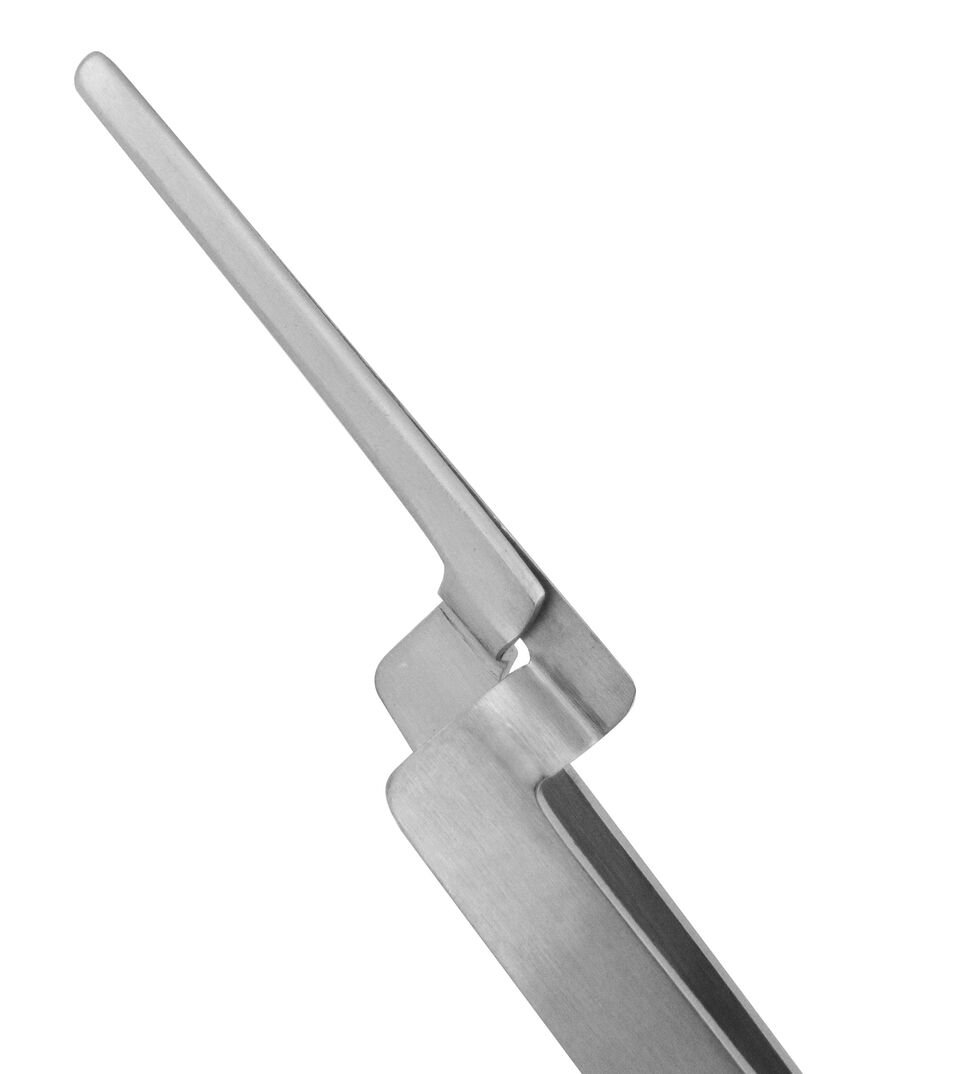 Forceps & Tweezers
Forceps & Tweezers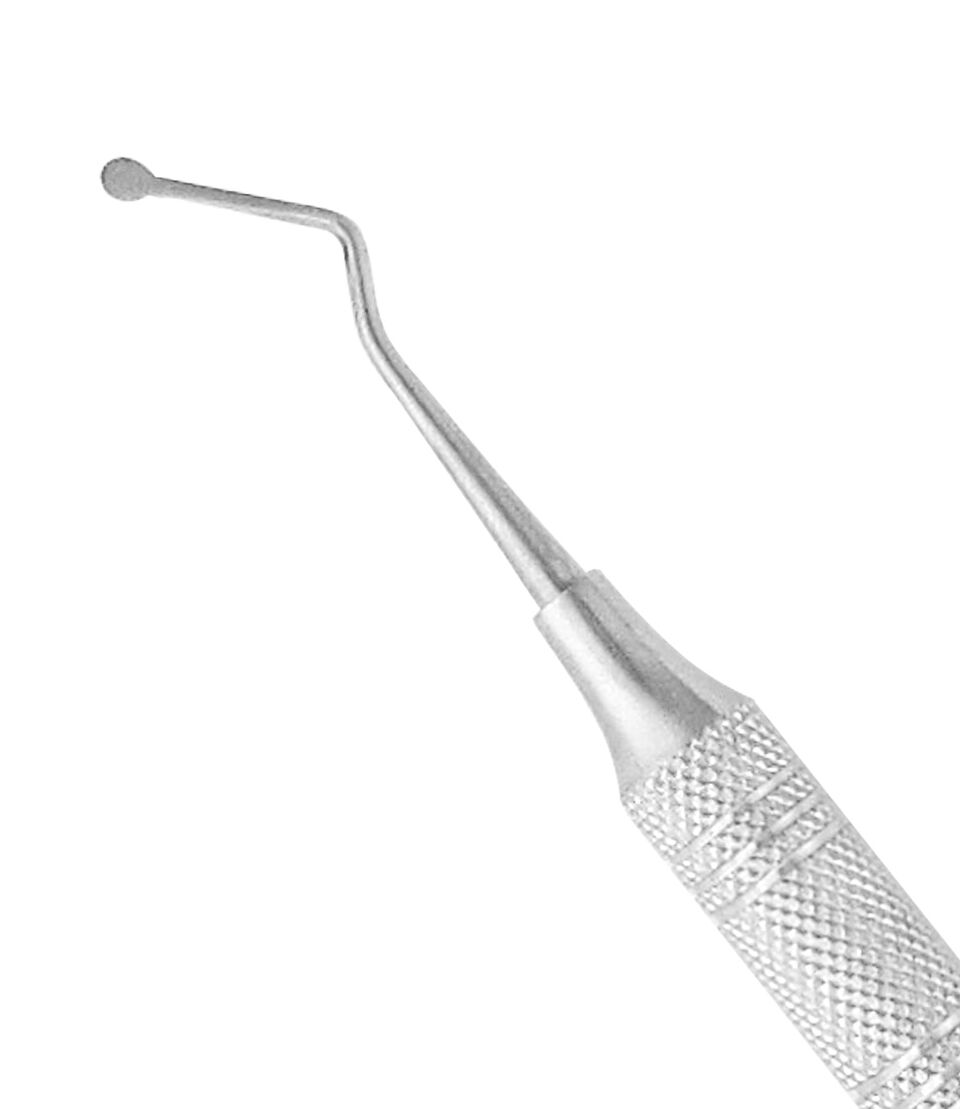 Gingival Cord Packers
Gingival Cord Packers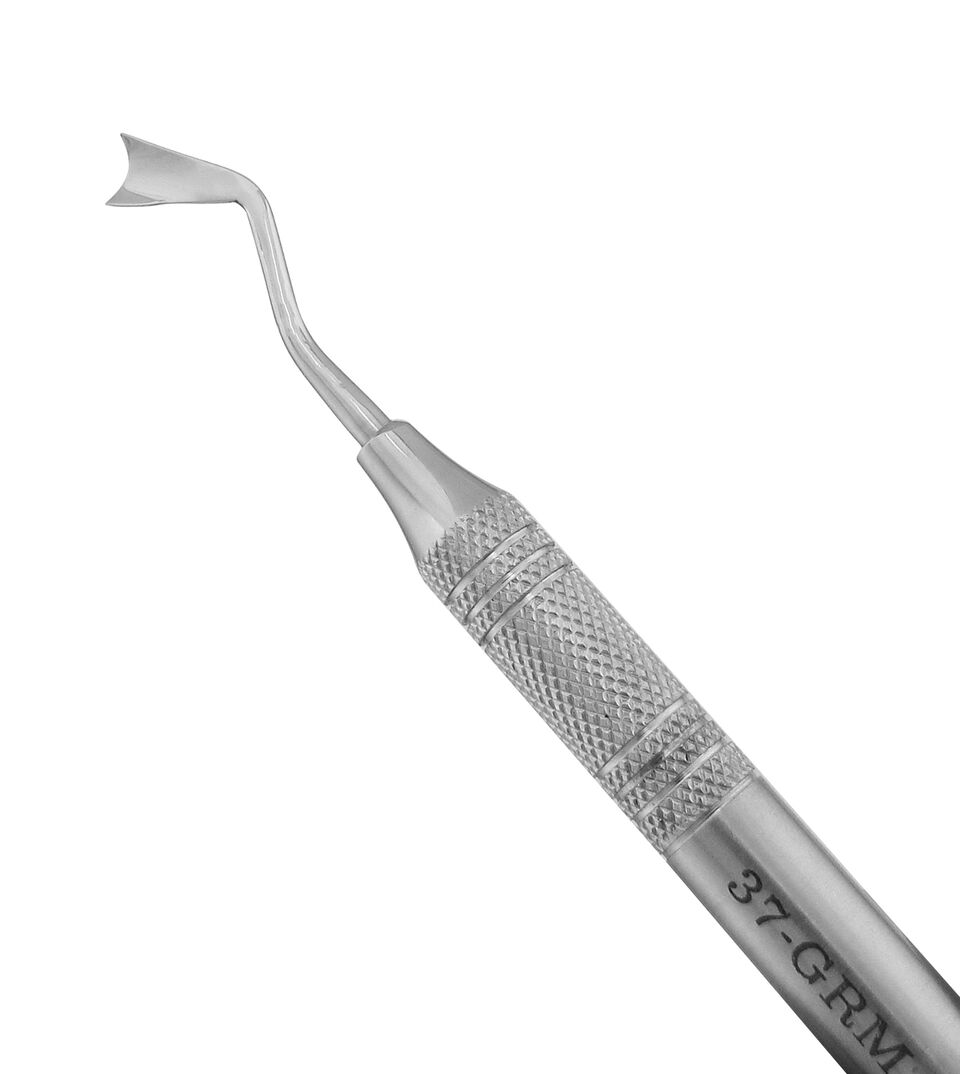 Gingival Retractors
Gingival Retractors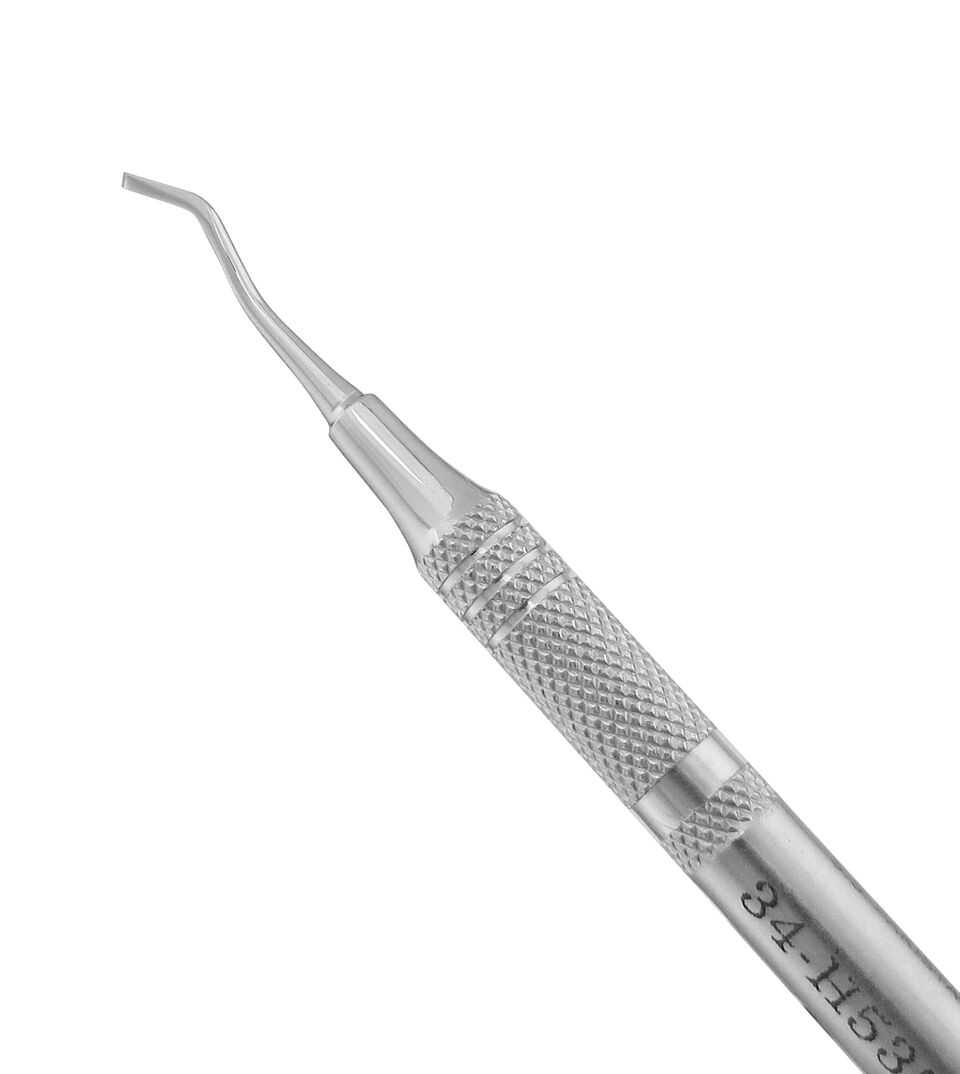 Hatchets
Hatchets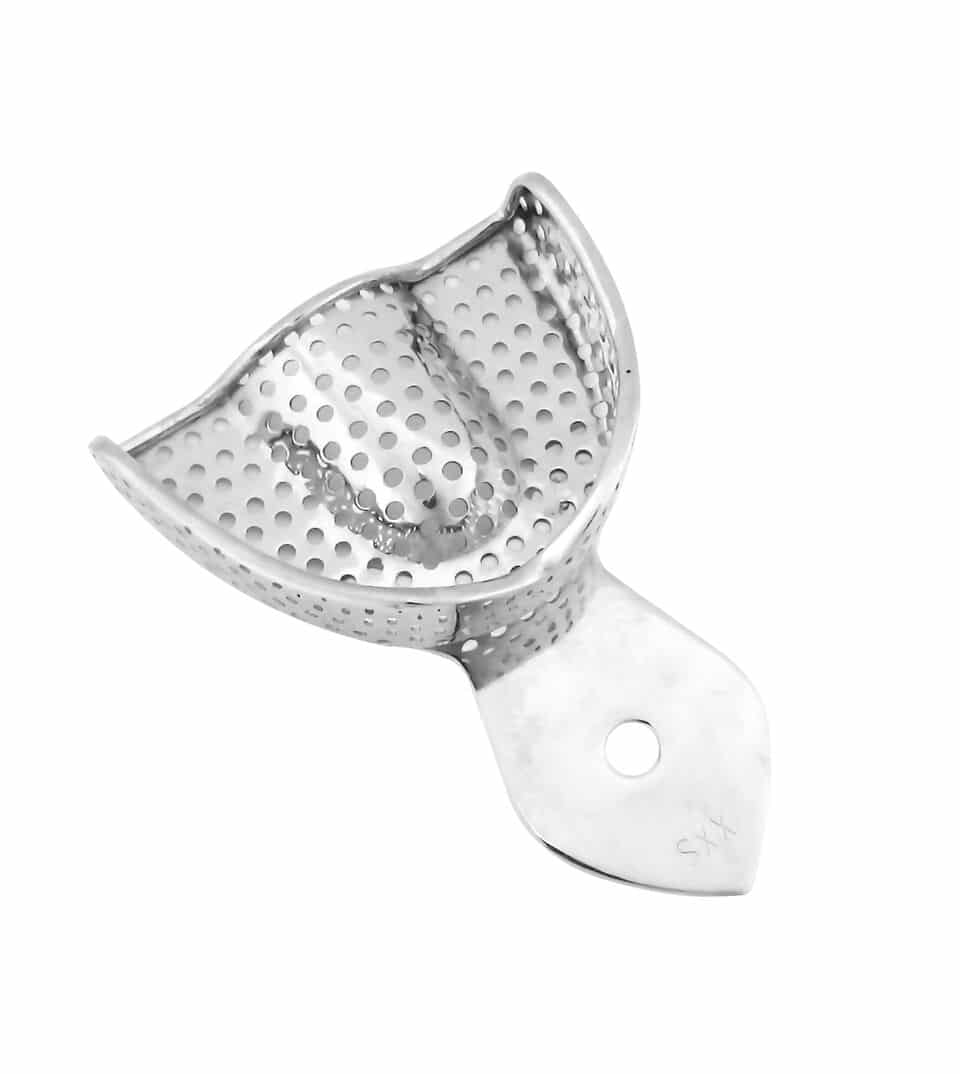 Impression Tray Sets
Impression Tray Sets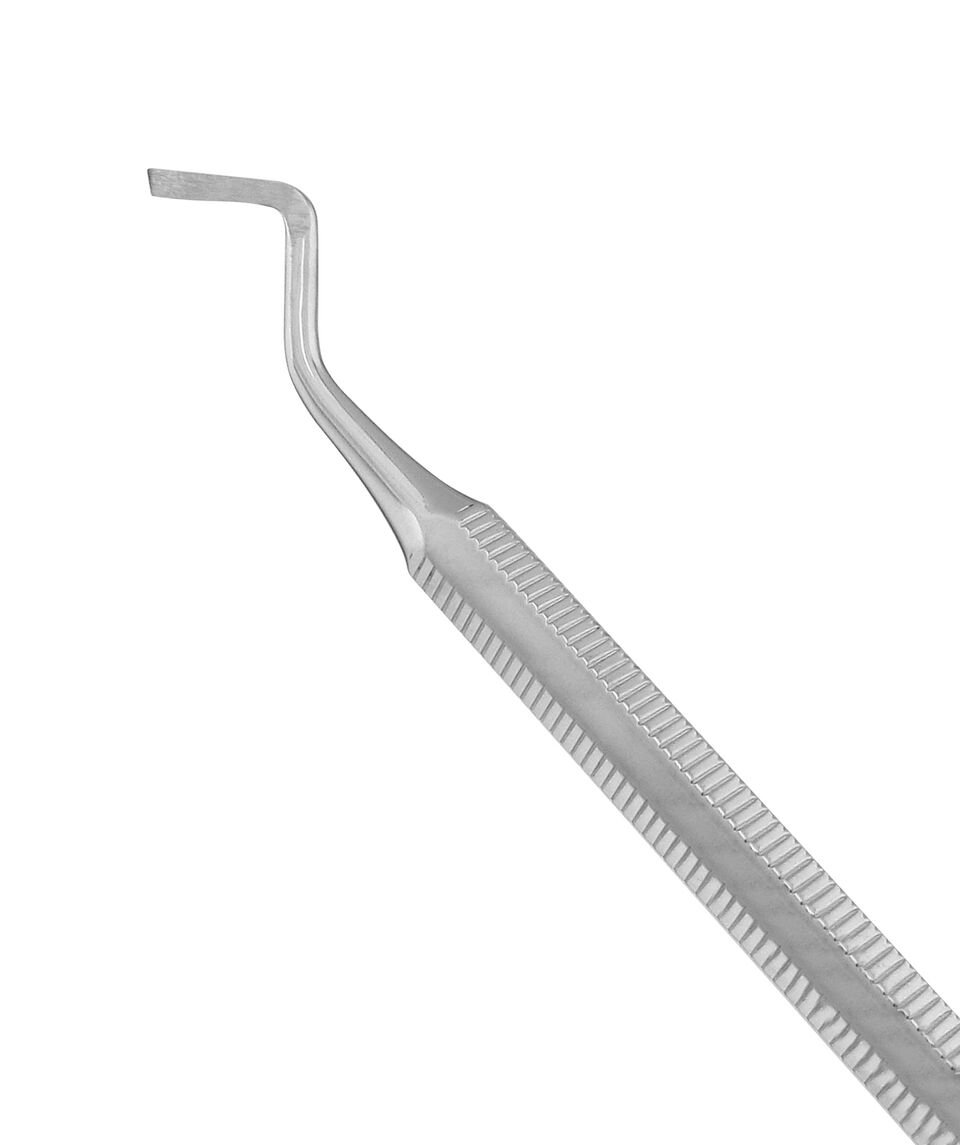 Margin Trimmers
Margin Trimmers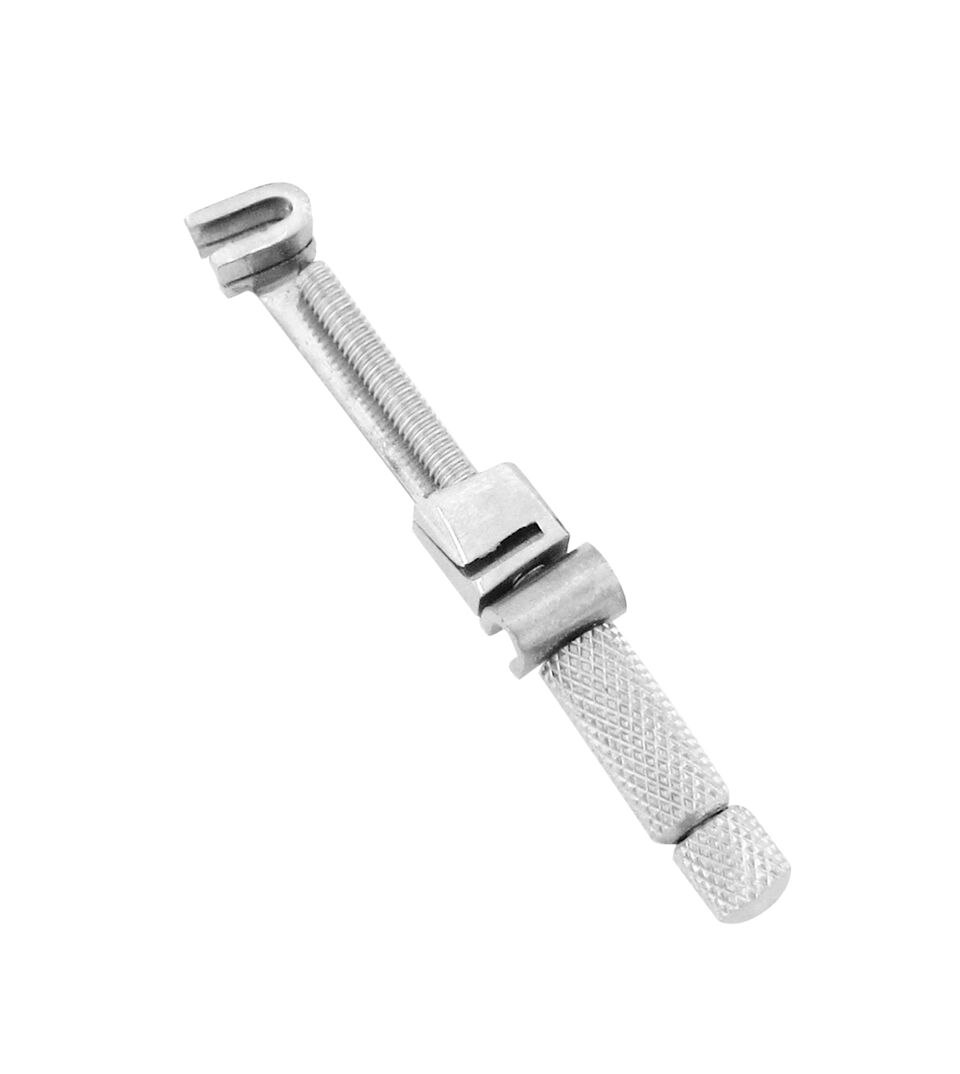 Matrix Retainers
Matrix Retainers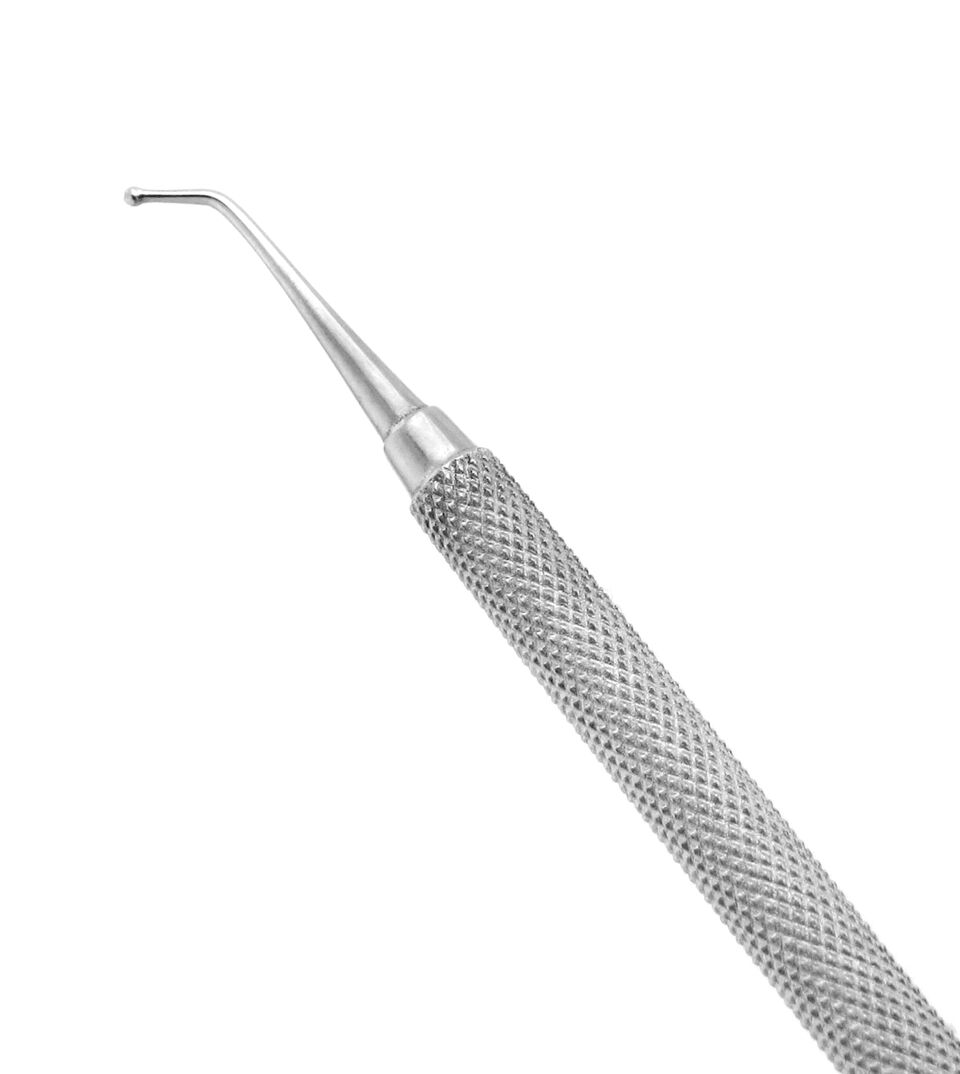 Placement Instruments
Placement Instruments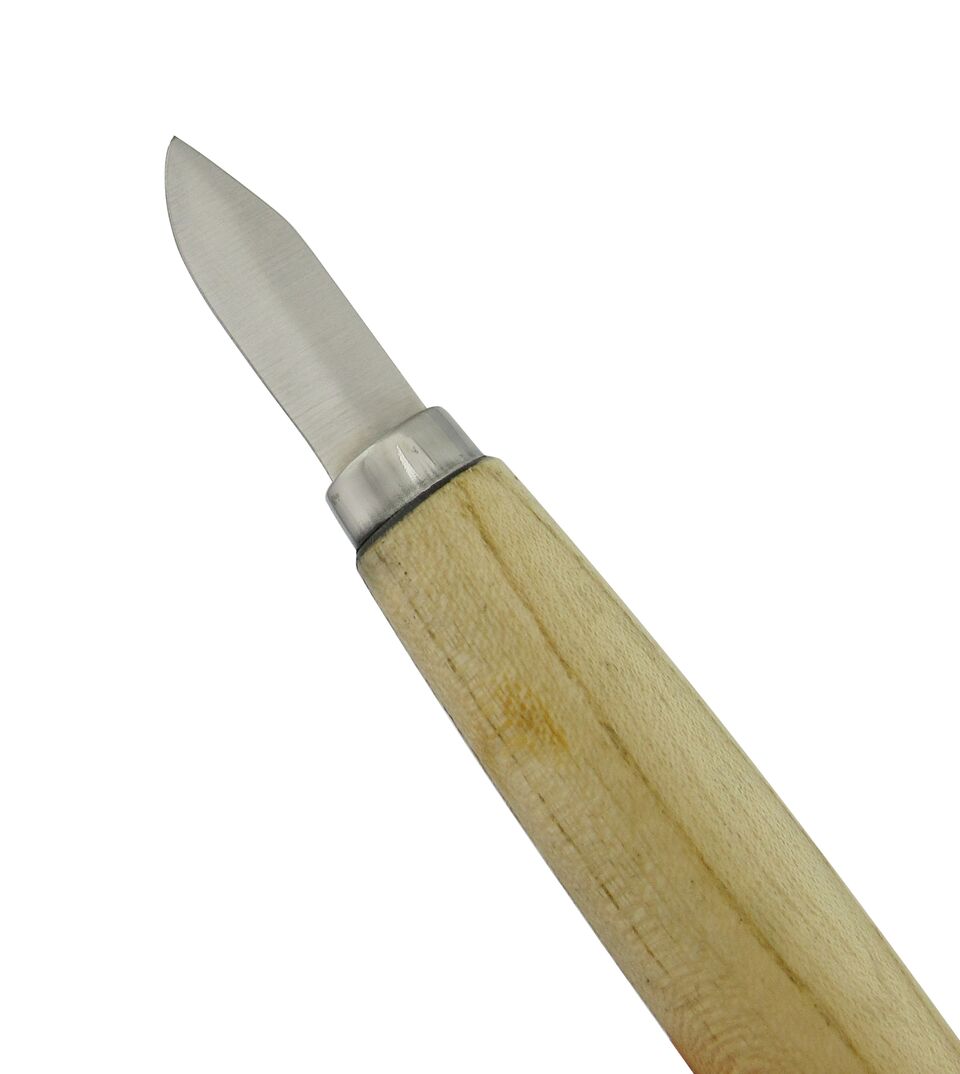 Plaster Knives & Nippers
Plaster Knives & Nippers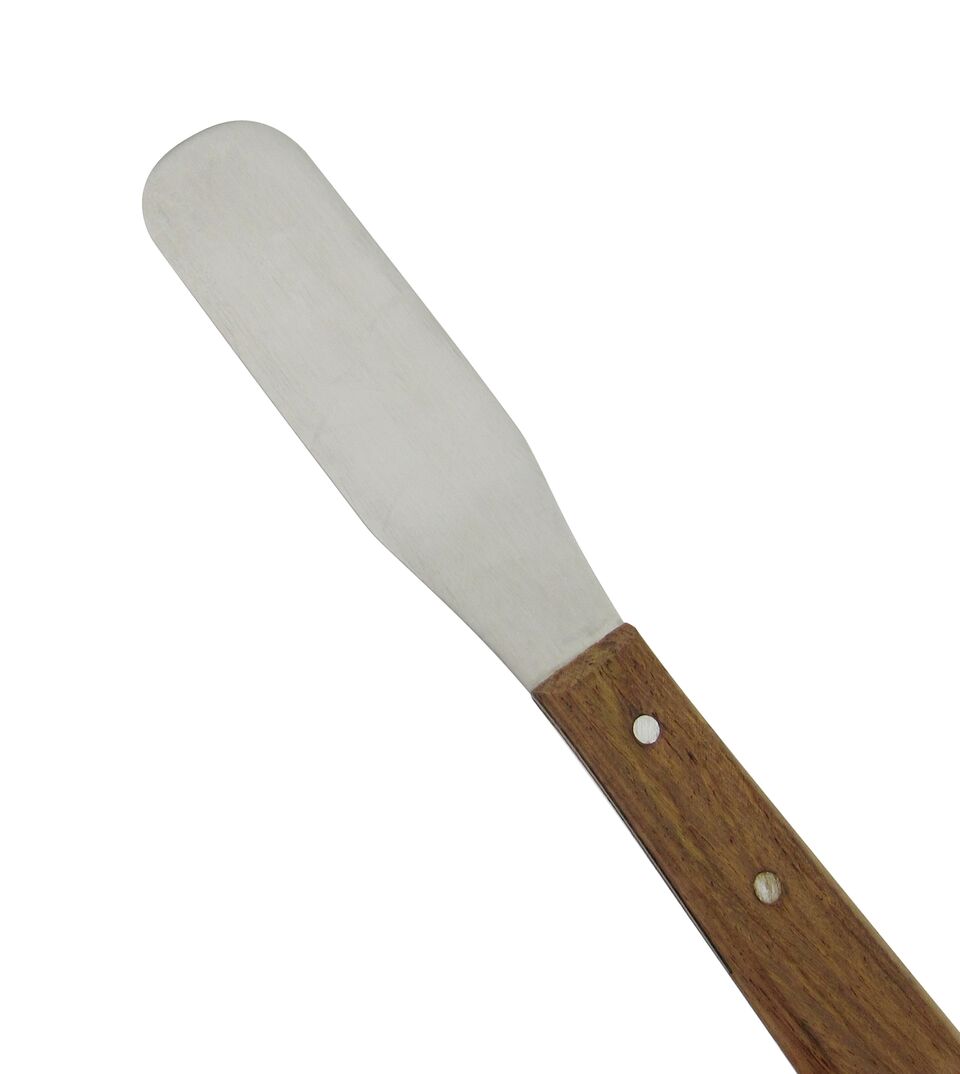 Plaster Spatulas
Plaster Spatulas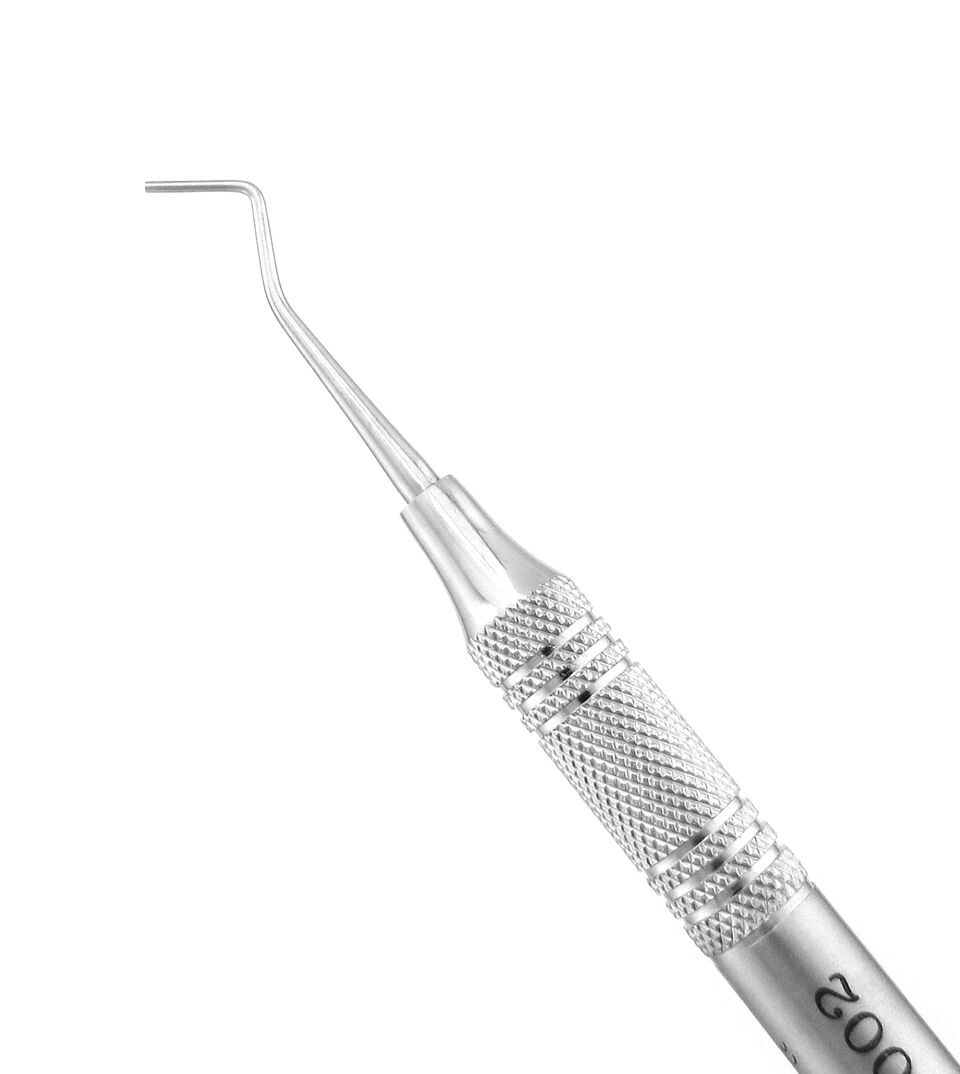 Pluggers/Condensers
Pluggers/Condensers Restorative Sets
Restorative Sets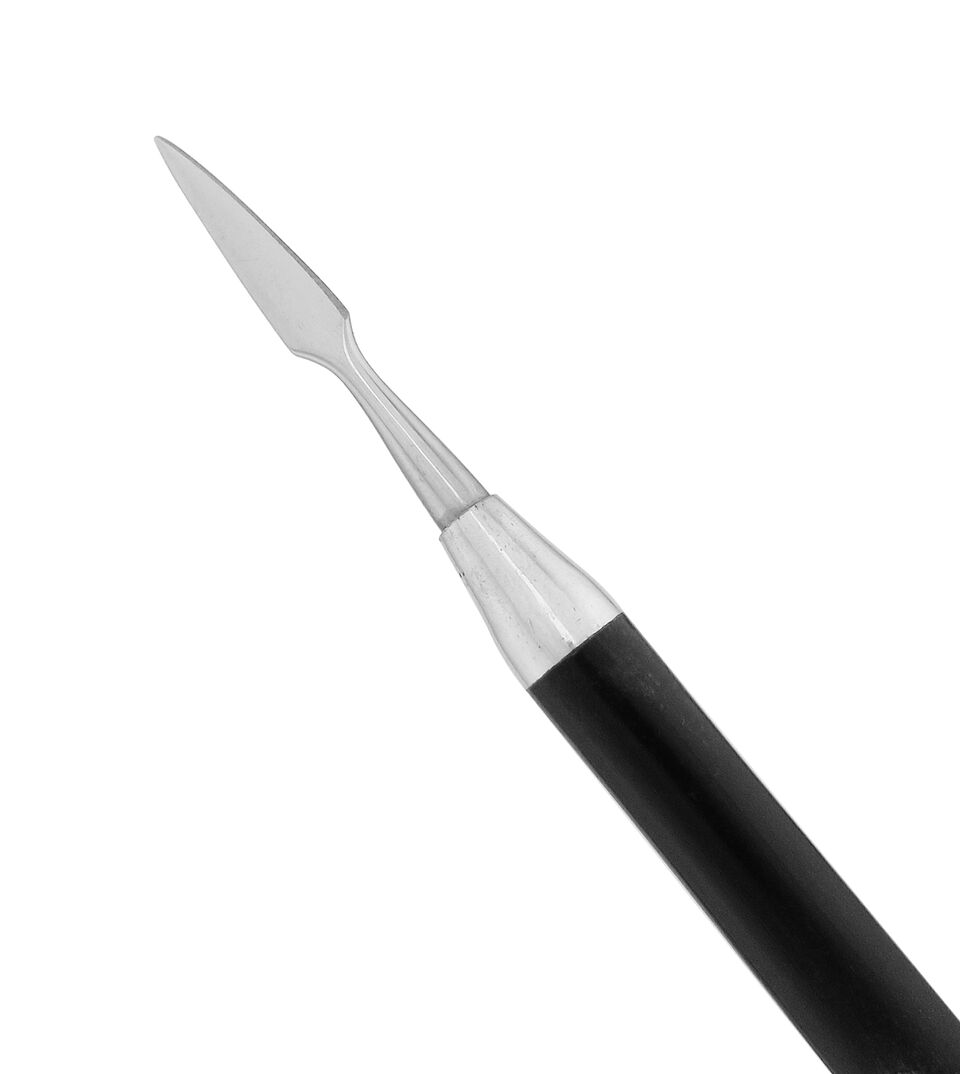 Wax & Porcelain Carvers
Wax & Porcelain Carvers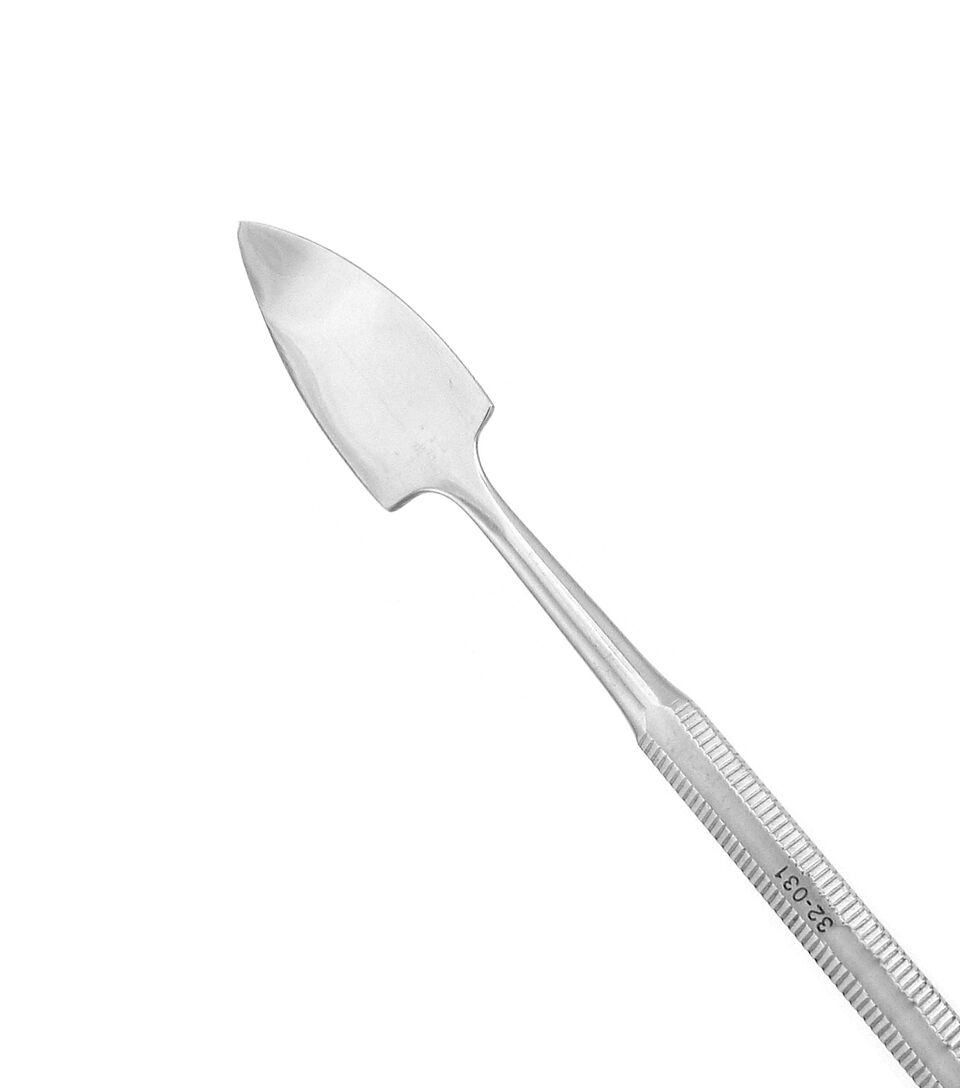 Wax Spatulas
Wax Spatulas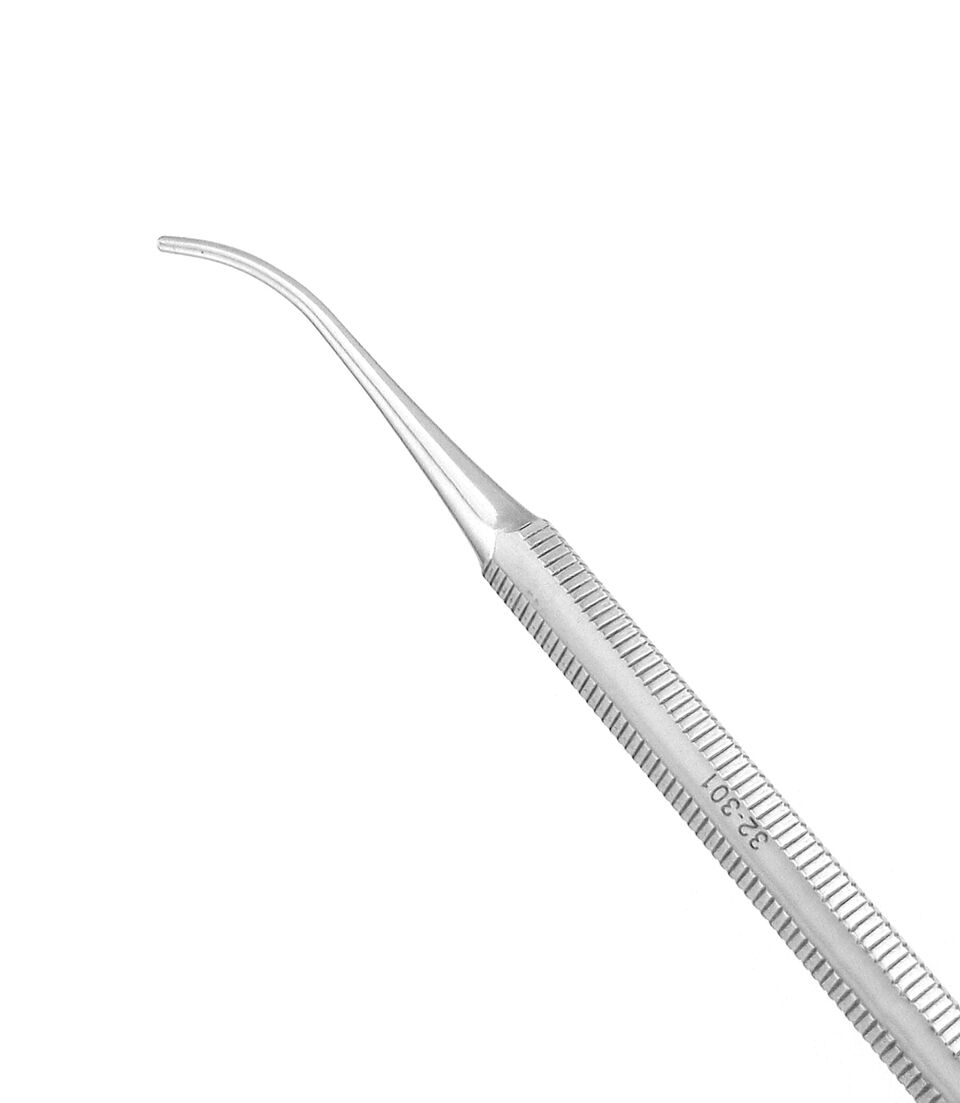 Waxing Instruments
Waxing Instruments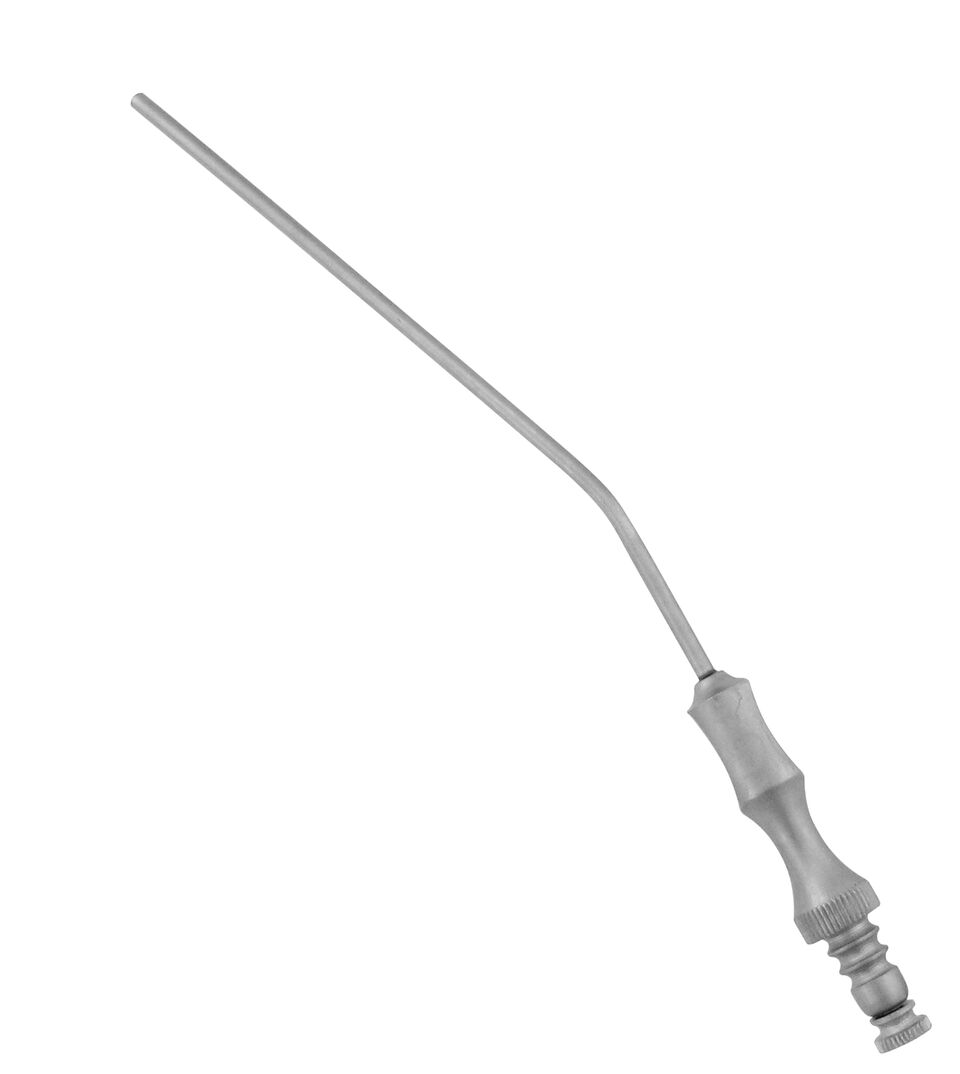 Aspirators
Aspirators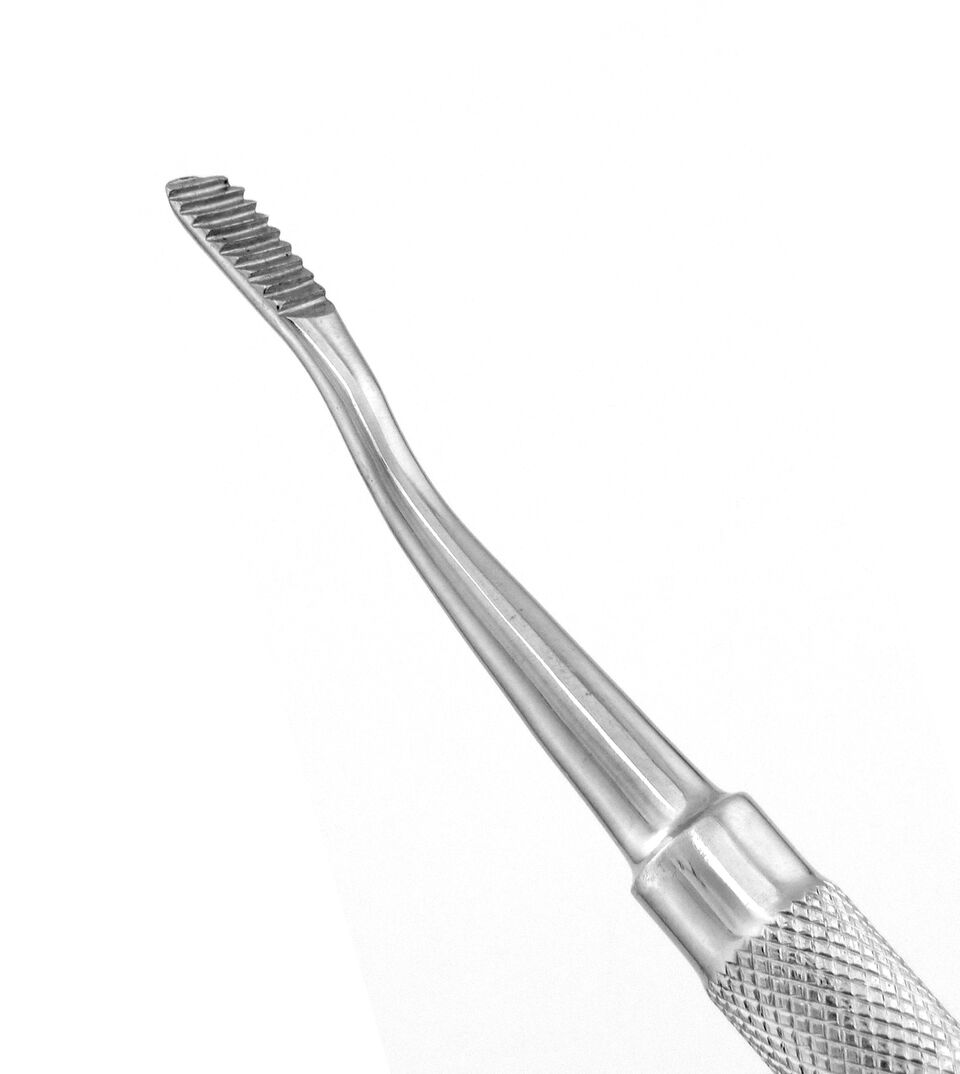 Bone Chisels
Bone Chisels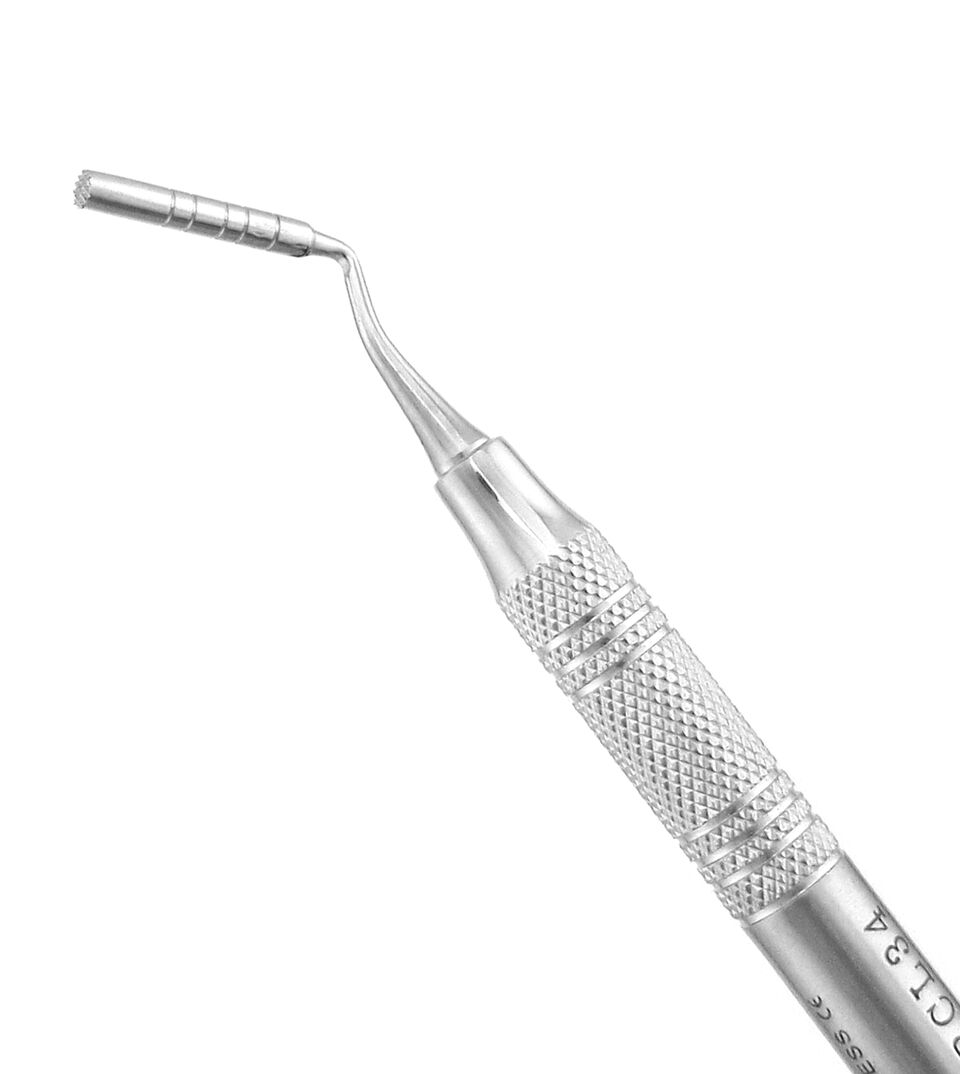 Bone Grafting Instruments
Bone Grafting Instruments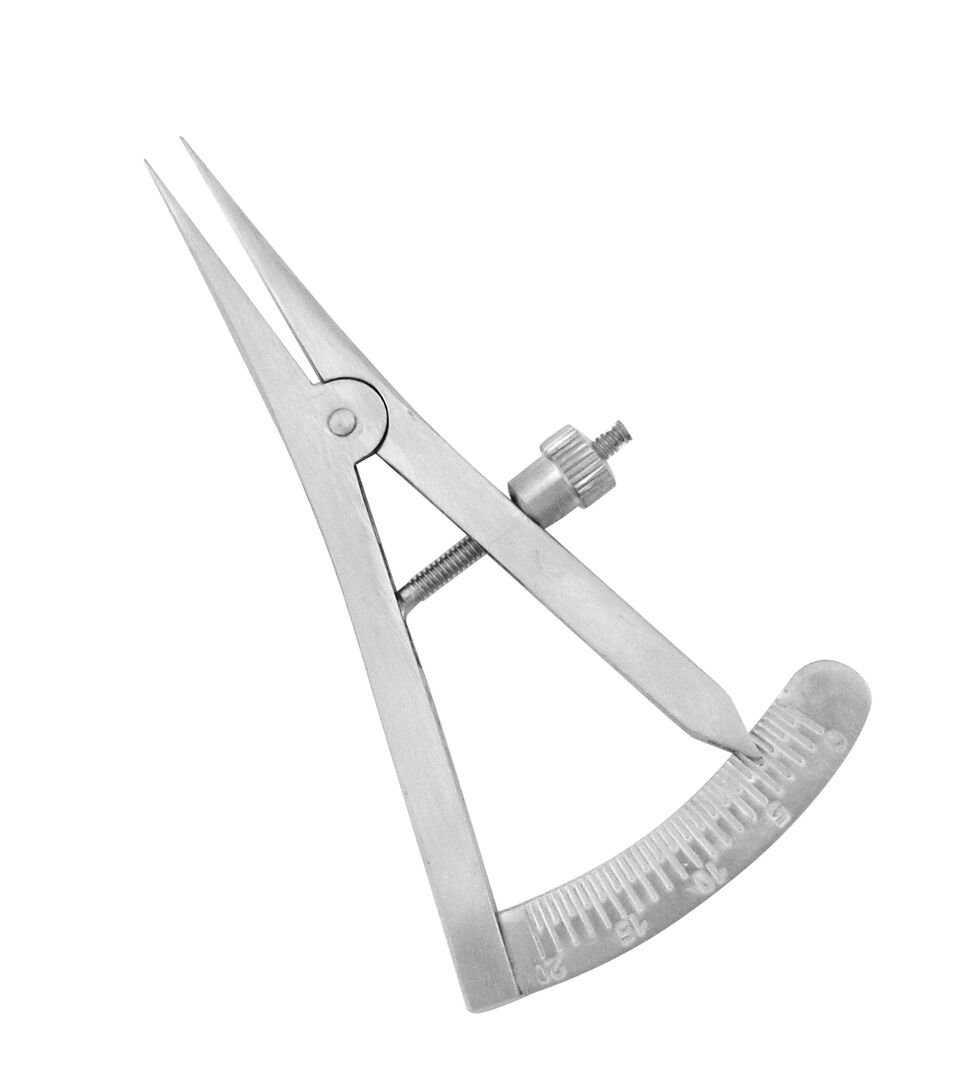 Calipers
Calipers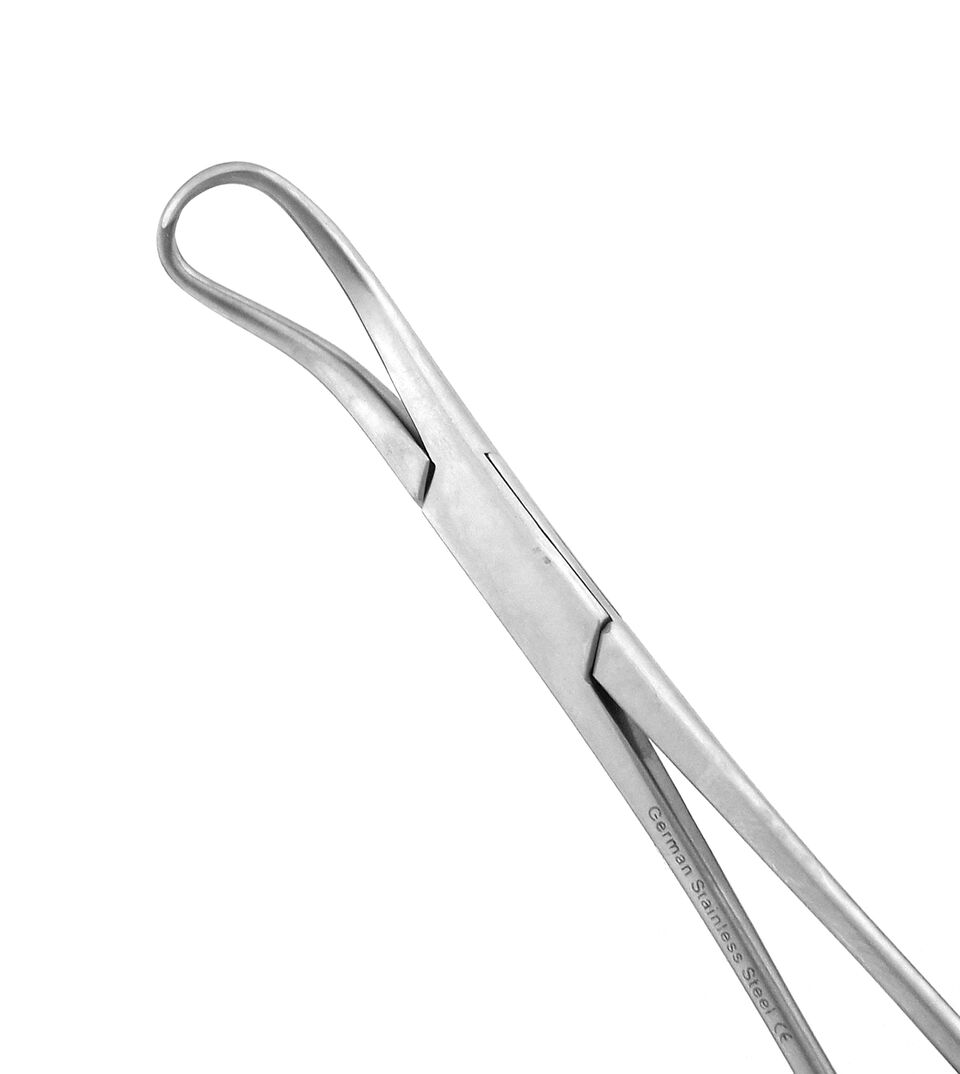 Clamps
Clamps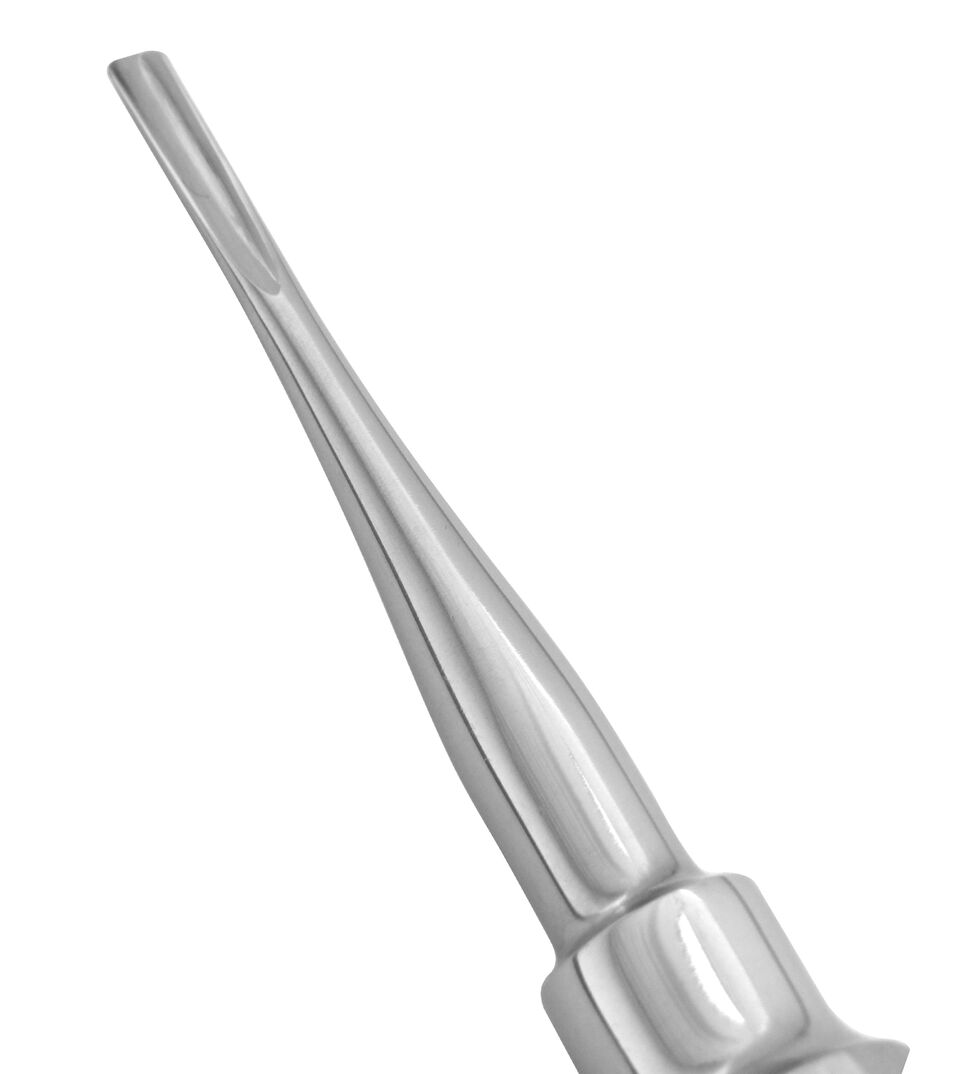 Dental Elevators
Dental Elevators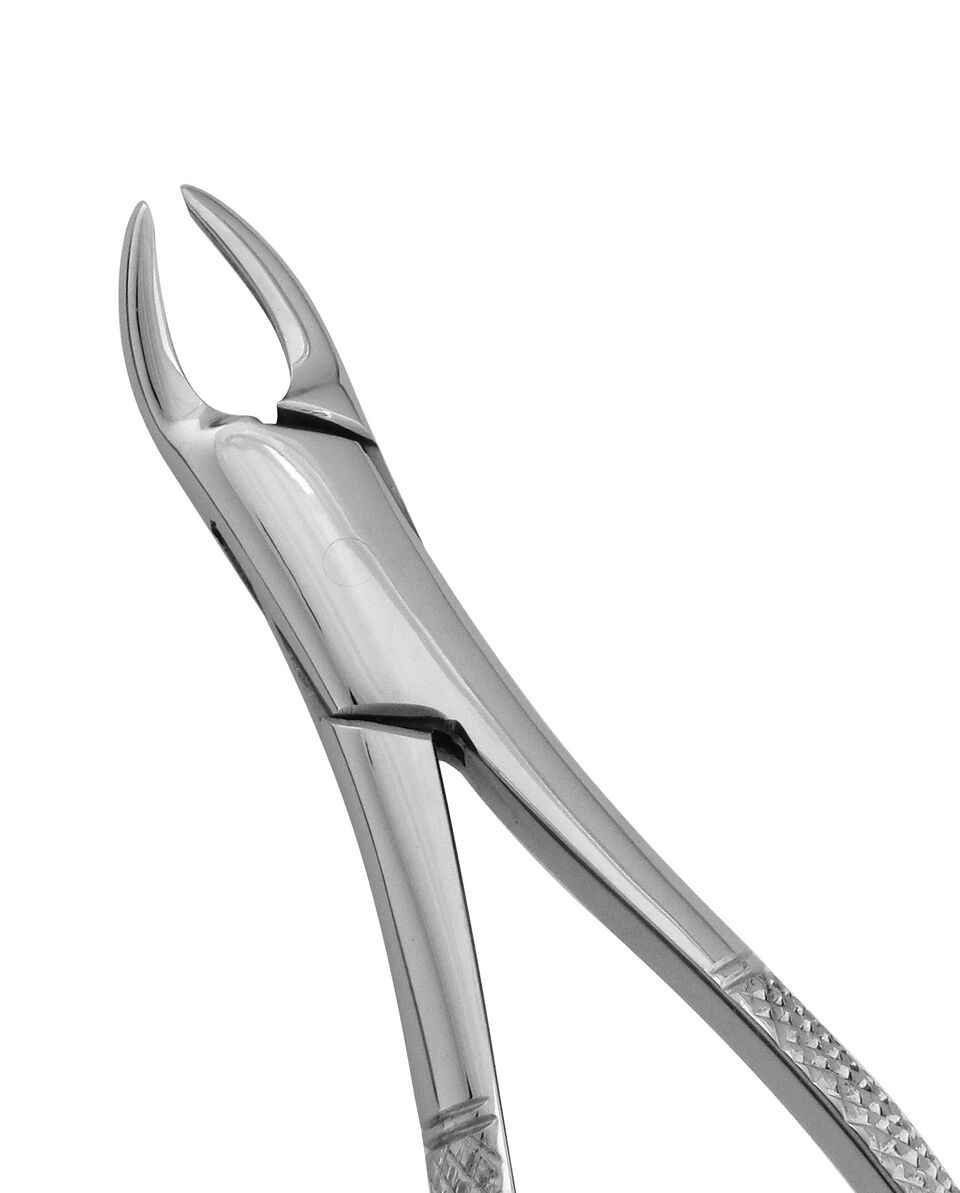 Extraction Forceps
Extraction Forceps Hemostats & Forceps
Hemostats & Forceps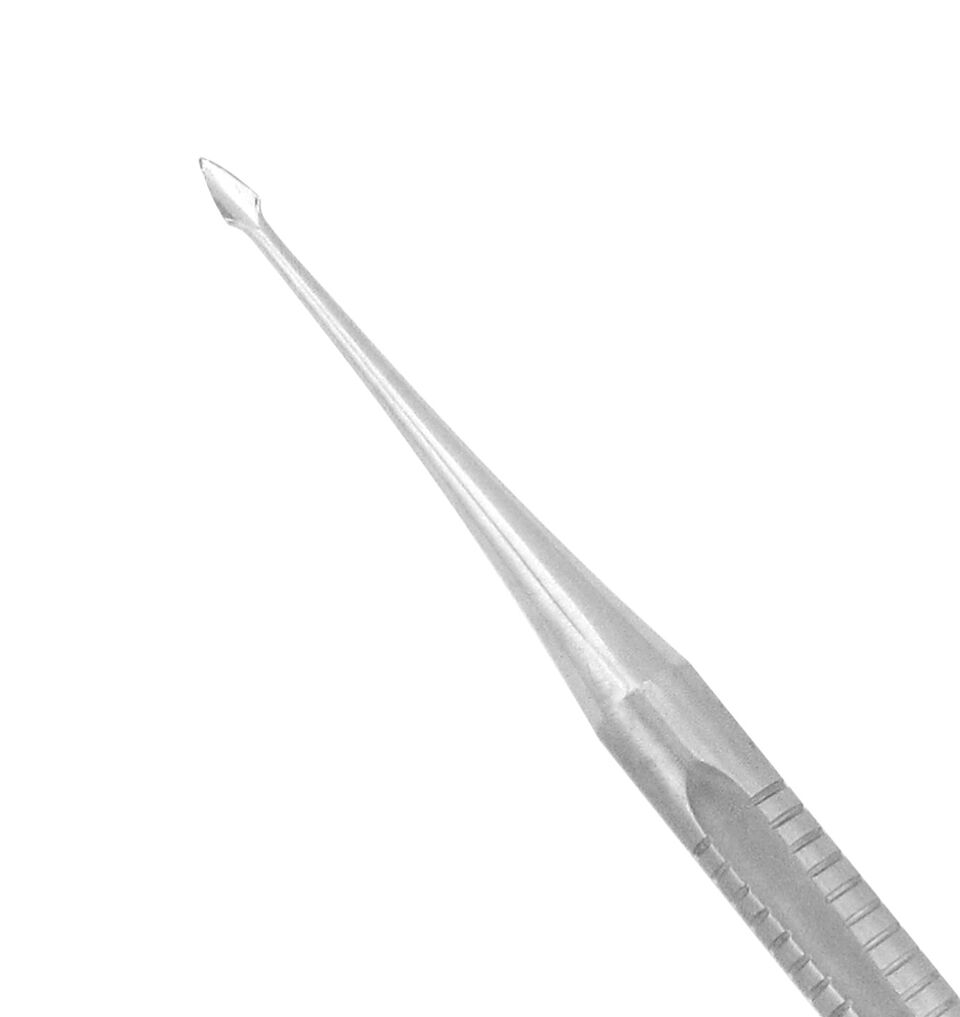 Hybrid Instruments
Hybrid Instruments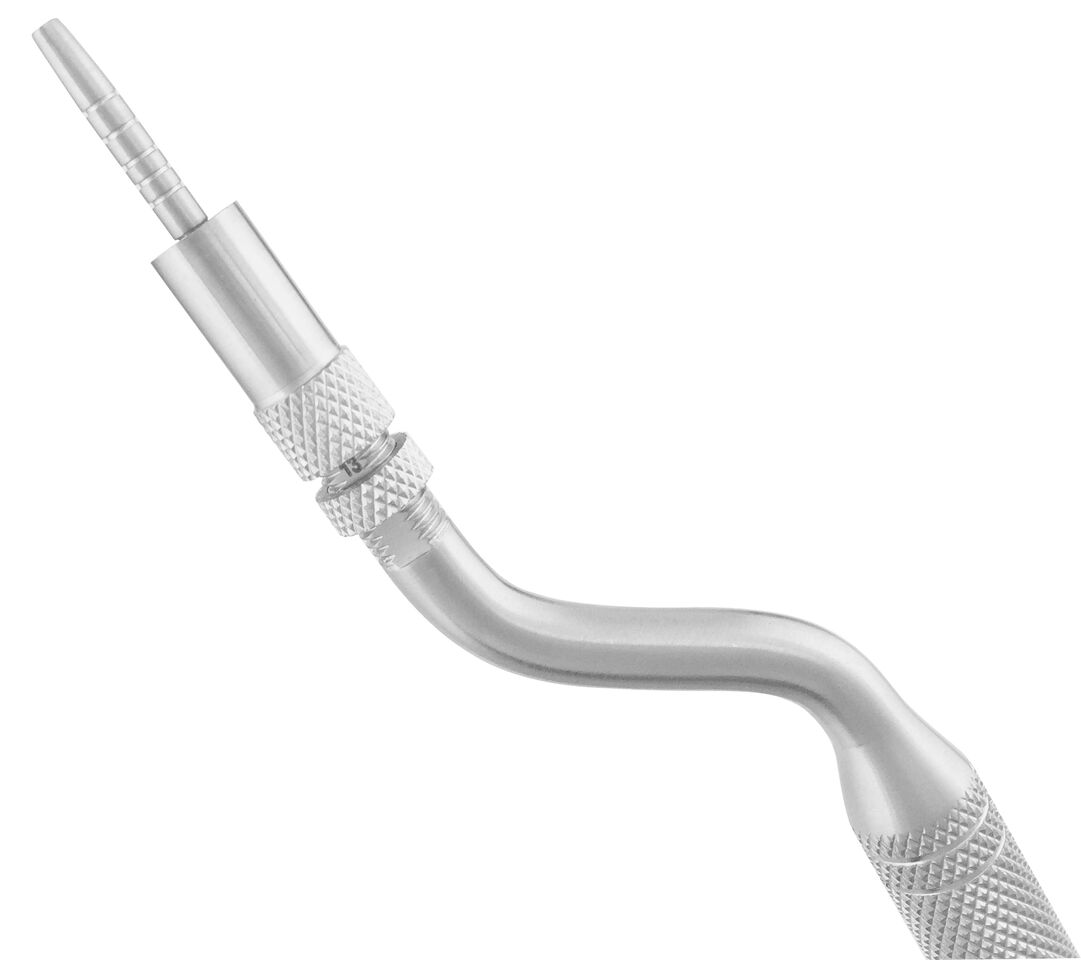 Implant Instruments
Implant Instruments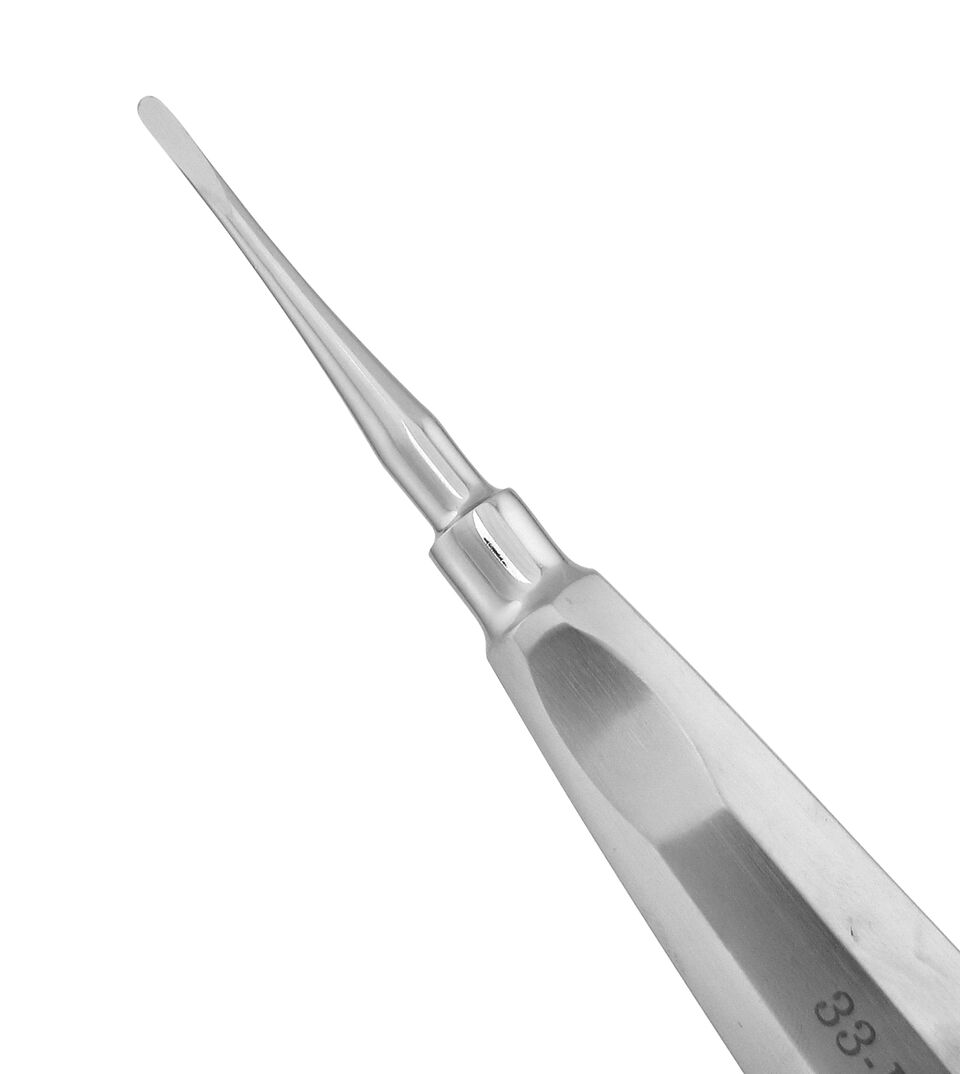 Luxating Elevators
Luxating Elevators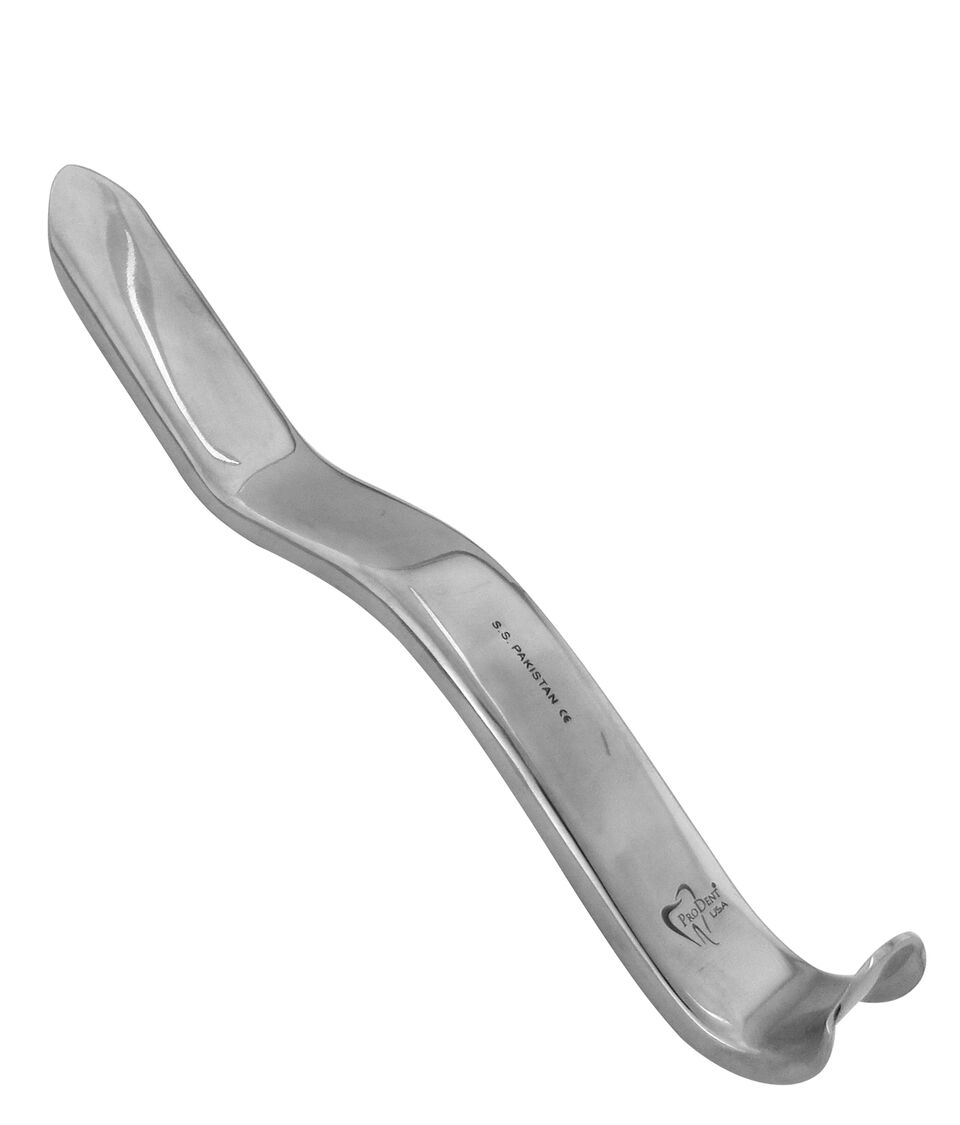 Mouth Gags & Retractors
Mouth Gags & Retractors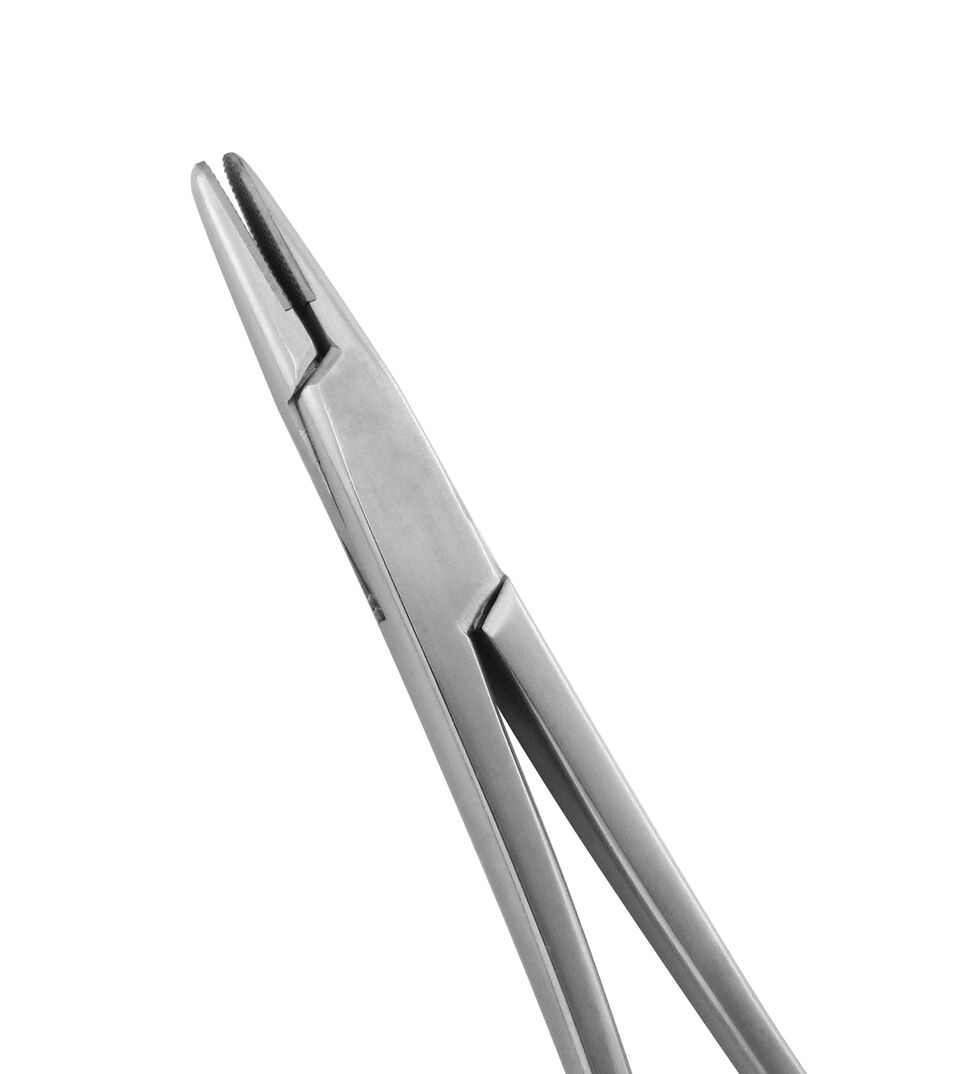 Needle Holders
Needle Holders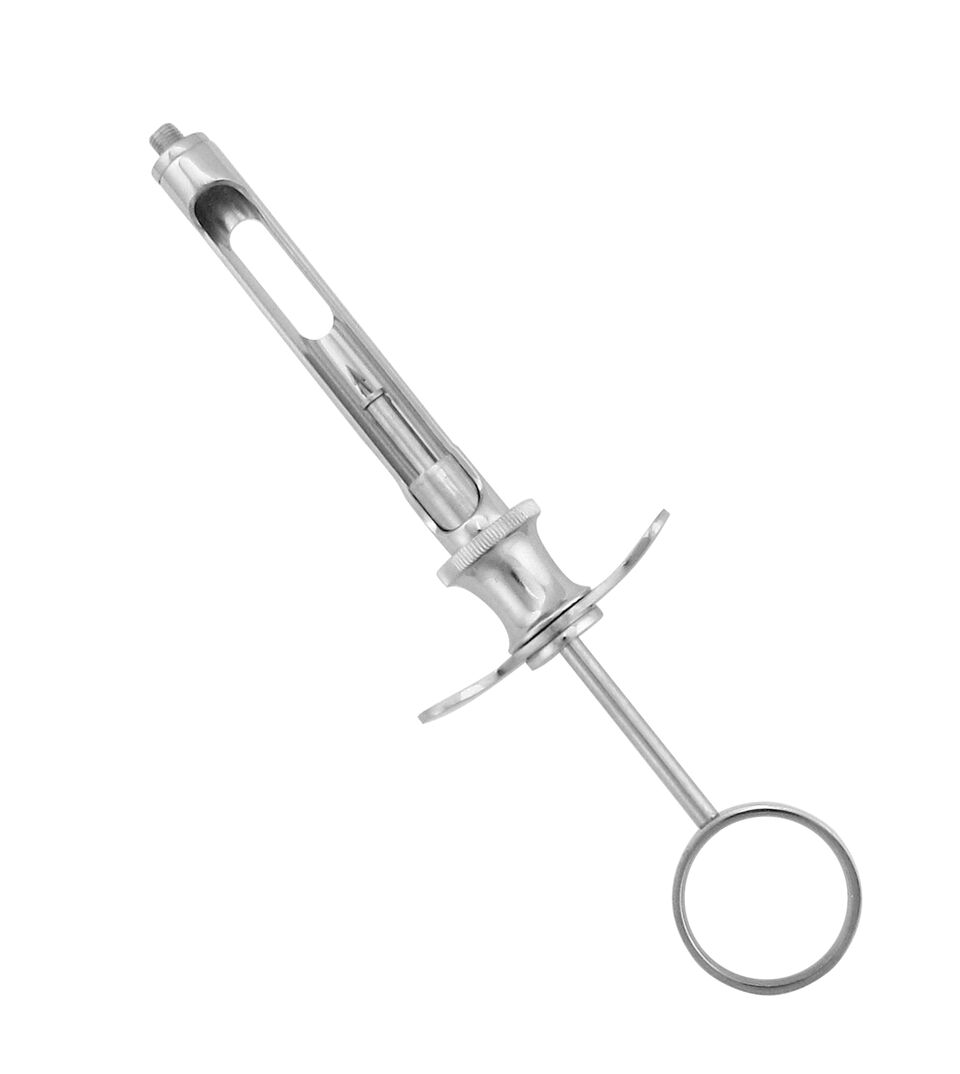 Oral Surgery Aspirating Syringes
Oral Surgery Aspirating Syringes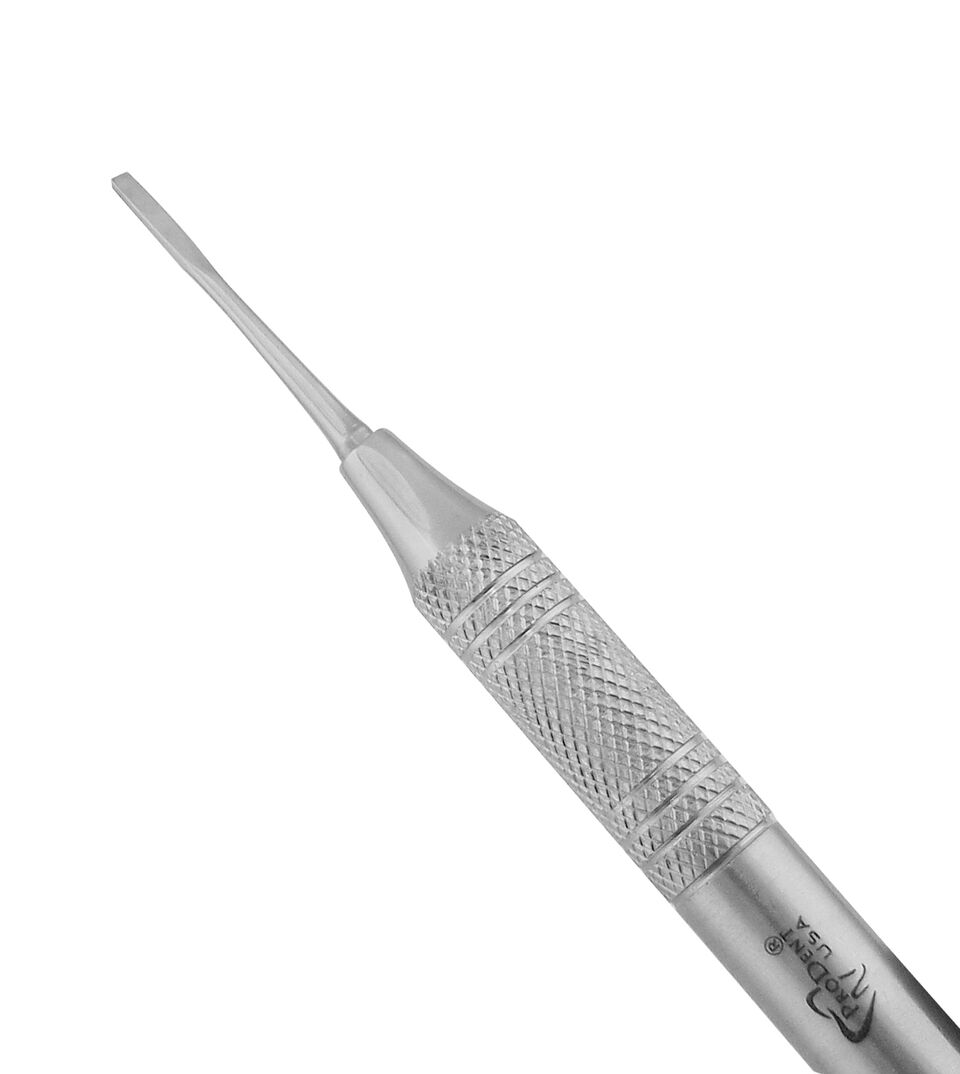 Periodontal Surgical Instruments
Periodontal Surgical Instruments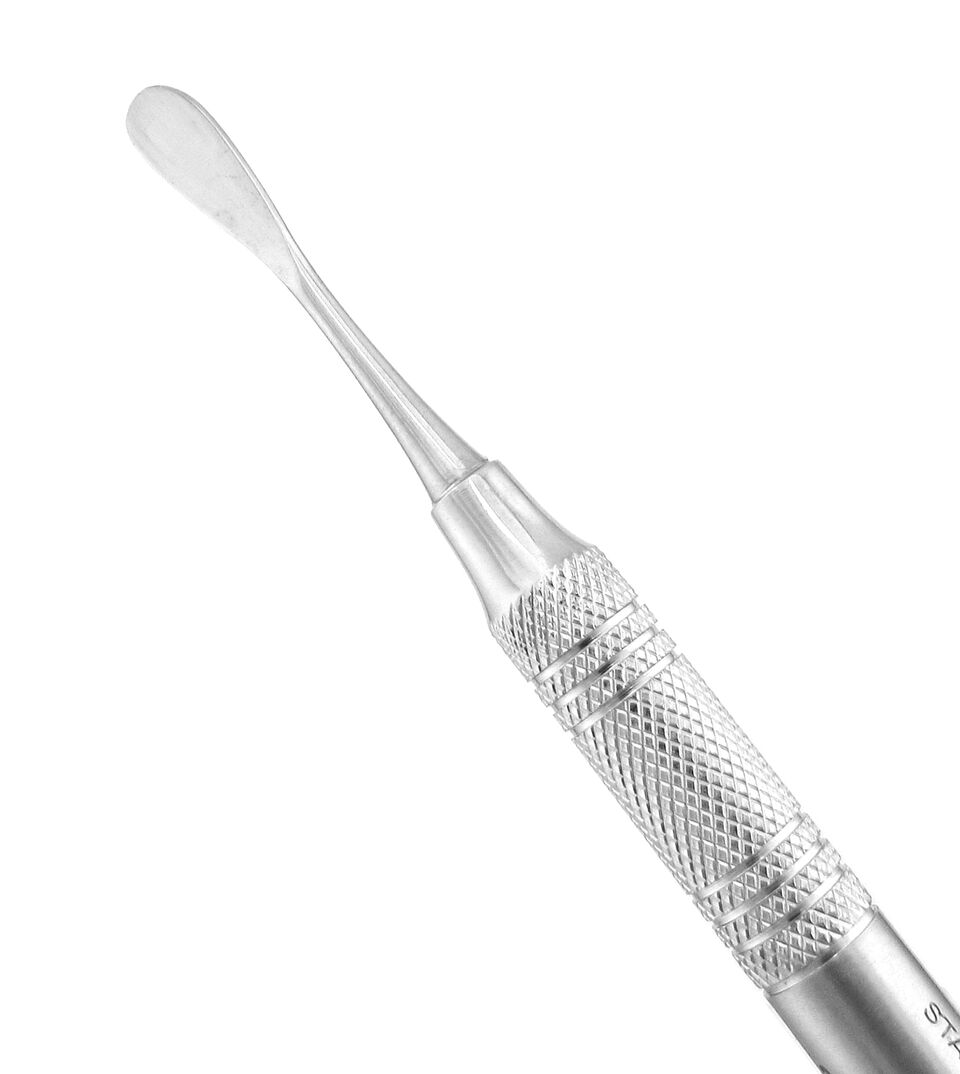 Periosteal Elevators
Periosteal Elevators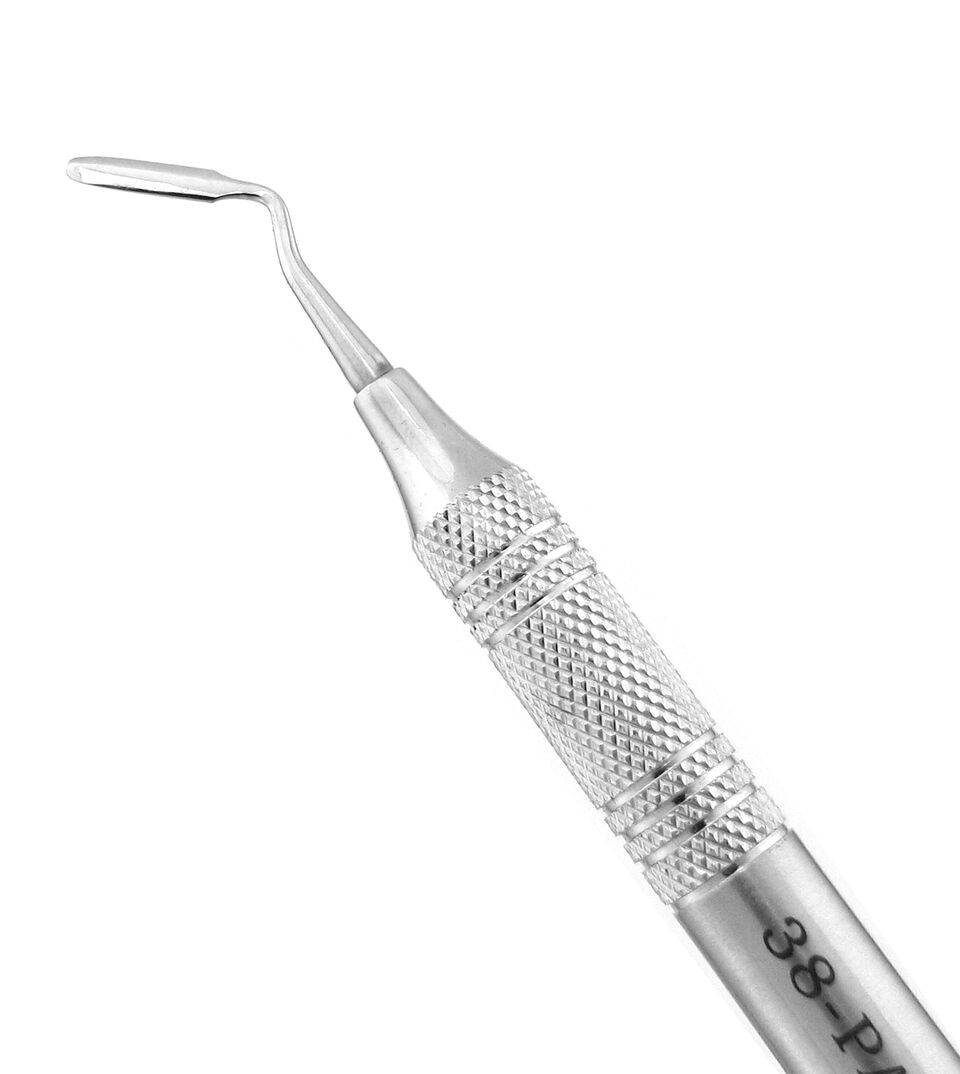 Periotomes
Periotomes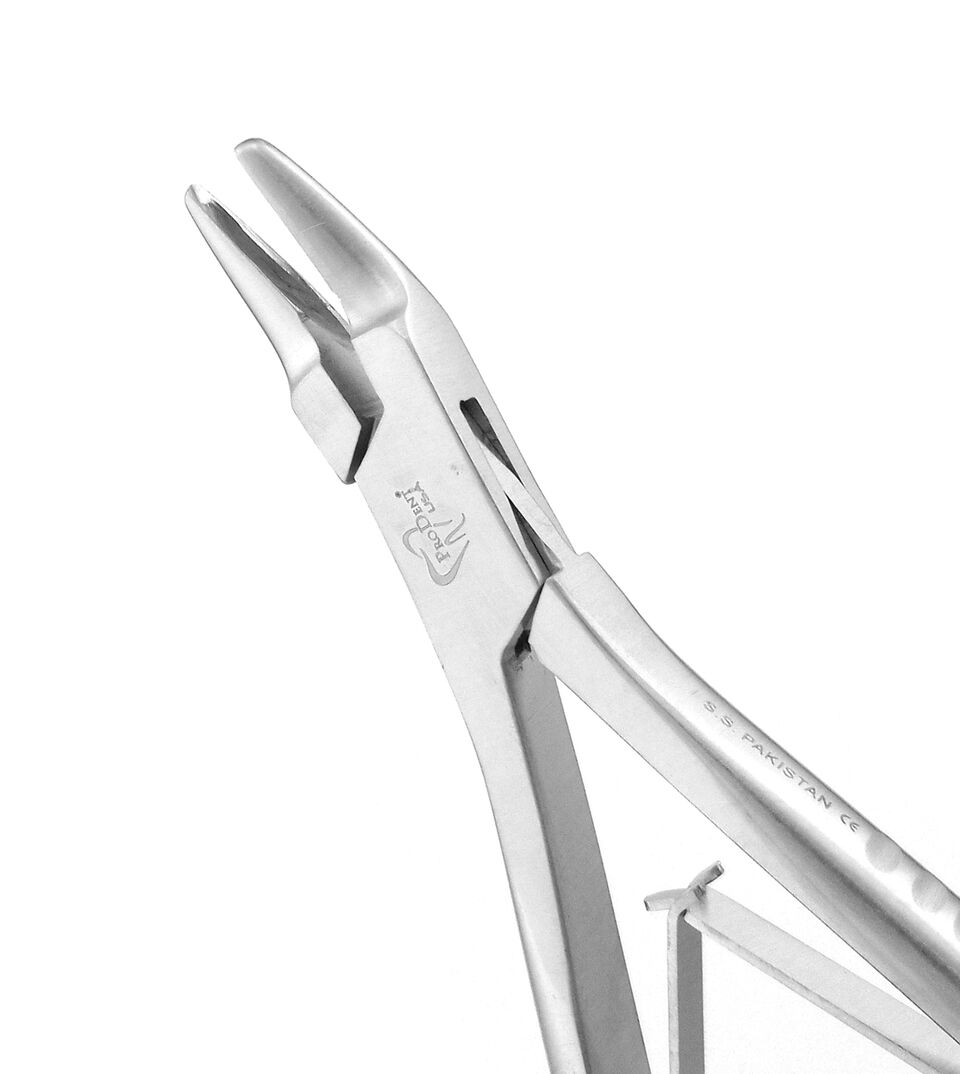 Rongeurs
Rongeurs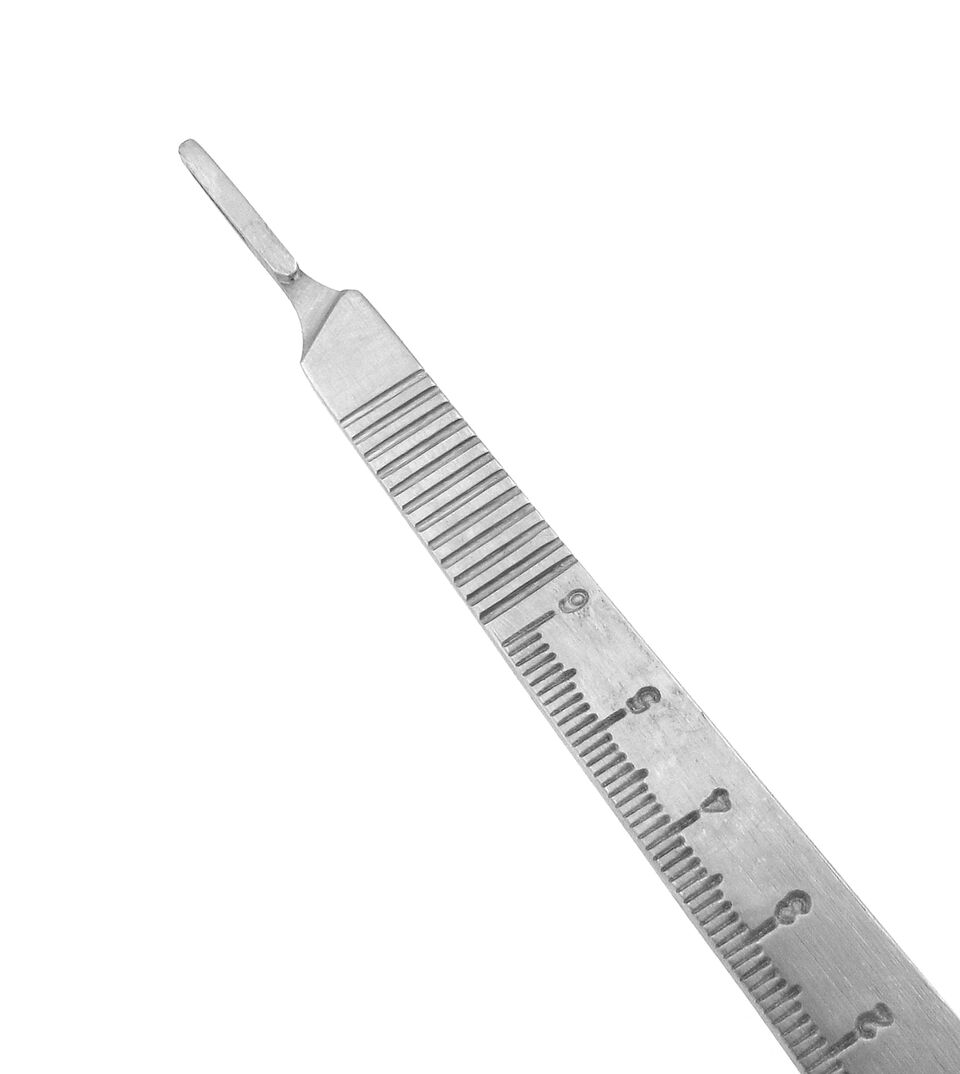 Scalpel Handles
Scalpel Handles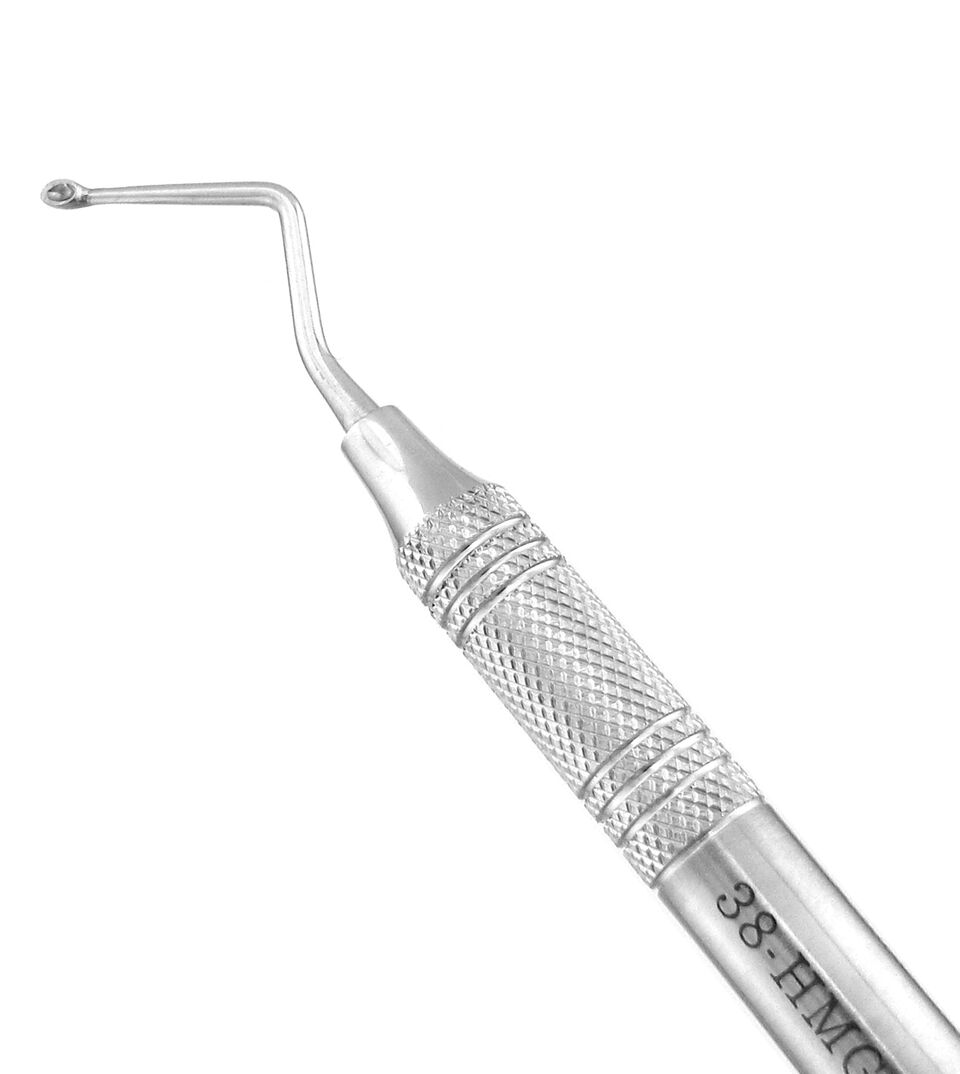 Surgical Curettes
Surgical Curettes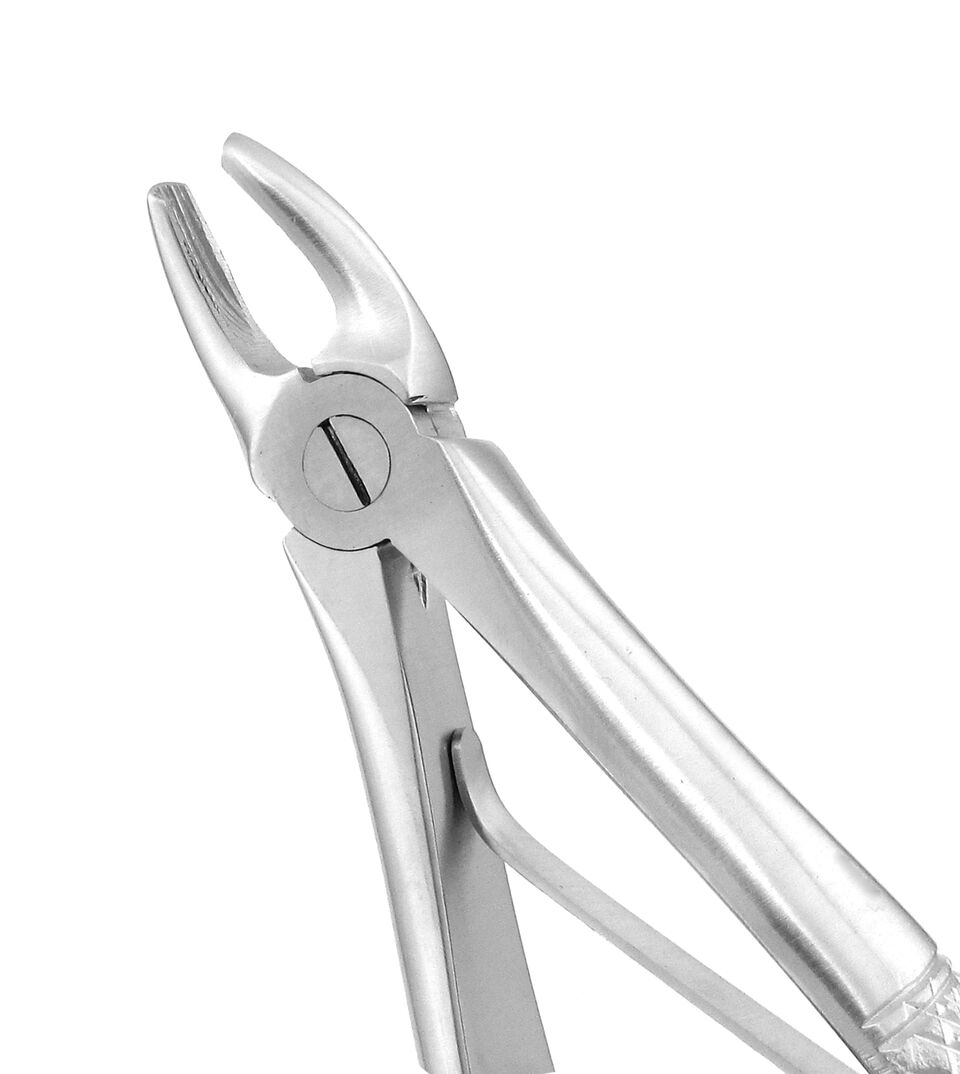 Surgical Pediatric Forceps
Surgical Pediatric Forceps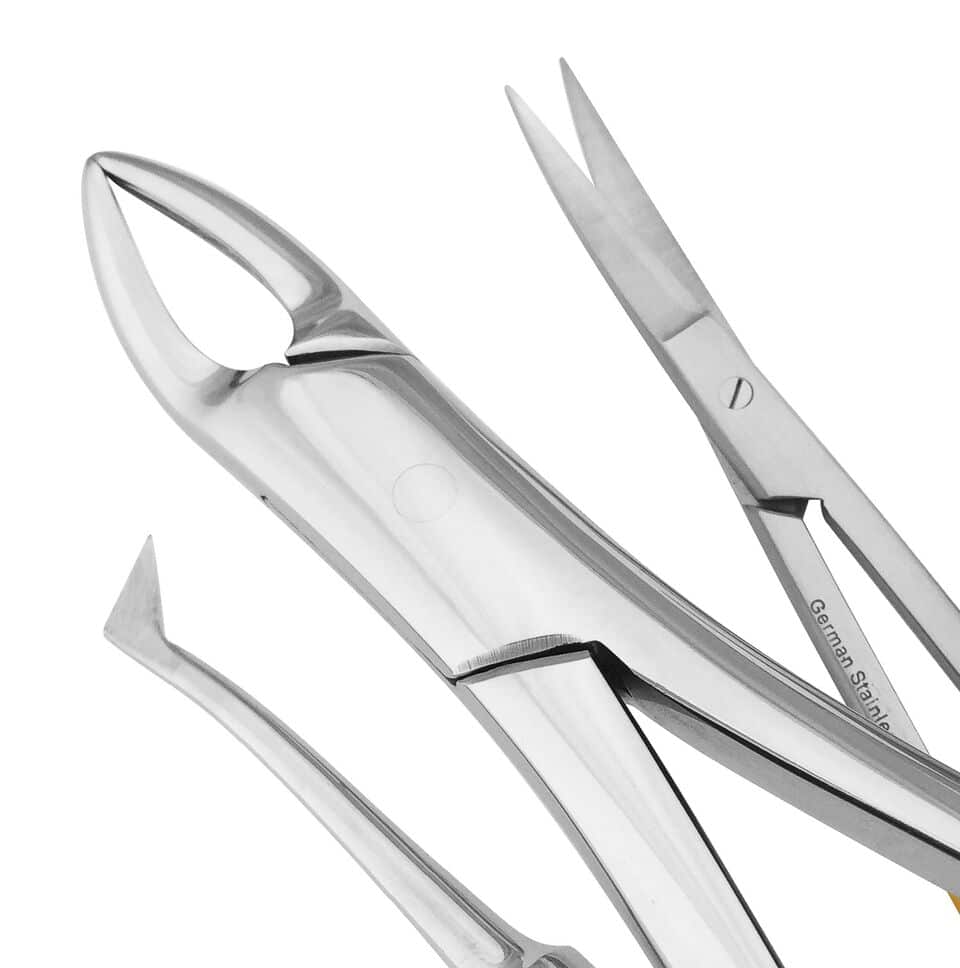 Surgical Sets
Surgical Sets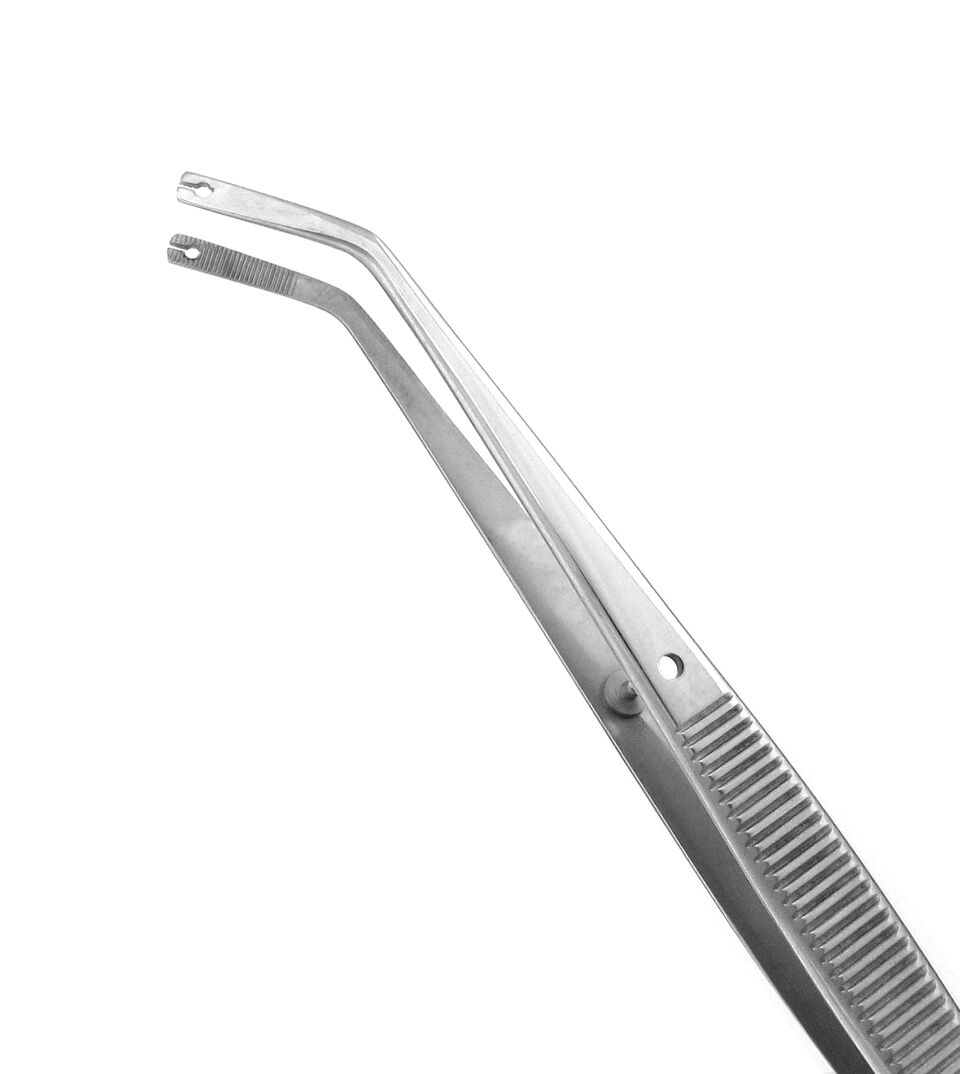 Suture Forceps
Suture Forceps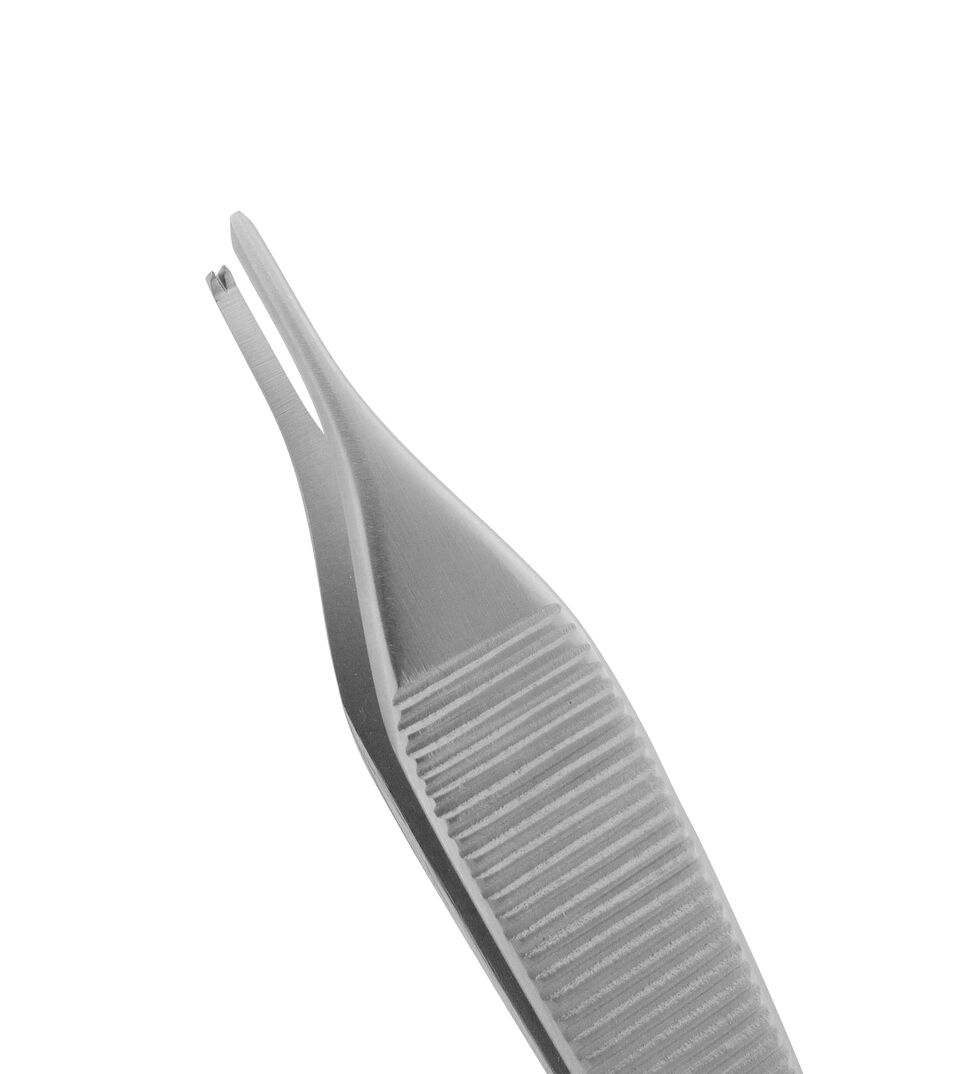 Tissue & Dressing Forceps
Tissue & Dressing Forceps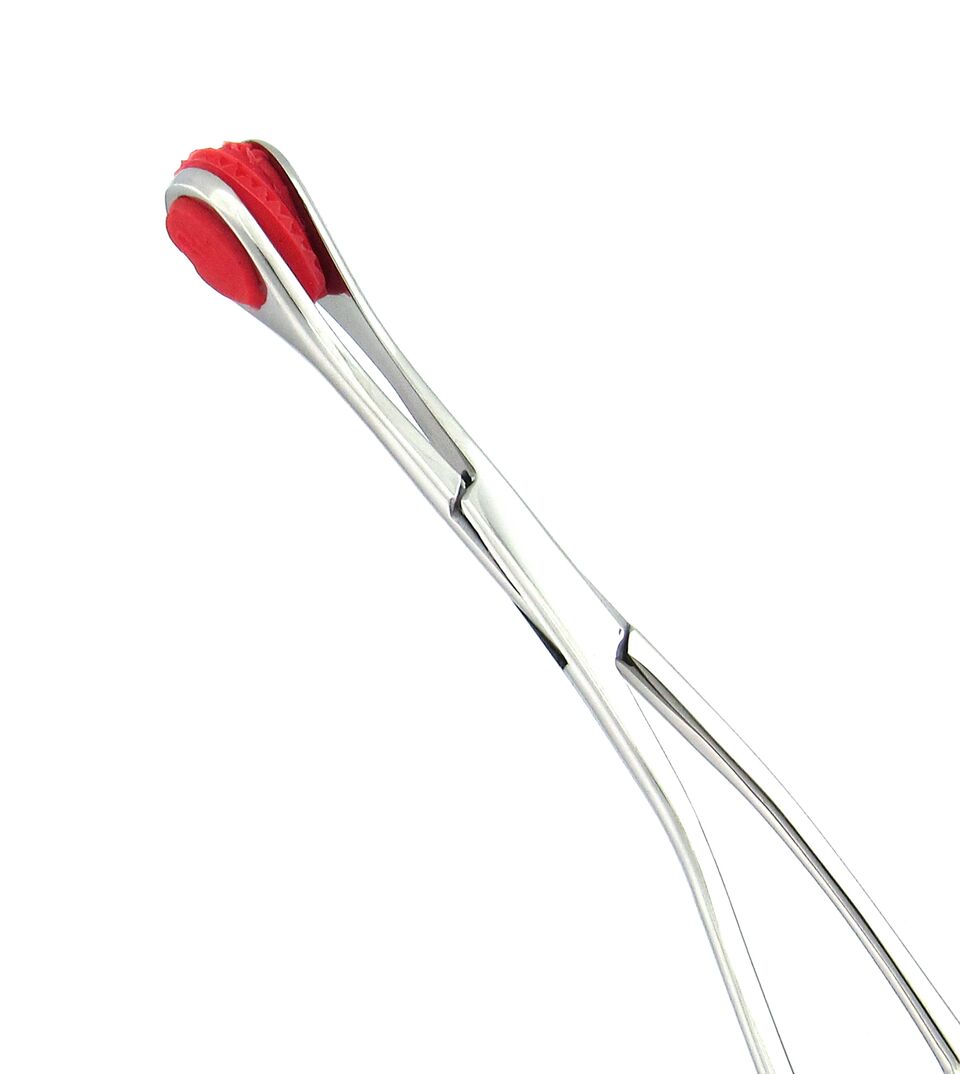 Utility Forceps
Utility Forceps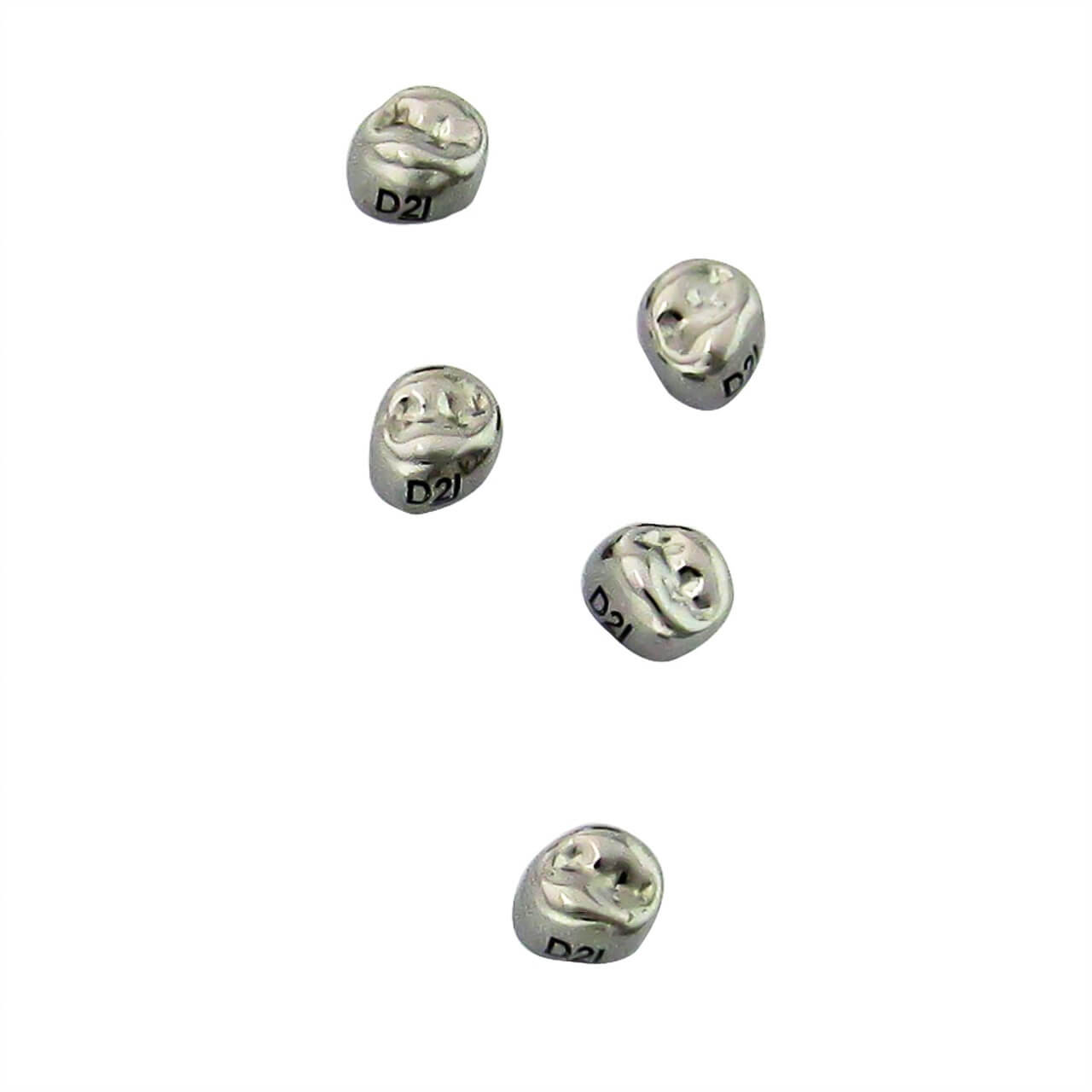 Stainless Steel Crowns
Stainless Steel Crowns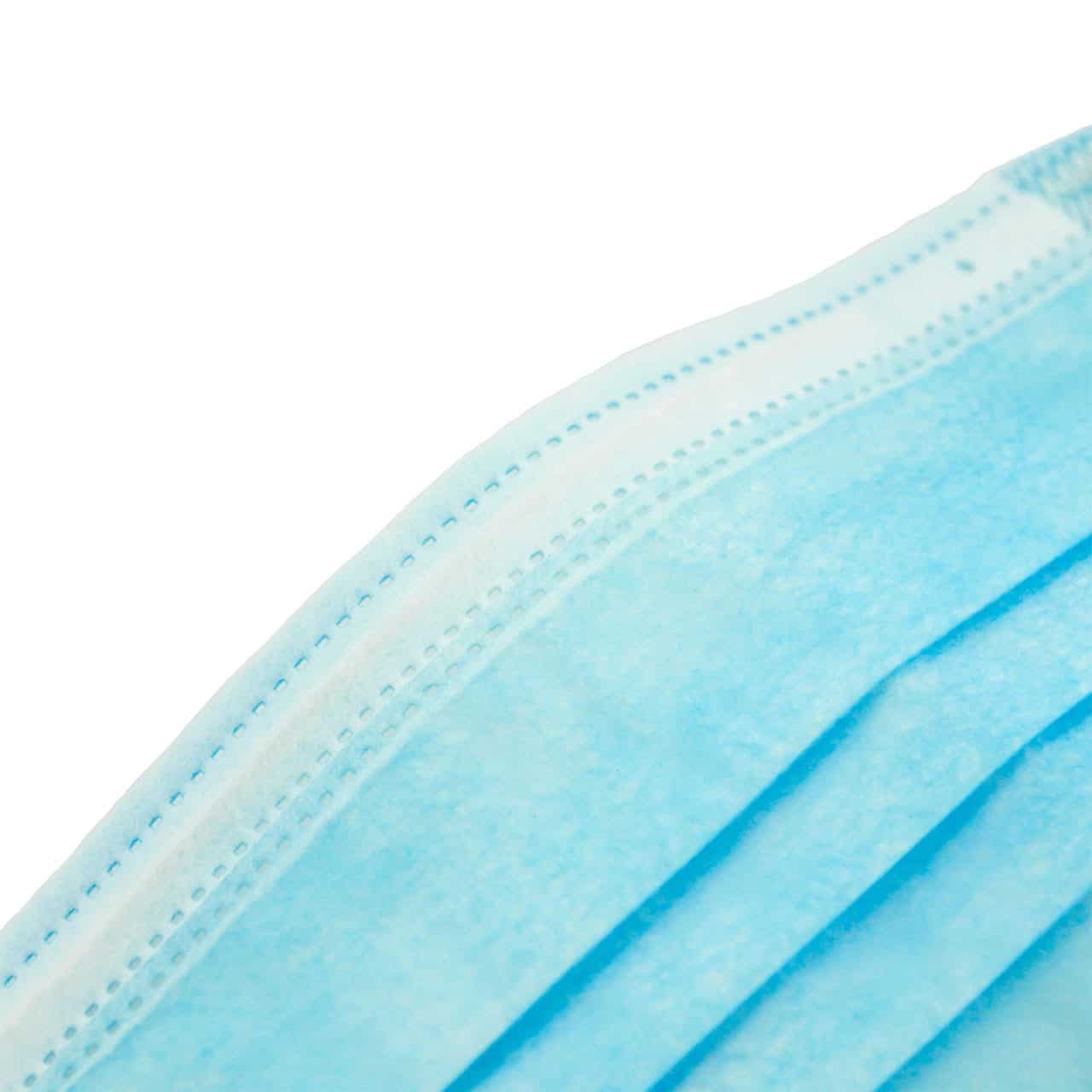 Personal Protective Equipment
Personal Protective Equipment